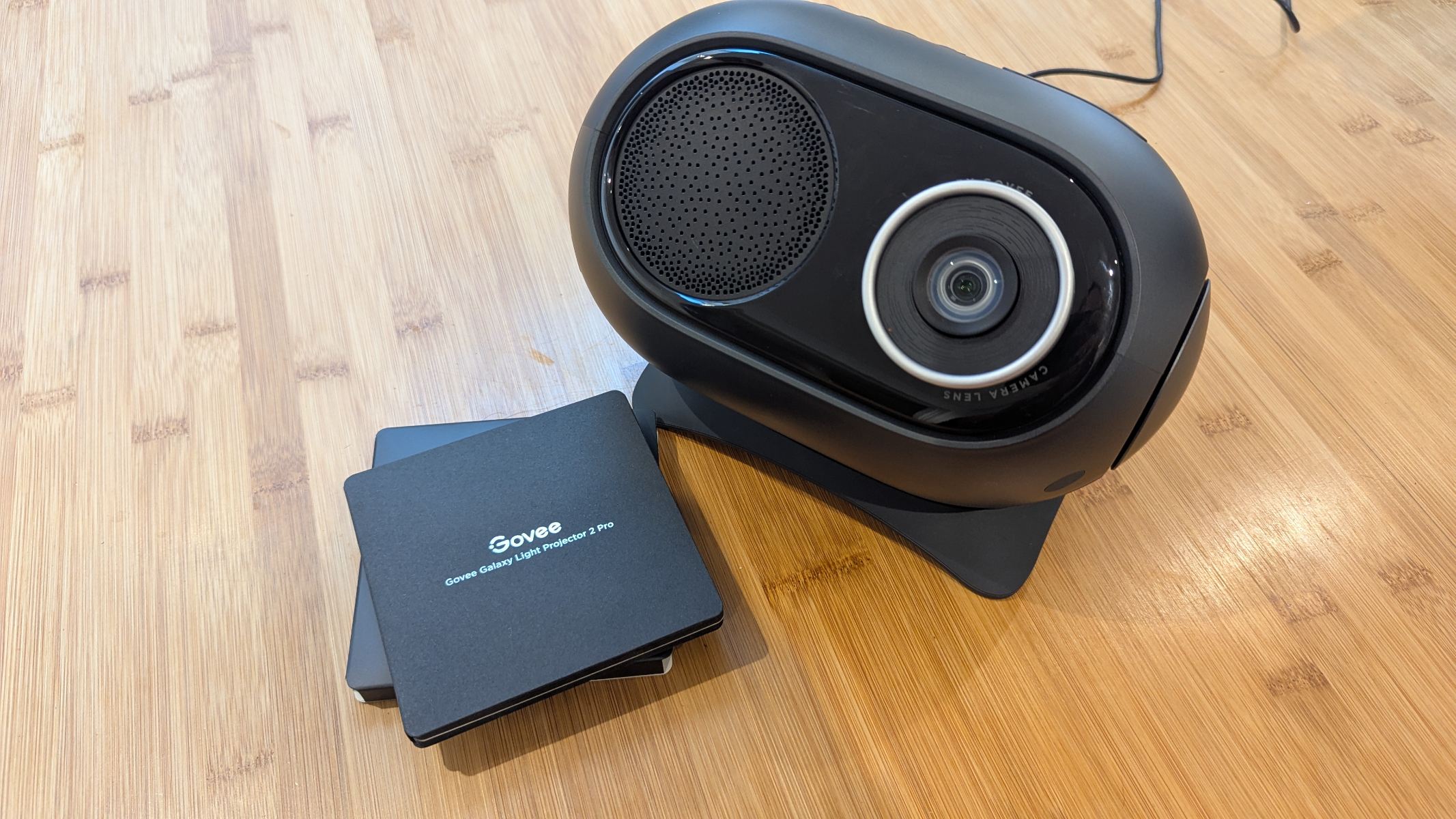Best Fujifilm cameras 2025
These are the best Fujifilm cameras this holiday season for a range of different budgets and uses.
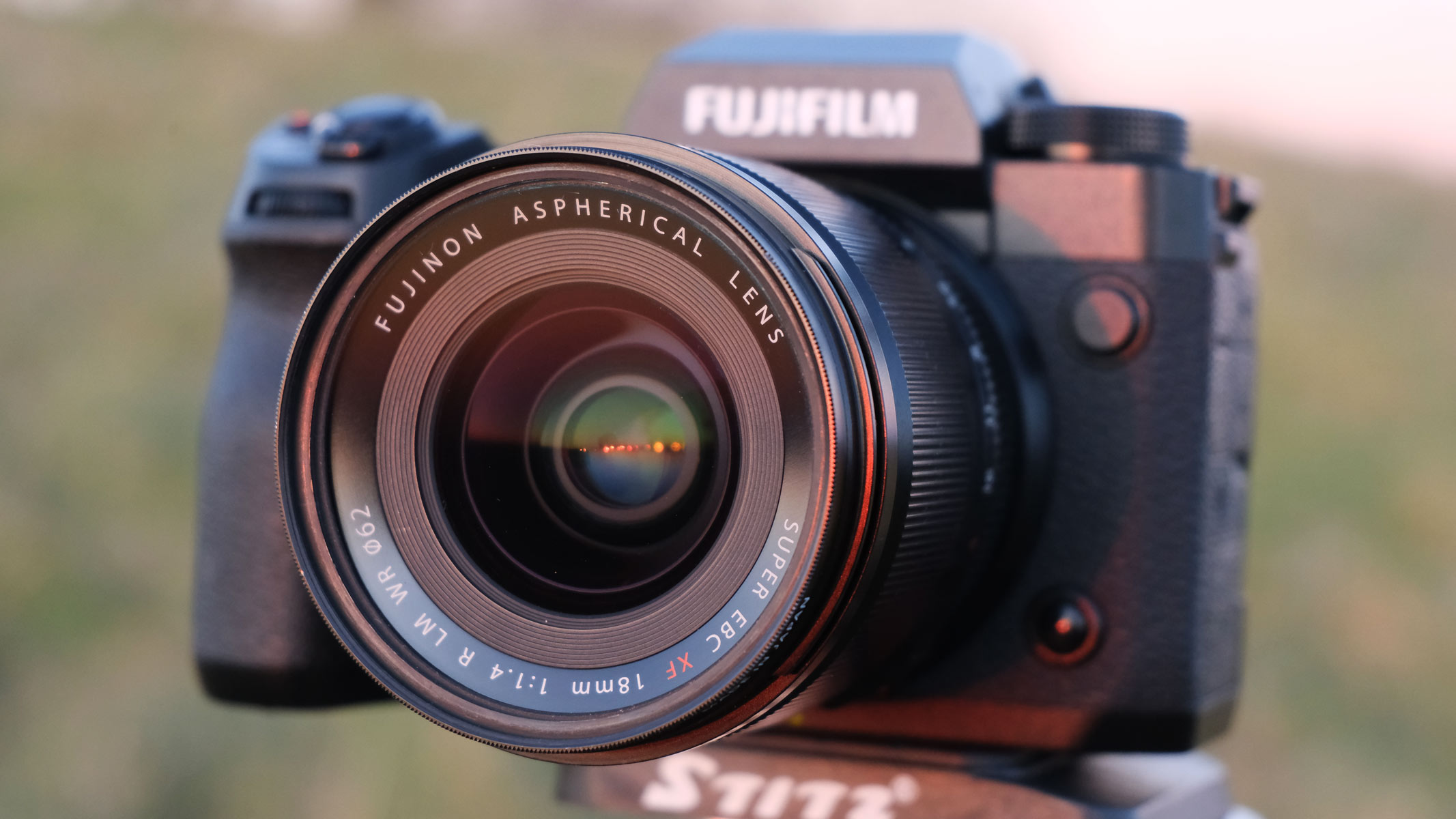
We have tried many of the best Fujifilm cameras and tested them for astrophotography and a range of other photographic subjects. Fujifilm is known for its focus on creativity, along with excellent film simulation and top-quality images straight out of the camera.
If you aren't familiar with Fujifilm cameras, this guide will take you through the models we think are the best and explain the features that help these cameras stand out from those of other brands. As with any big purchase, you should take your time to figure out what you need from a camera before buying.
We've compiled a list of the top models available from Fujifilm right now and provided their specifications along with their pros and cons. Our guide considers a range of uses and budgets so you can pick the right model for you. If you're set on buying a Fujifilm camera, you will need one of the best Fujifilm lenses to go with it. To see how Fujifilm compares with other brands, check out our guide to the best cameras available right now. Photographers looking to capture the night sky should see our guide to the best cameras for astrophotography.
The quick list
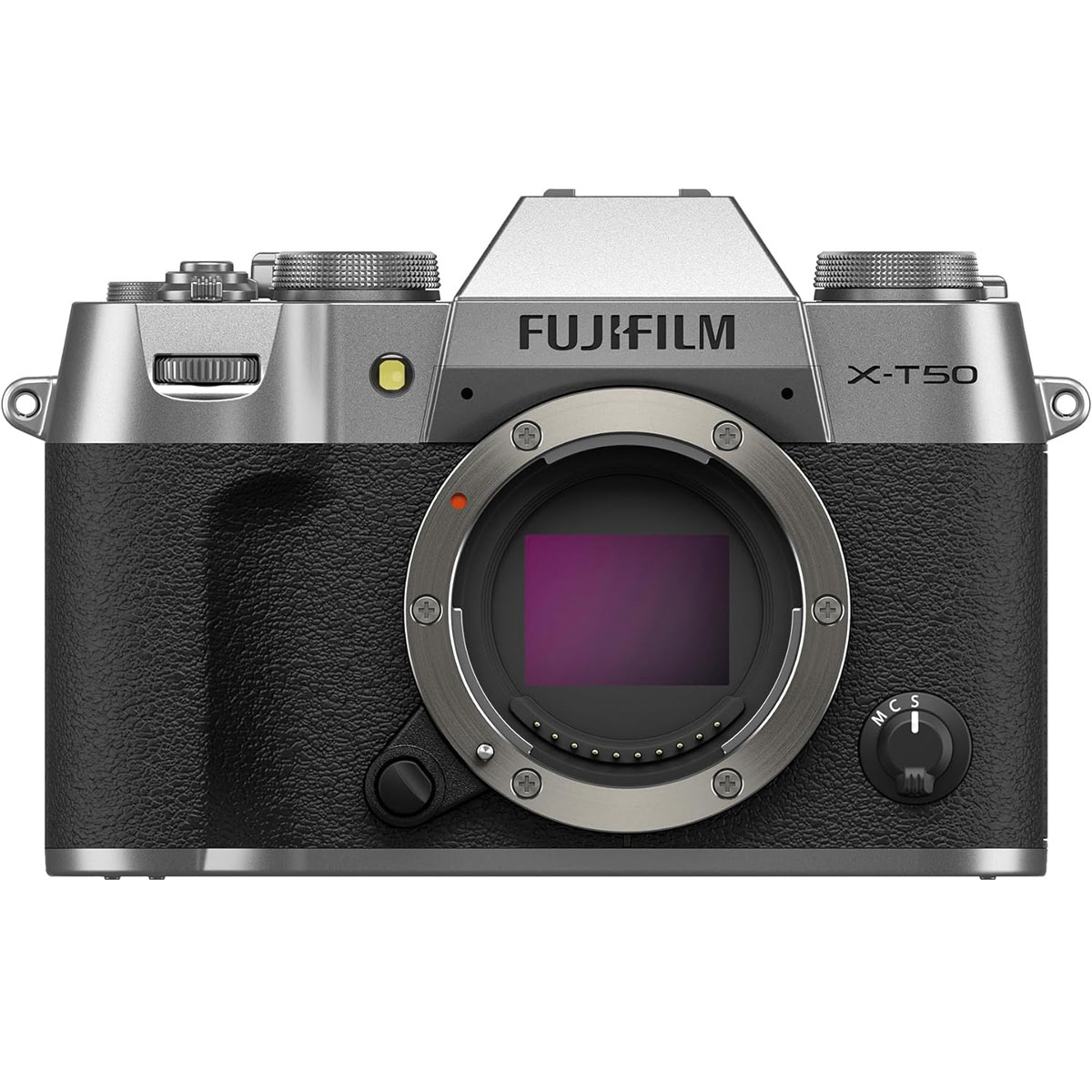
Best overall
The Fujifilm X-T50 is a perfectly balanced camera that blends performance, portability and vintage style into a camera that is great for most subjects.
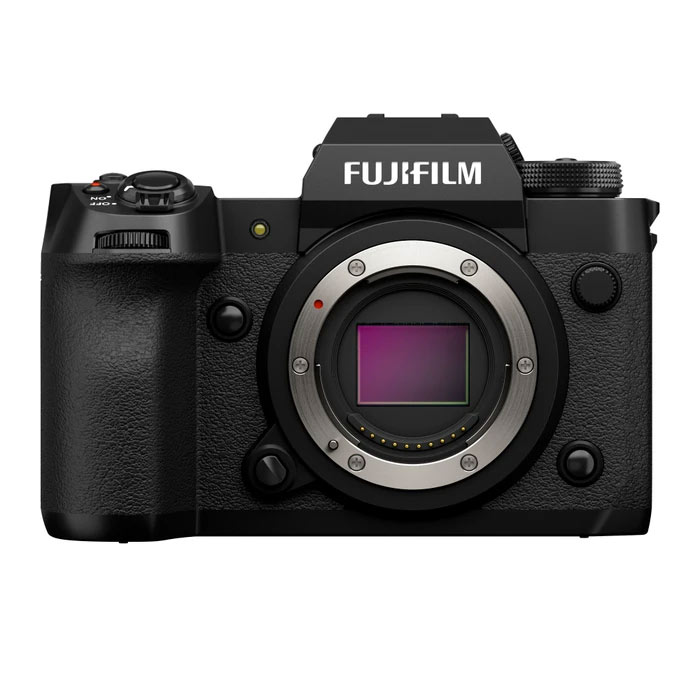
Best for professionals
This high-resolution hybrid camera is a workhorse that's a good pick for heavy shooting and professional photographers.
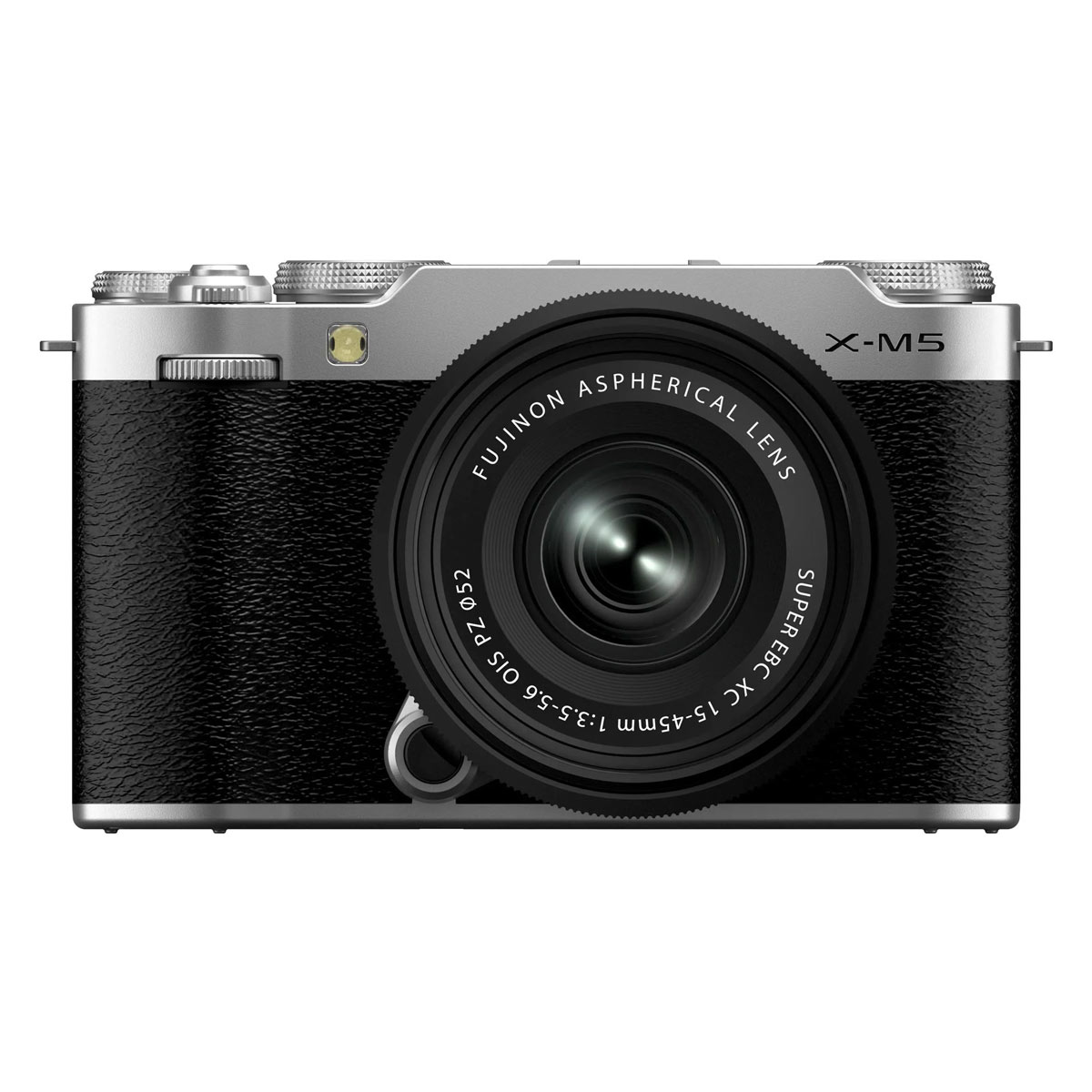
Best for portability
This compact, lightweight camera doesn't compromise on image quality and works with all X-series lenses.
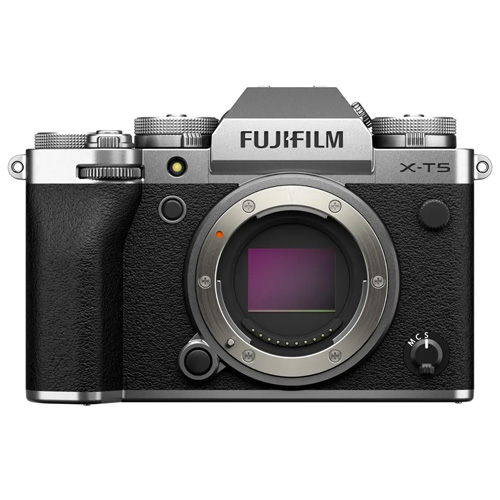
Best for versatility
This flexible workhorse camera is weatherproof and excels at both stills and video.
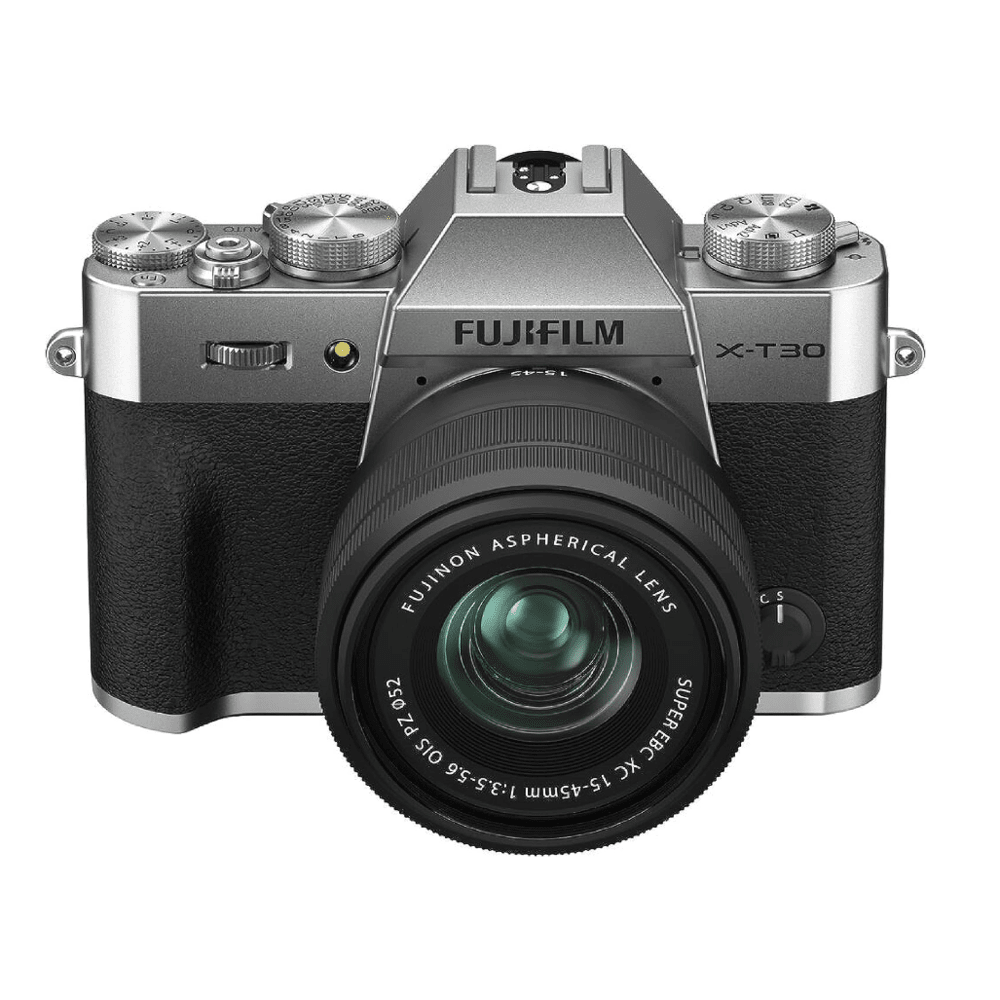
Best for beginners
The X-T30 II is a great introduction to Fujifilm's XT camera series, with an affordable price and plenty of beginner-friendly manual controls.
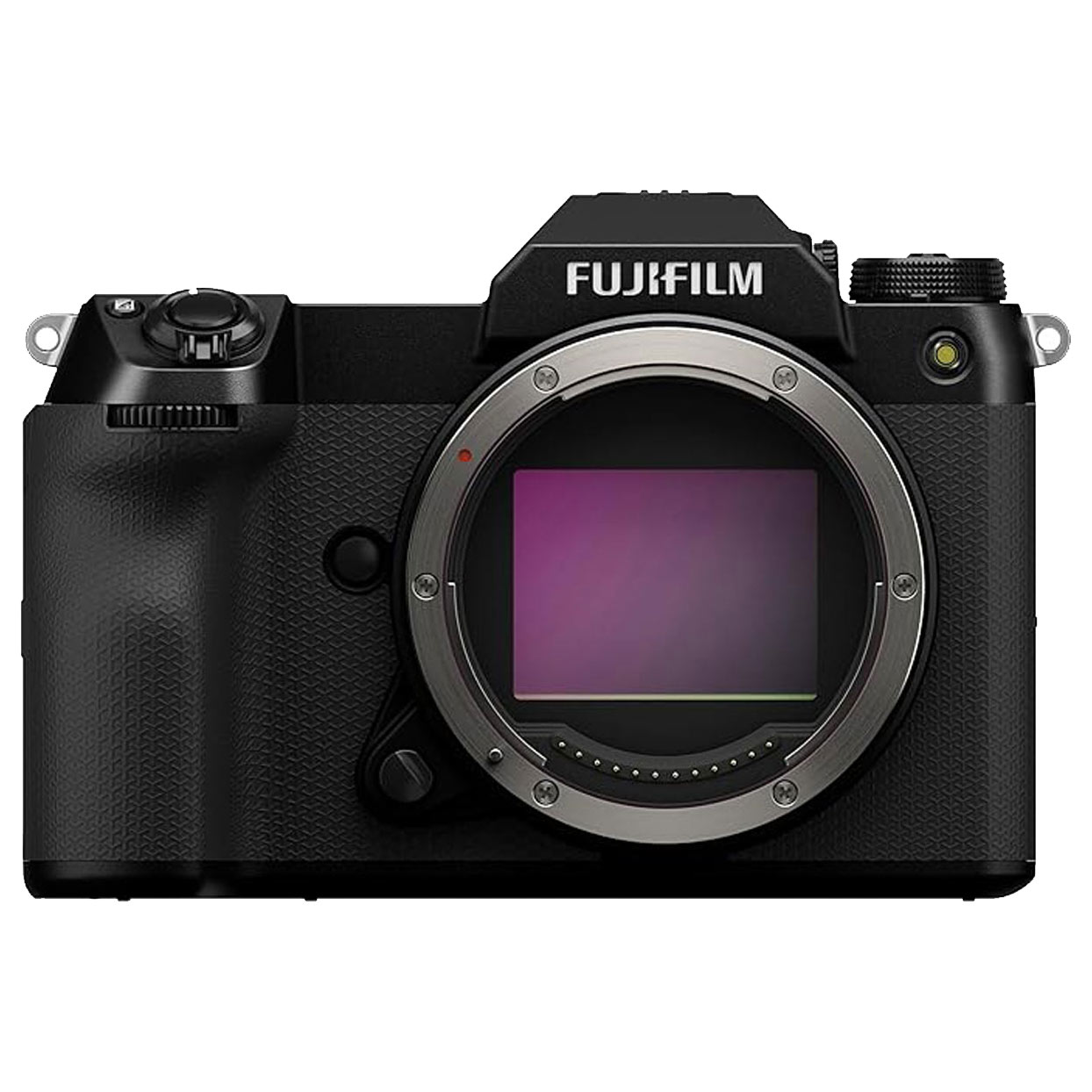
Best medium format
This camera offers 102-megapixel photography in a relatively compact body for its huge medium-format sensor size.
Load the next product ↴
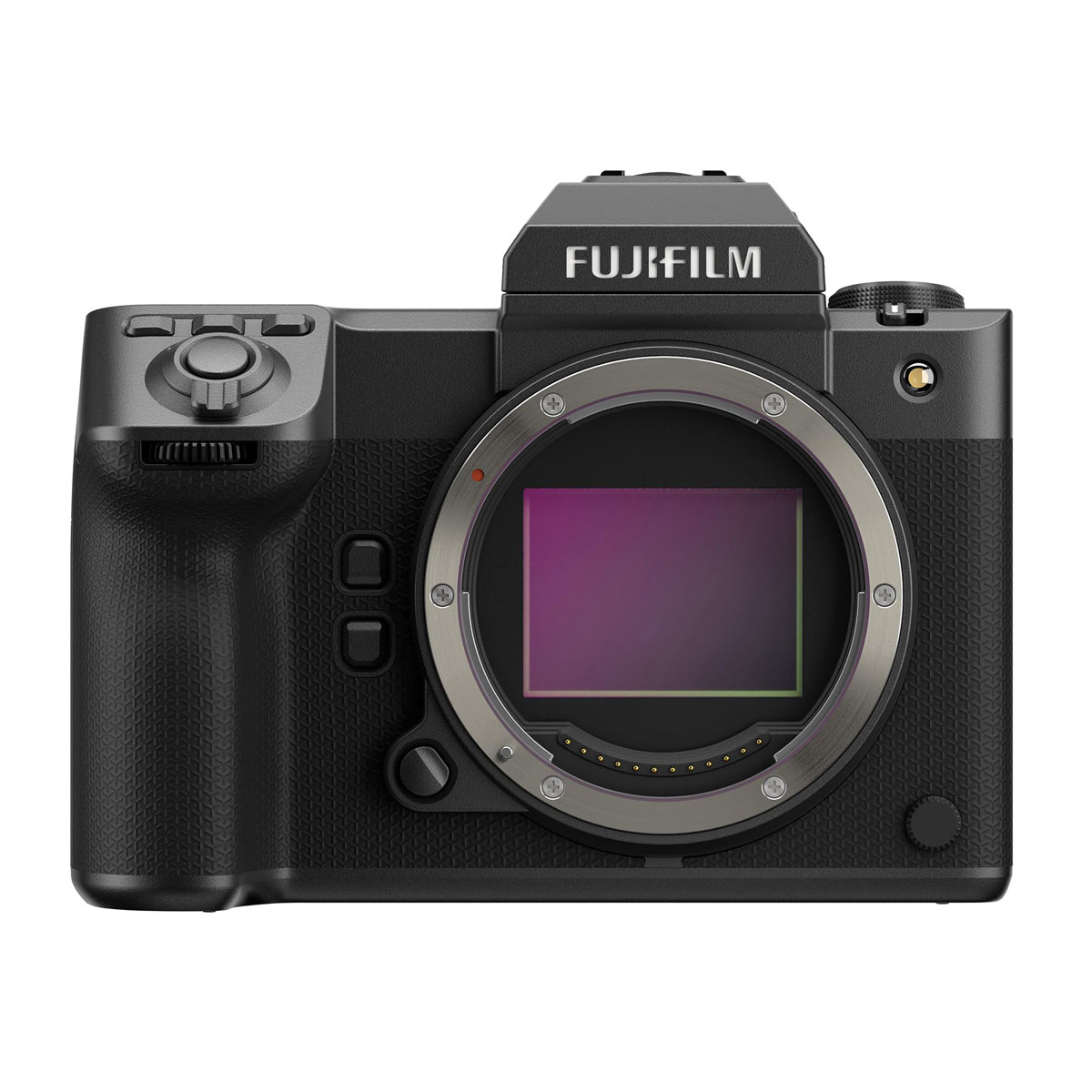
Best for video
Fujifilm's flagship medium-format camera hosts a range of high-tech features, including stunning 8K video at 30p.
The best Fujifilm cameras we recommend in 2025
Why you can trust Space.com
Best overall
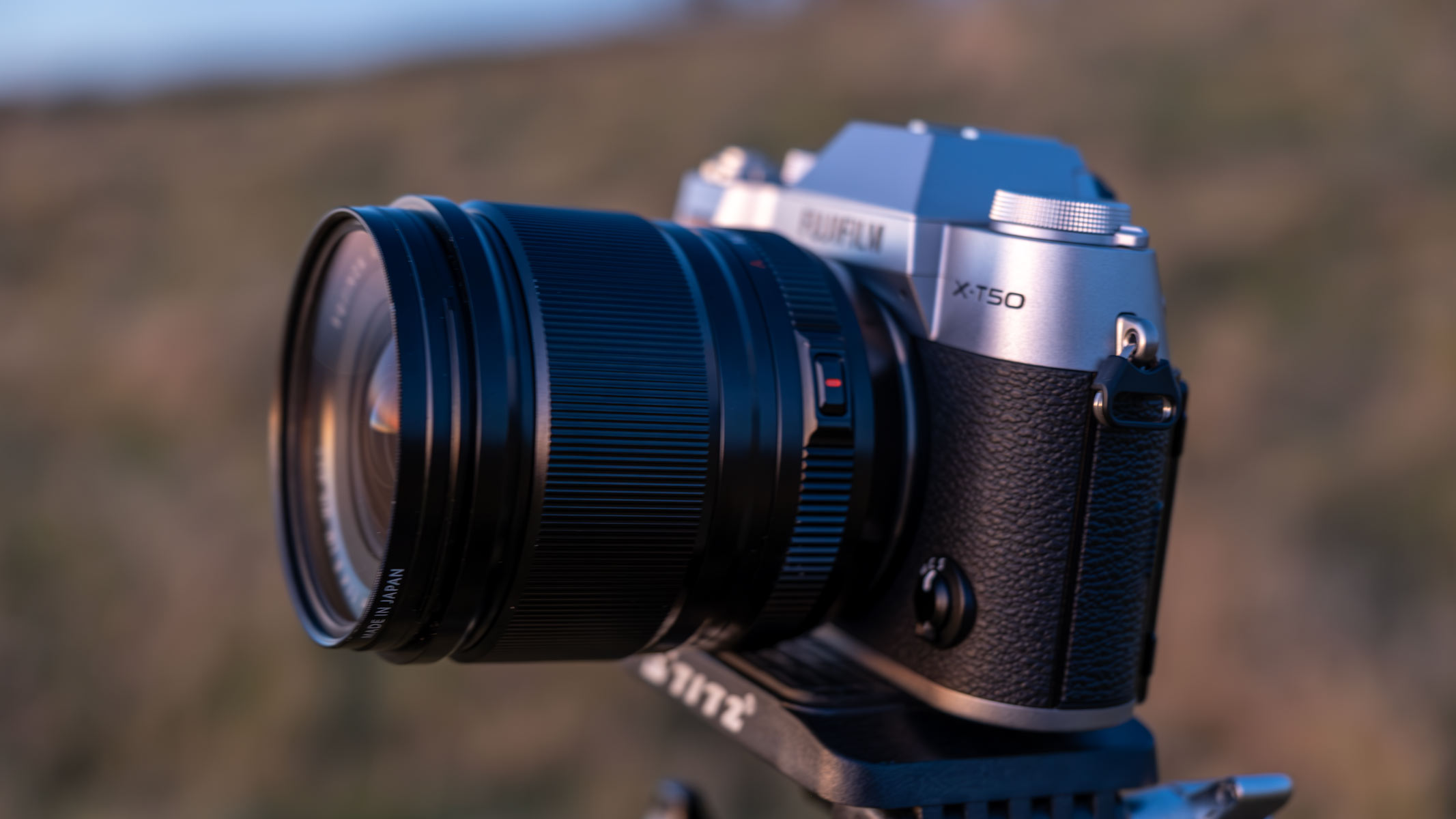
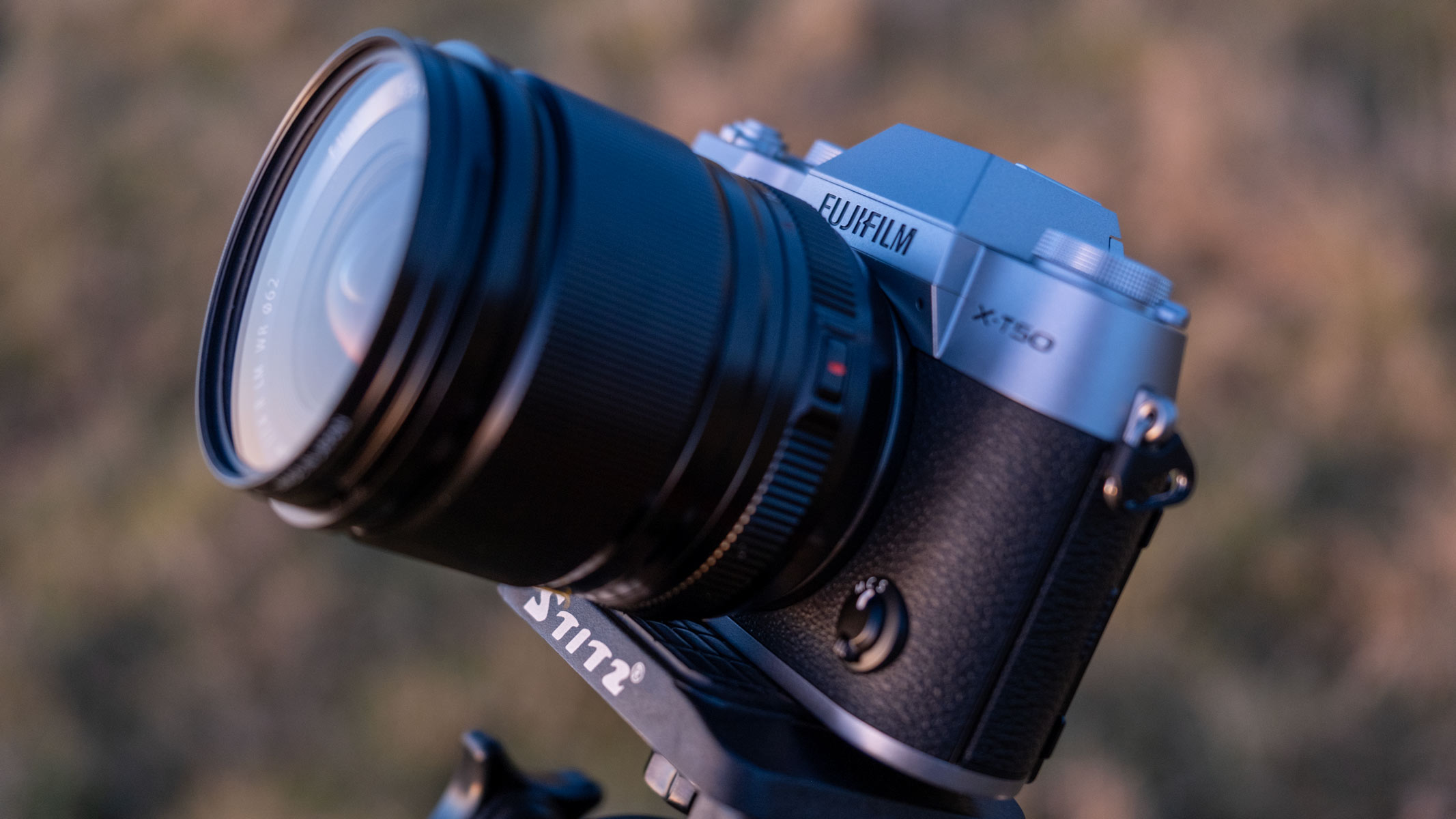
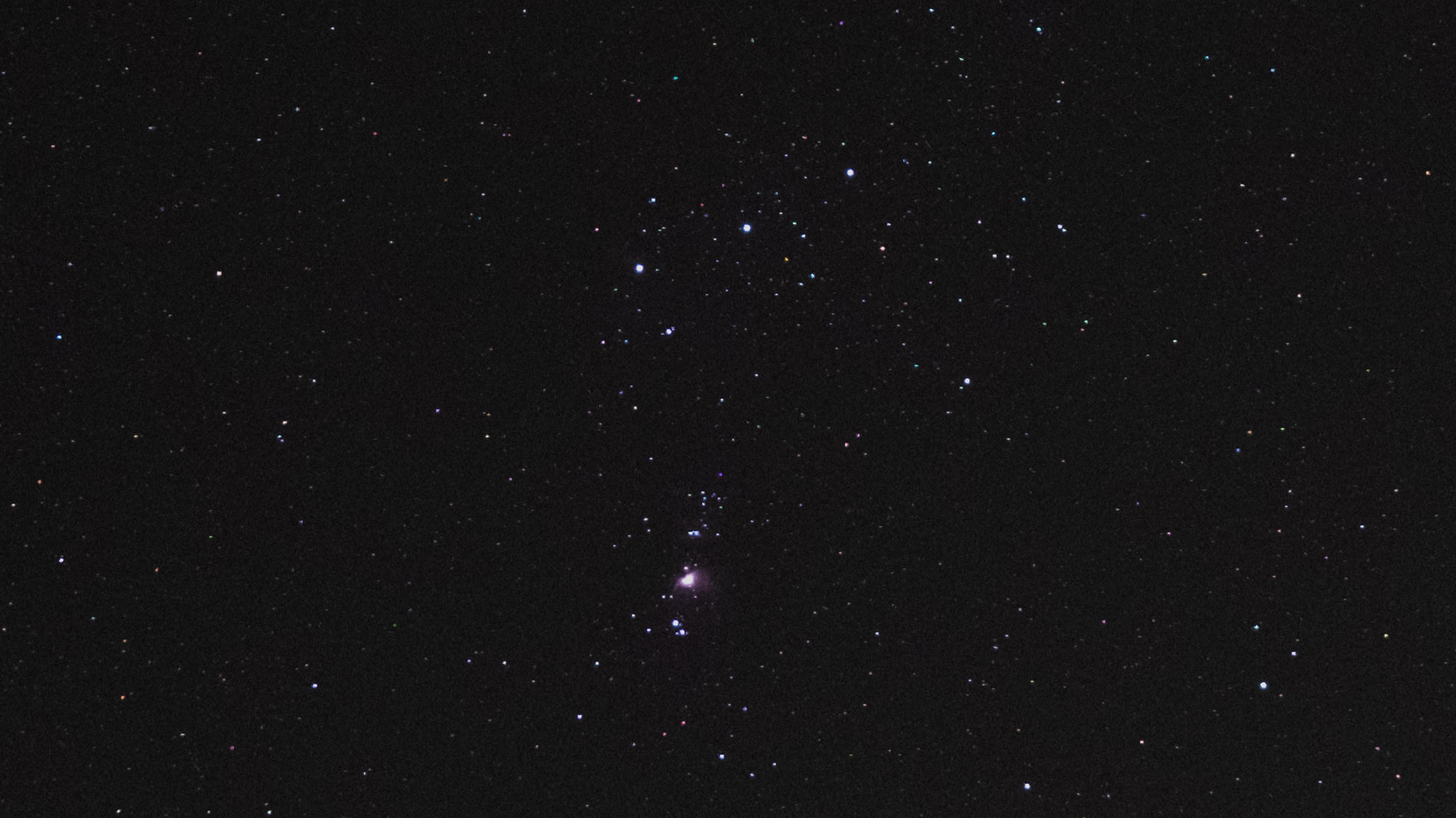
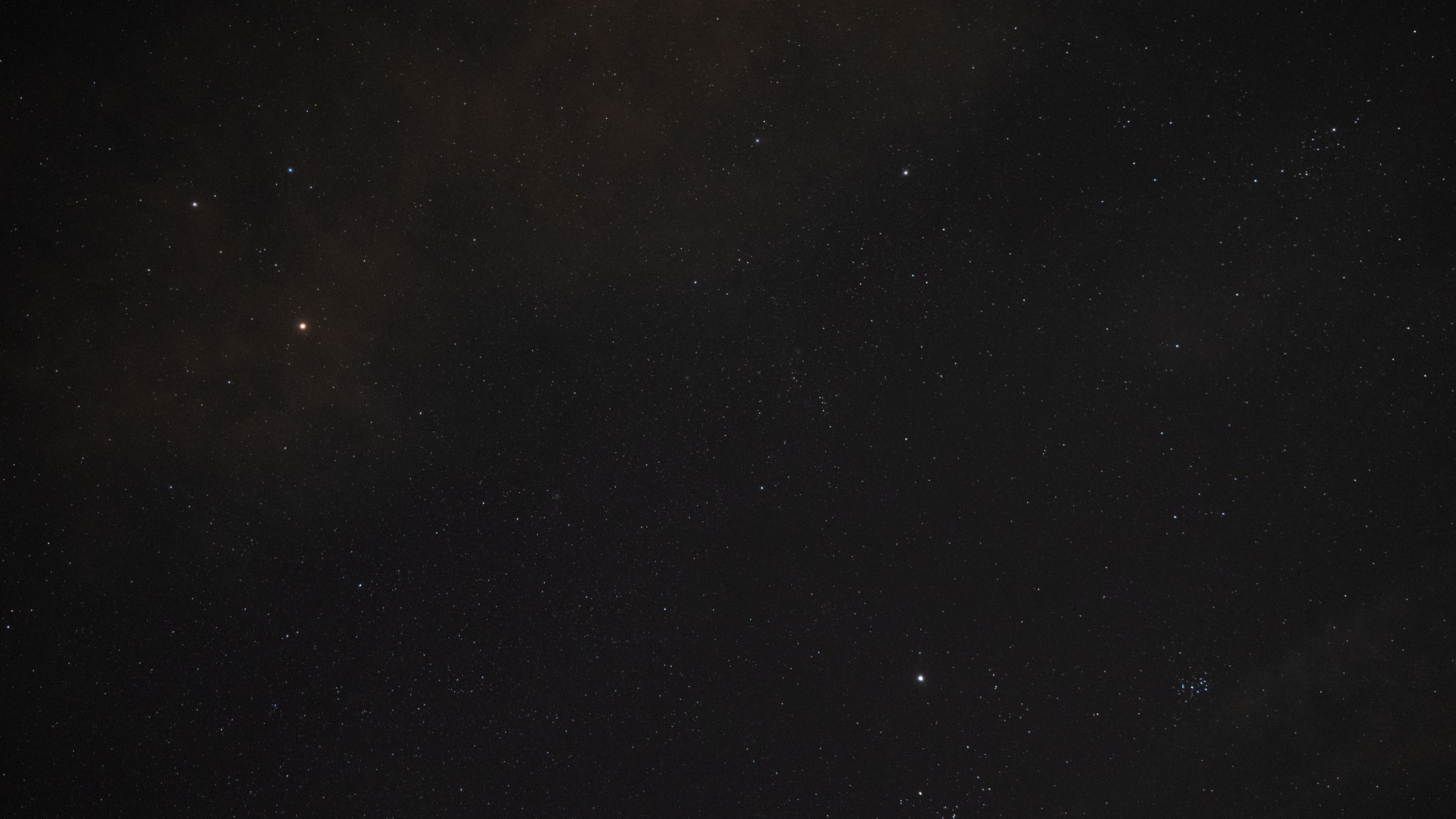
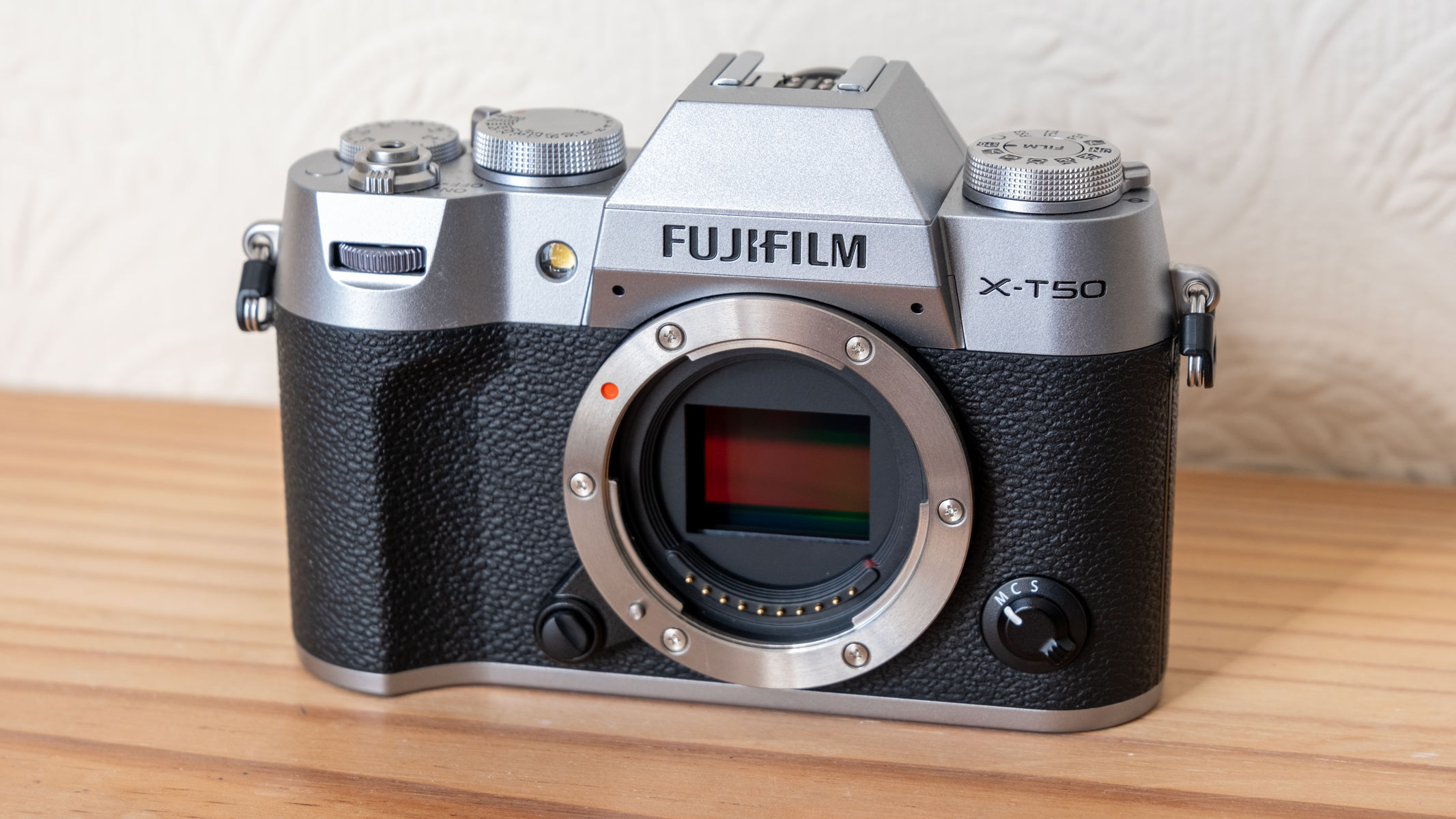
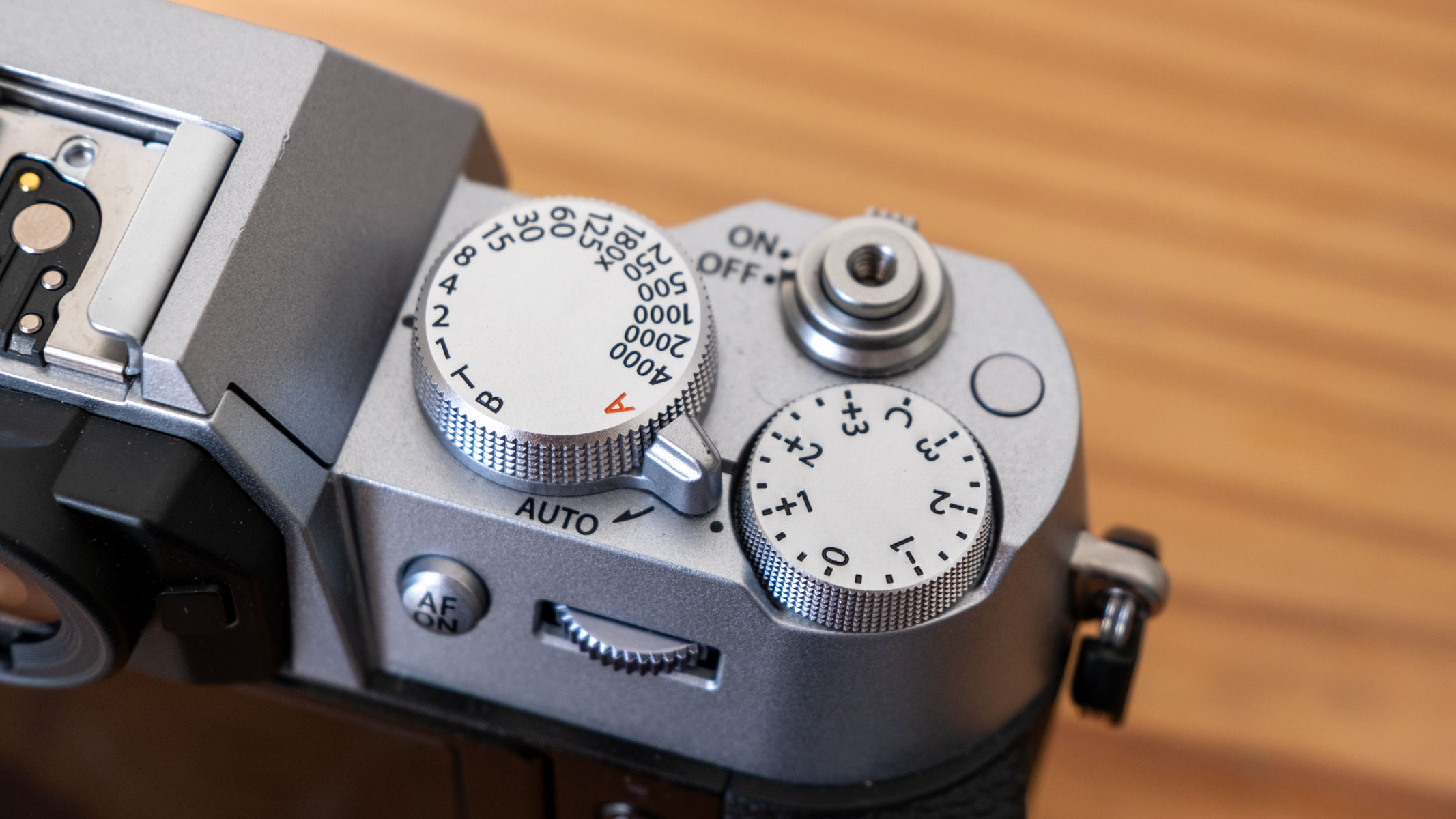
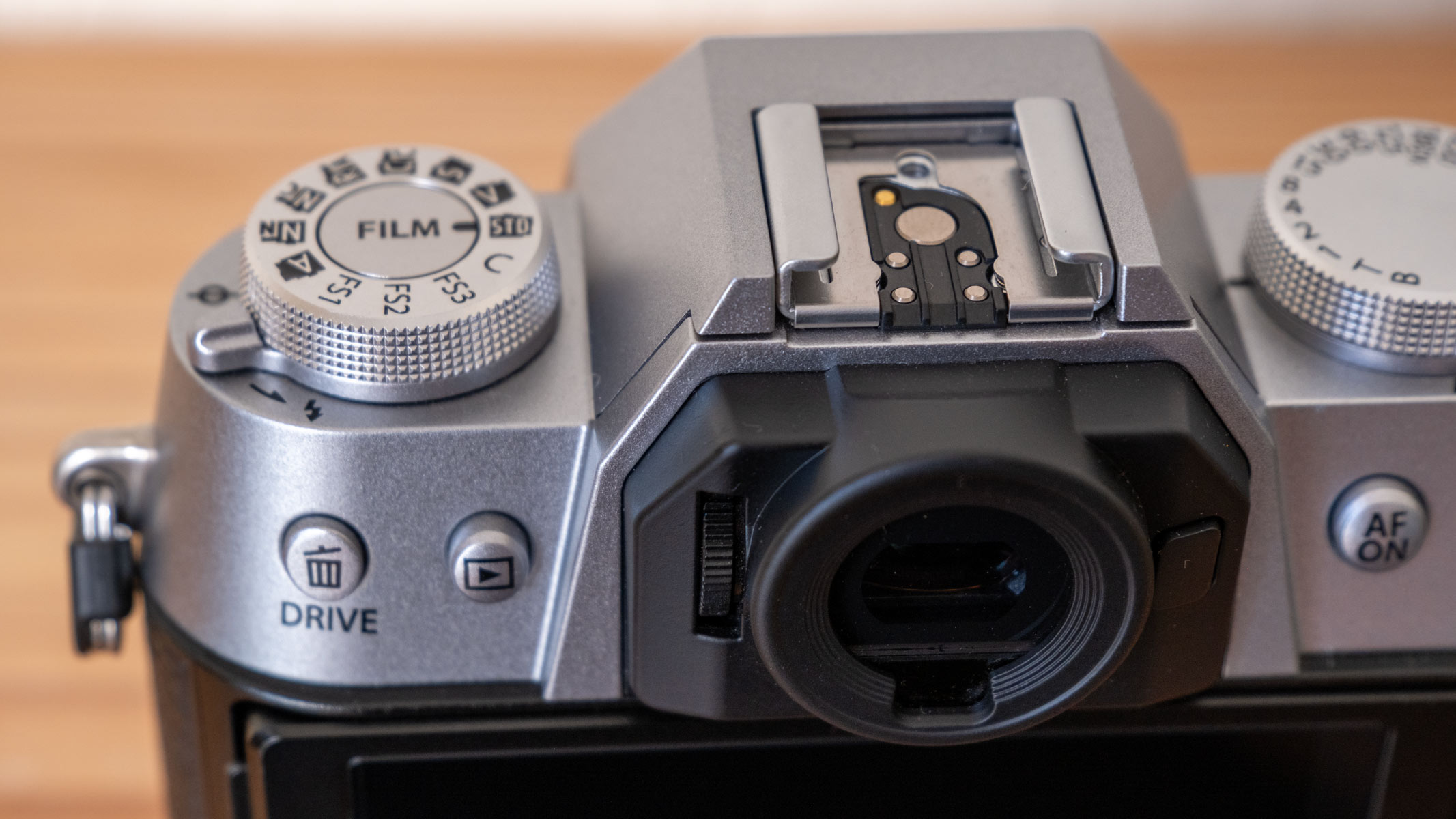
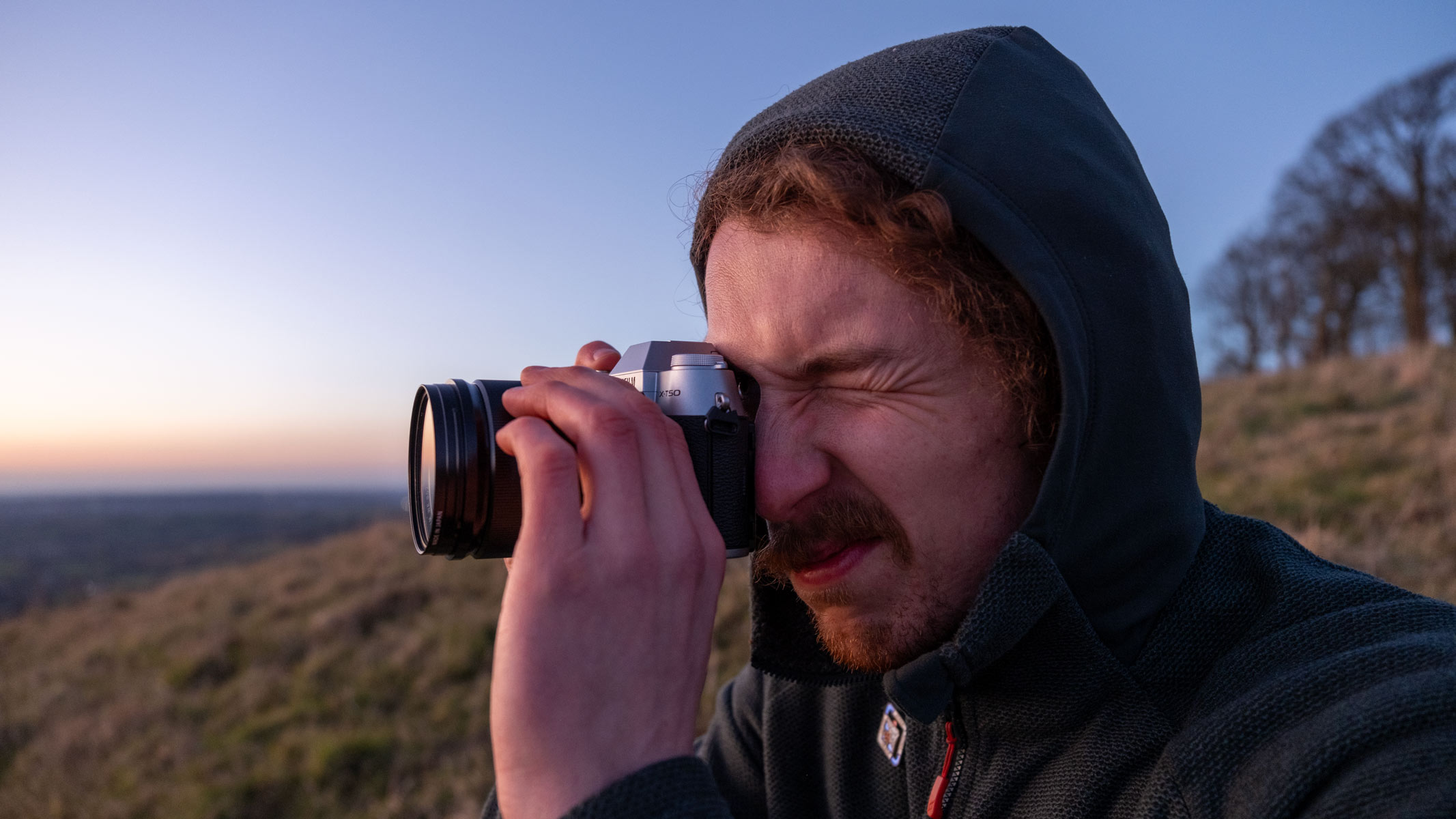
Specifications
Reasons to buy
Reasons to avoid
✅ You are highly creative. The X-T50 features plenty of manual controls and dials for creative control of exposure.
✅ You shoot a range of photography styles. The 40-MP sensor makes the X-T50 a great camera for astrophotography as well as other subjects, like people, animals and landscapes.
❌ You need a full-frame camera. The Fujifilm X-T50 is an APS-C crop camera, so if you need a full-frame camera, this is not for you.
❌ You need astro-specific features. Although this camera performs relatively well with astrophotography, it lacks specific astrophotography features, like modes that preserve night vision and astrophotography modes.
🔎 Fujifilm X-T50: This is a creative powerhouse with a 40-MP sensor, manual controls and versatile photography capability, including a strong astro ability. It is great for capturing high-resolution stills with strong creative expression. However, it's not the best choice for advanced video production or for people looking for a full-frame camera. ★★★★1/2
The Fujifilm X-T50 is a phenomenal enthusiast-level camera with a huge 40-megapixel sensor, a 50-frame-per-second burst rate and great high-ISO performance. It's perfect for a range of photography styles, and it performed well during our astrophotography testing. All of these high-tech features are housed in a compact body that resembles a vintage film camera.
In our review of the Fujifilm X-T50, we said it "excels in capturing all photographic subjects, and we think it is one of the best cameras available." It has a high-resolution 40-MP sensor, good high-ISO performance, and video capabilities of 6.2K at 30p and 4K at 60p. During our astrophotography testing, we managed to get stunning images of the Orion Nebula, Mars and a range of other night-sky targets.
It's built into a compact body, which makes it good for those who want a portable or light camera. It's a lighter version of the X-T5 and features a film-simulation dial for more direct creative control. There are a few trade-offs, like a lack of weatherproofing and two-axis tilt screen, but we didn't think these omissions affected the X-T50's astrophotography performance.
Although the X-T50 has only one SD card slot, you can store plenty of photos with a high-volume UHS-III SD card. The camera also has Bluetooth for transferring photos to the smartphone app. At just under $1,400, the X-T50 is a great value, leaving you more money to spend on one of the best Fujifilm lenses.
- Read our full Fujifilm X-T50 review
Attributes | Notes |
|---|---|
Design | Classic film-style housing and tactile creative controls |
Performance | Strong astro ability |
Functionality | Good battery and connectivity |
Best for professionals
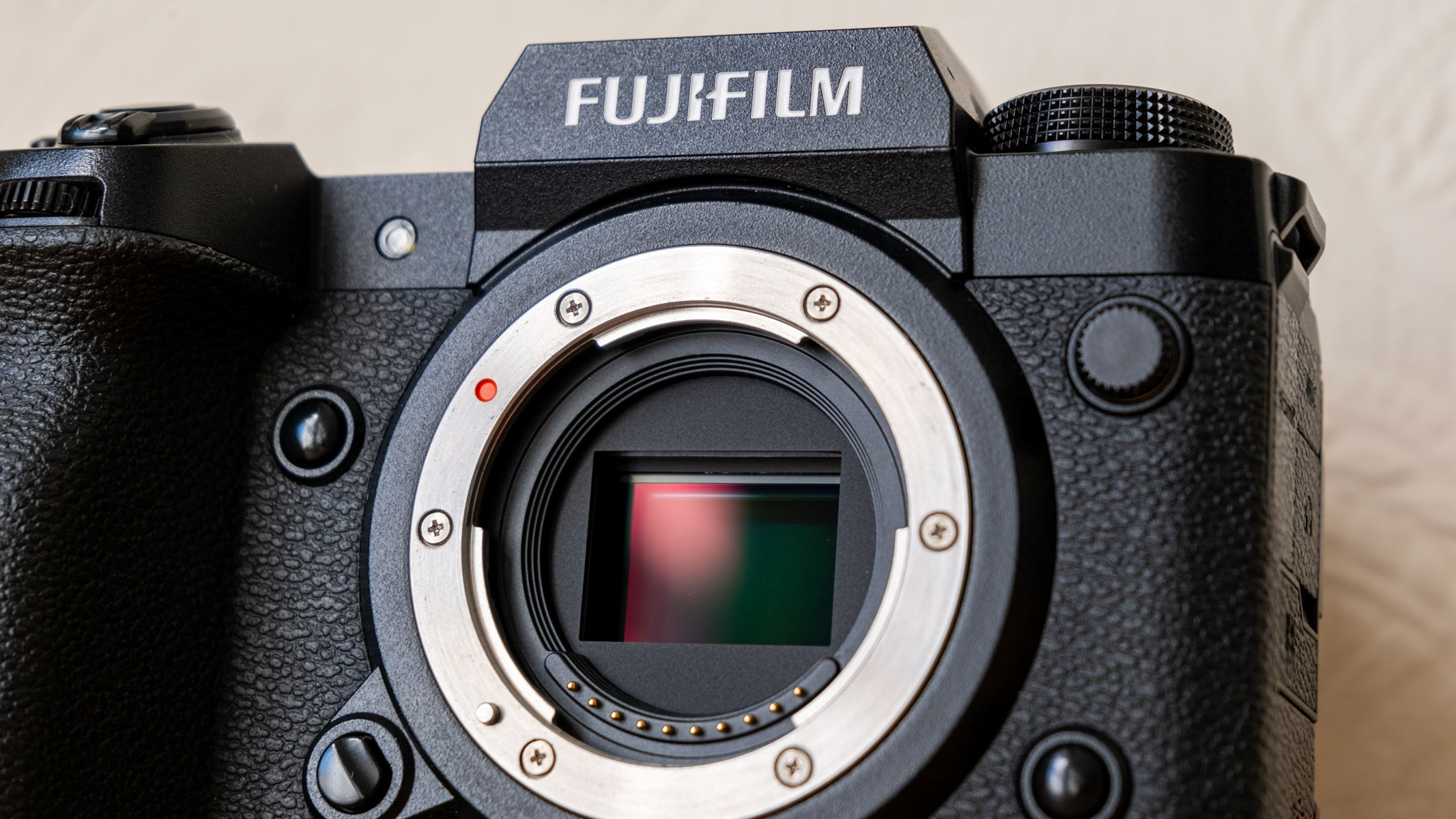
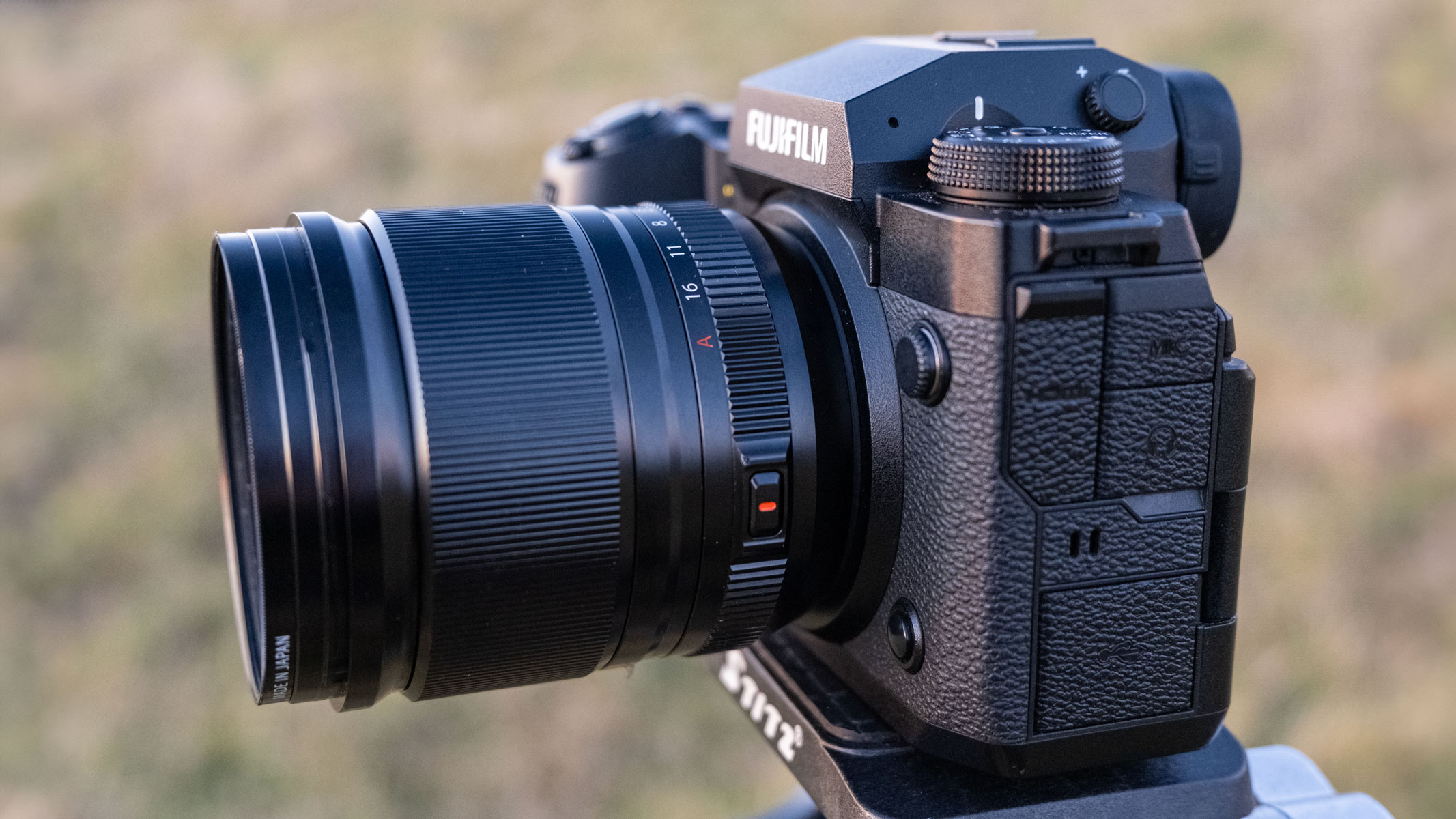
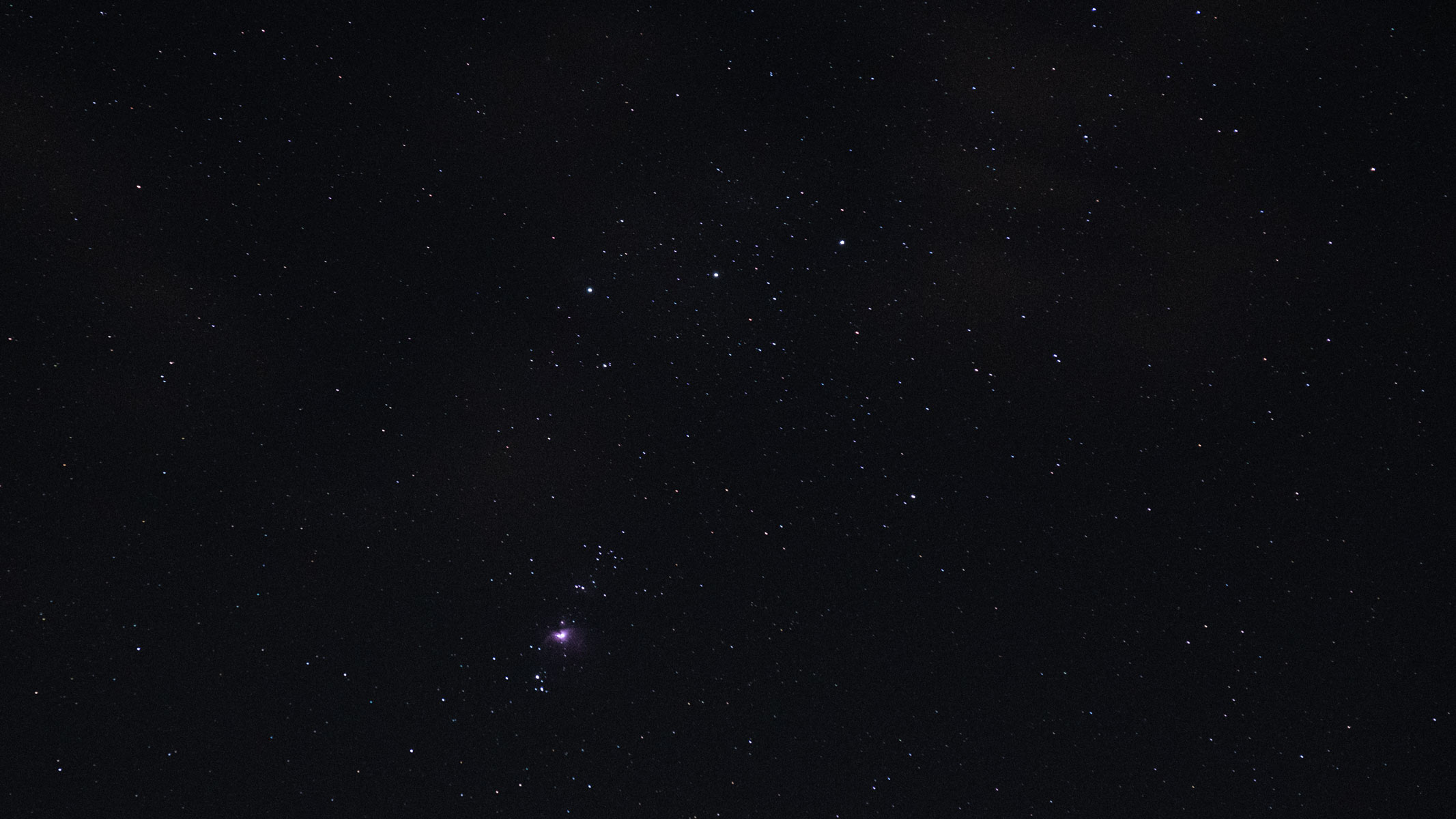
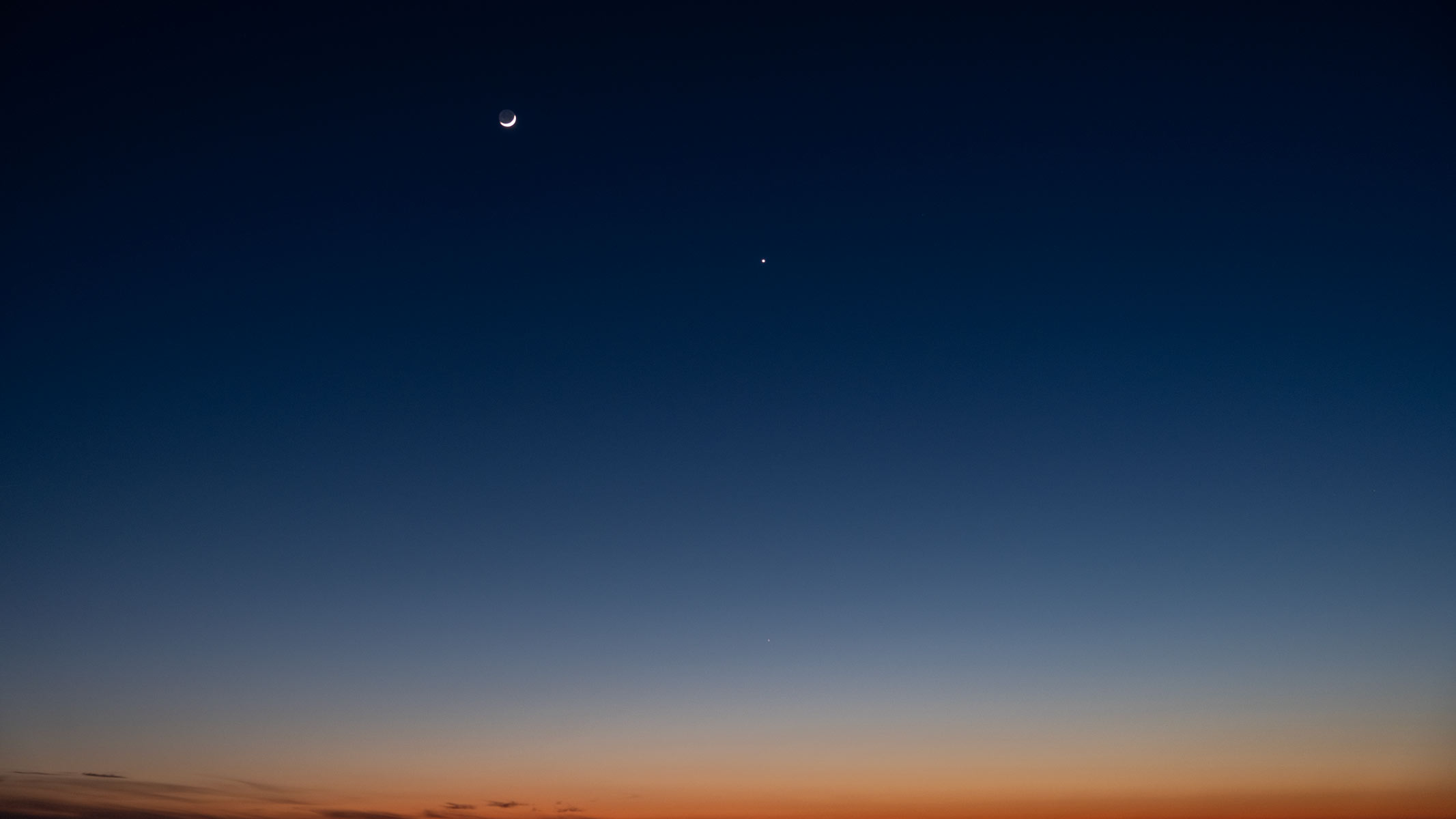
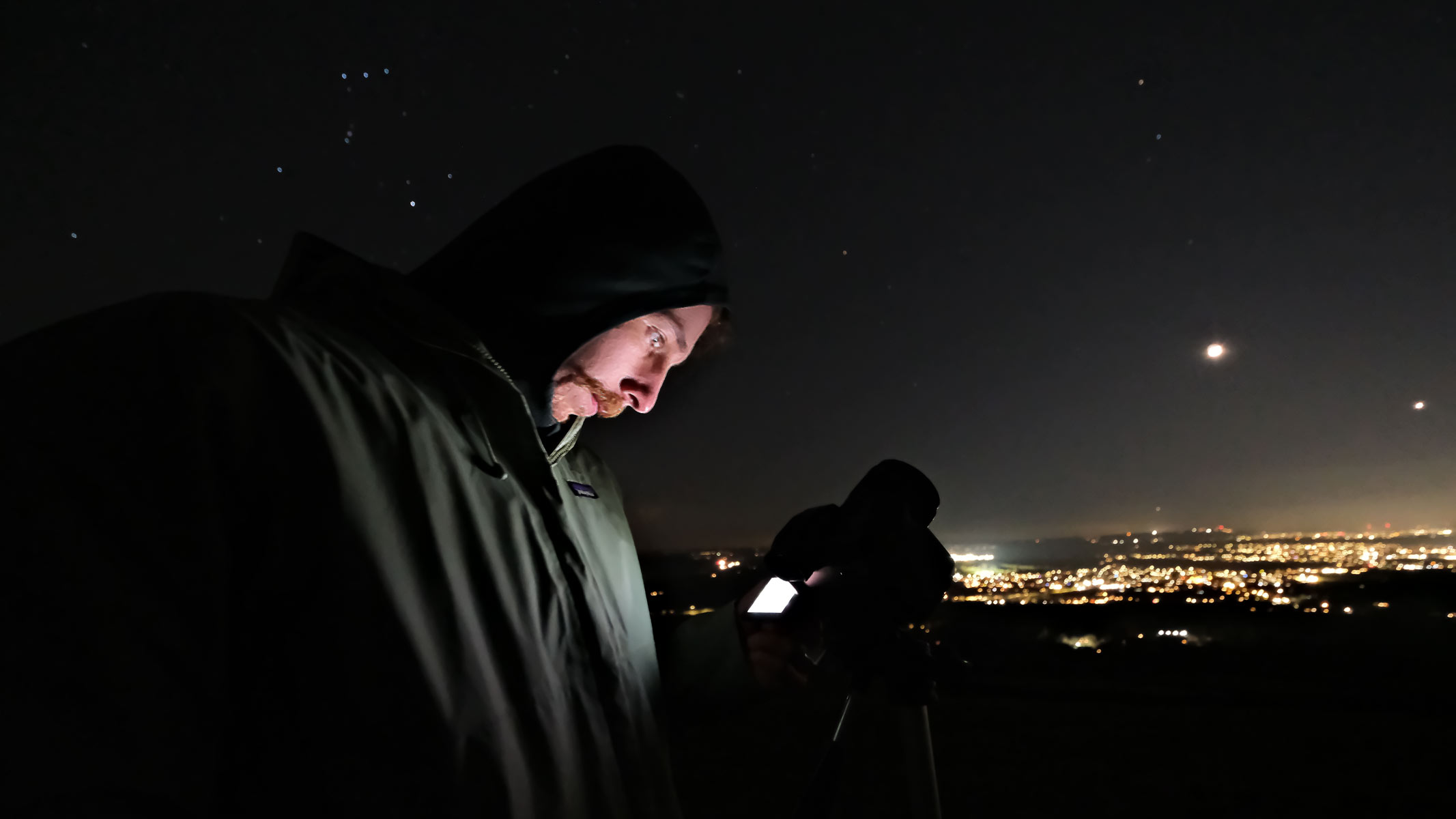
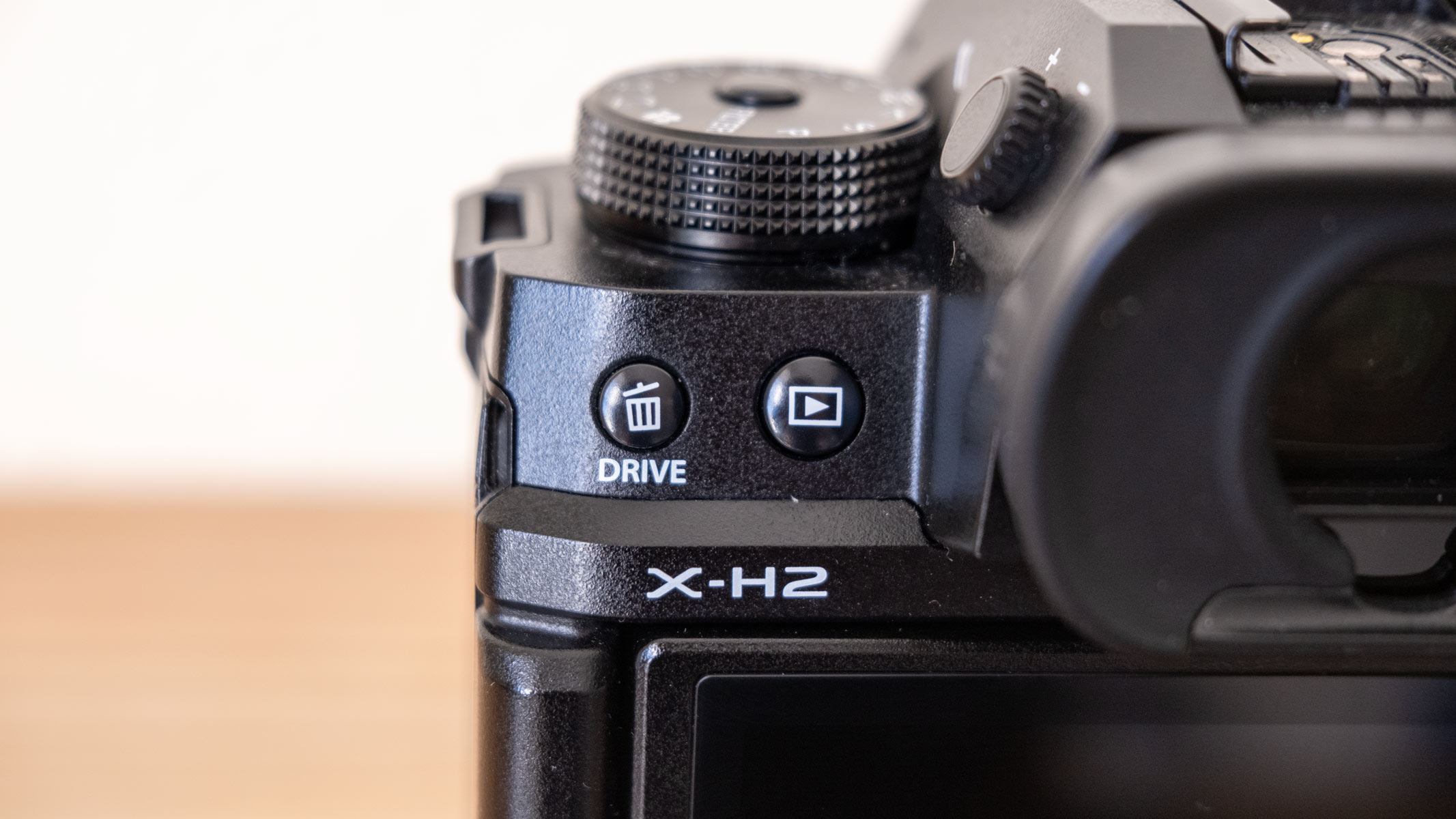
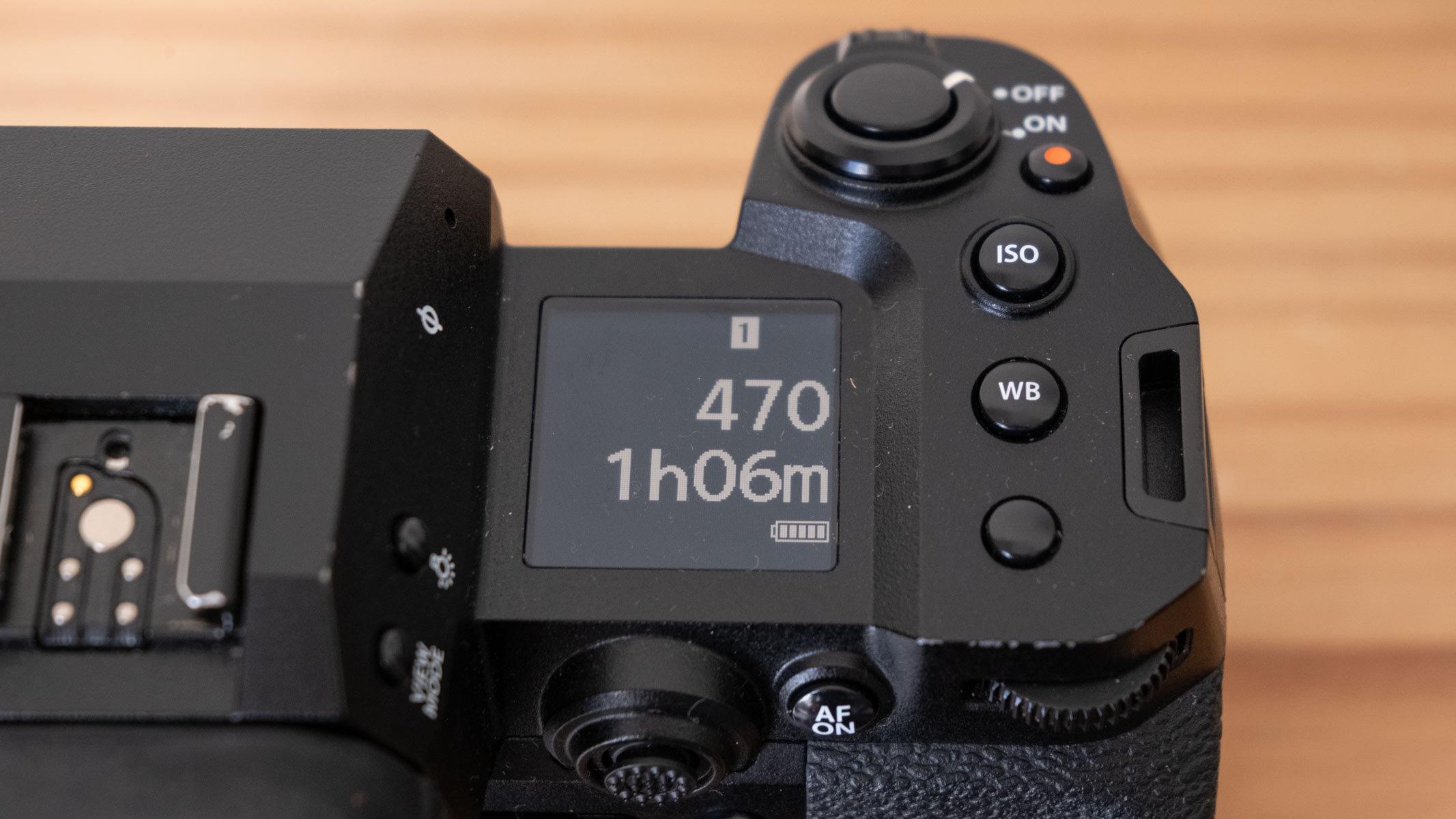
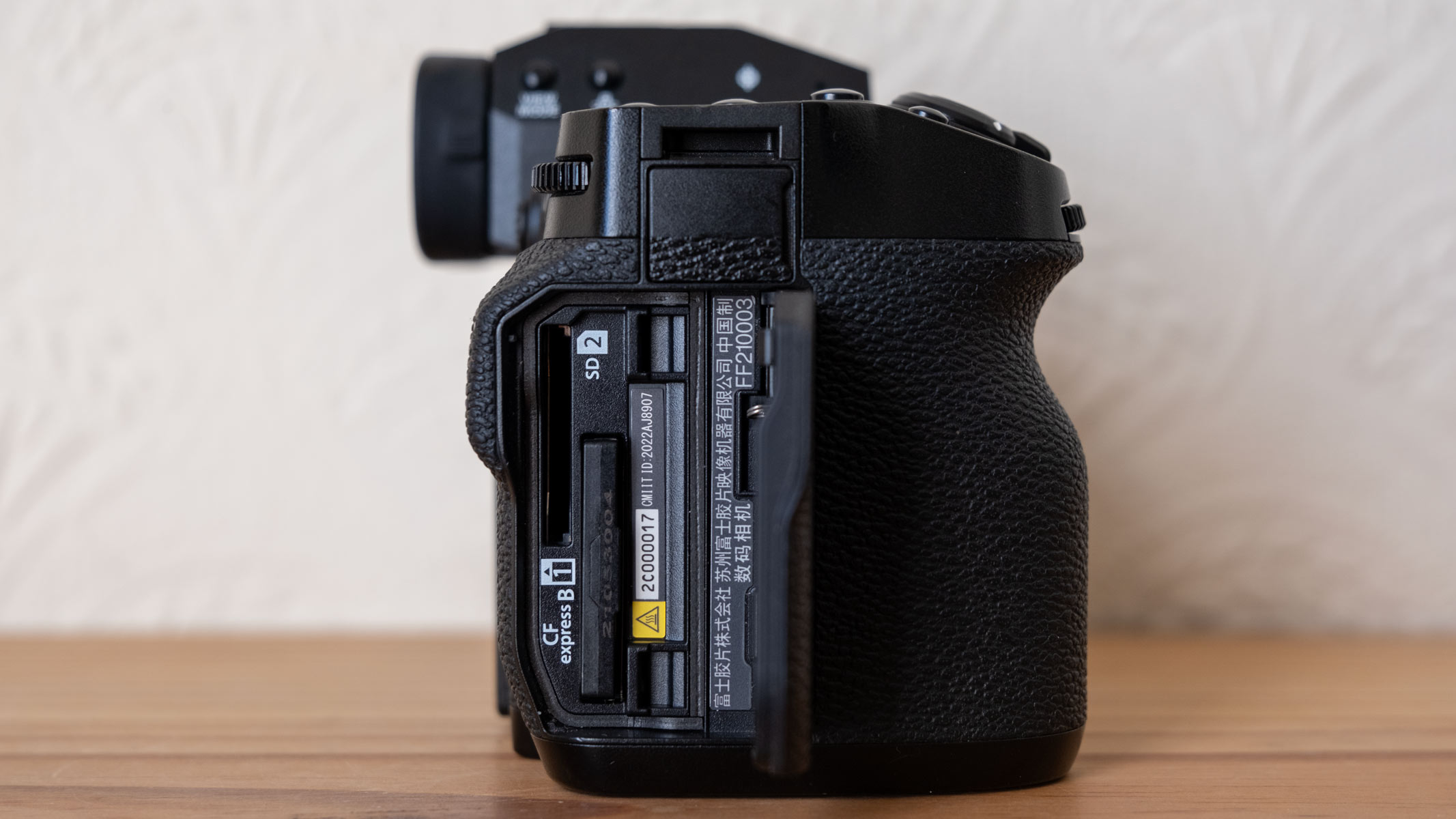
Fujifilm X-H2
Our expert review:
Specifications
Reasons to buy
Reasons to avoid
✅ You are a professional photographer. This camera won't let you down in long shoots and has professional features such as custom function buttons.
✅ You need hybrid photo and video capability. The 40-MP sensor delivers crisp stills and has 8K video capability.
❌ You need a lightweight, compact camera. The X-H2 weighs a hefty 1.46 pounds and has a bulky body, making it unsuitable if you need something lightweight.
❌ You're not a professional photographer. Although the X-H2 boasts impressive tech, its features would be overkill for a beginner or hobbyist with a limited budget.
🔎 Fujifilm X-H2: This feature-packed powerhouse camera delivers professional images, video and astrophotography performance. It is suited to professionals; many of the features would be overkill for a beginner or hobbyist. ★★★★½
The Fujifilm X-H2 is a high-end mirrorless camera aimed at serious hybrid shooters. It features a 40-MP sensor, 8K video and a weather-sealed body. Although it's an APS-C-format camera, it delivers exceptional photo and video performance.
In our review, the X-H2 handled astrophotography well and captured a wide range of targets, including Ursa Major, Jupiter and the Orion Nebula. It delivered incredibly detailed stills of a wide range of subjects and worked seamlessly even on long shoots. We think the Fujifilm X-H2 is one of the best cameras for photo and video.
The X-H2 has the same sensor as some of Fujifilm's other cameras, notably the X-T50 and X-T5. However, it differs in the level of features. The X-H2 offers high resolution, great video capture at 8K and robust advanced video codec handling. The X-H2 can handle a huge range of photography demands, but the pro-level features would be overkill for a beginner or hobbyist.
This camera is built for professional photographers in mind, with custom function buttons and a secondary LCD for exposure details and battery life. The Fujifilm X-H2 can handle all the jobs you throw at it with both precision and speed.
Attributes | Notes |
|---|---|
Design | Rugged and weather-sealed camera with a deep grip |
Performance | Excellent-resolution images of a wide range of subjects |
Functionality | Pro-level tools, like 8K video and pixel shift multishot |
Best for portability
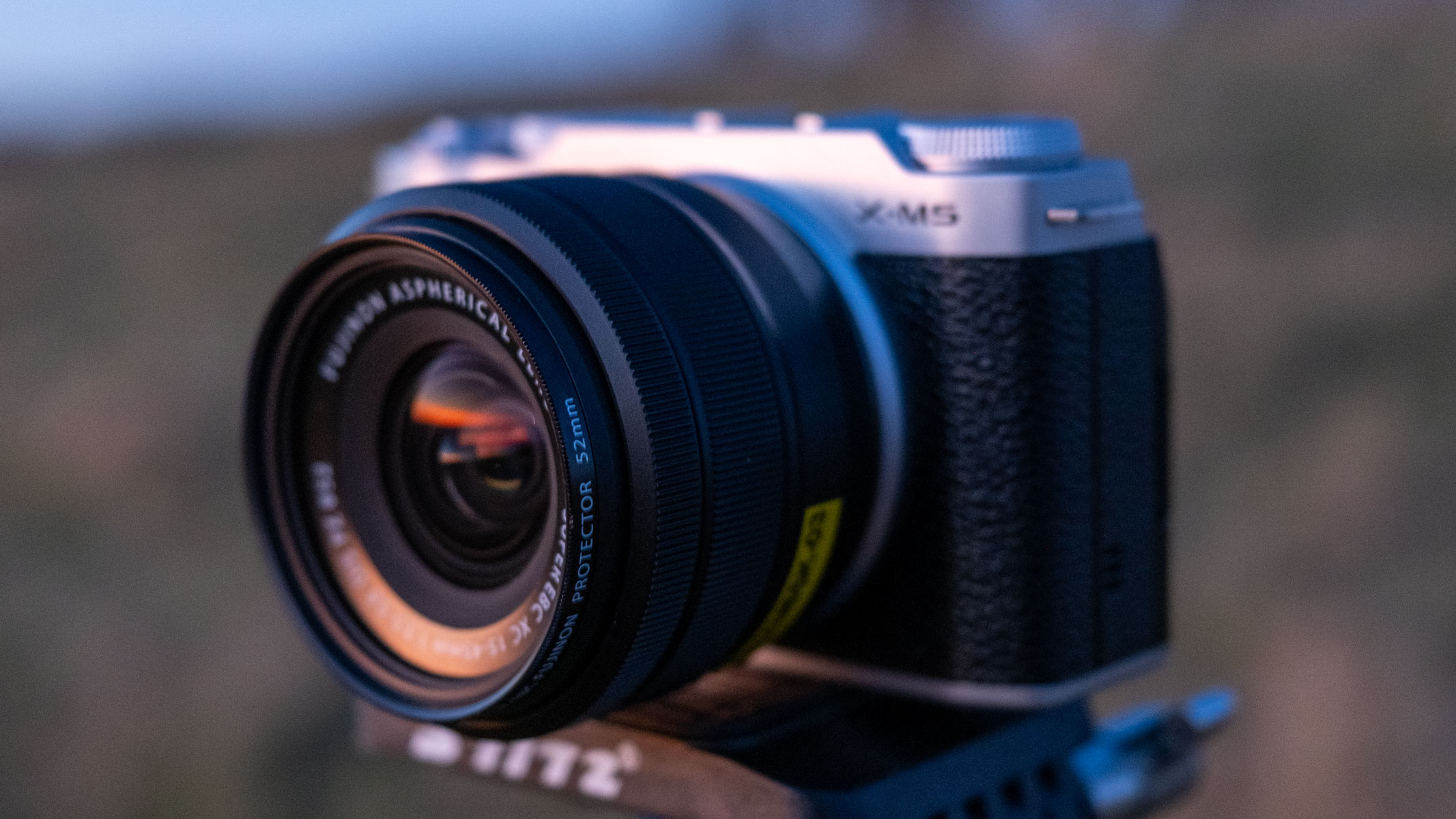
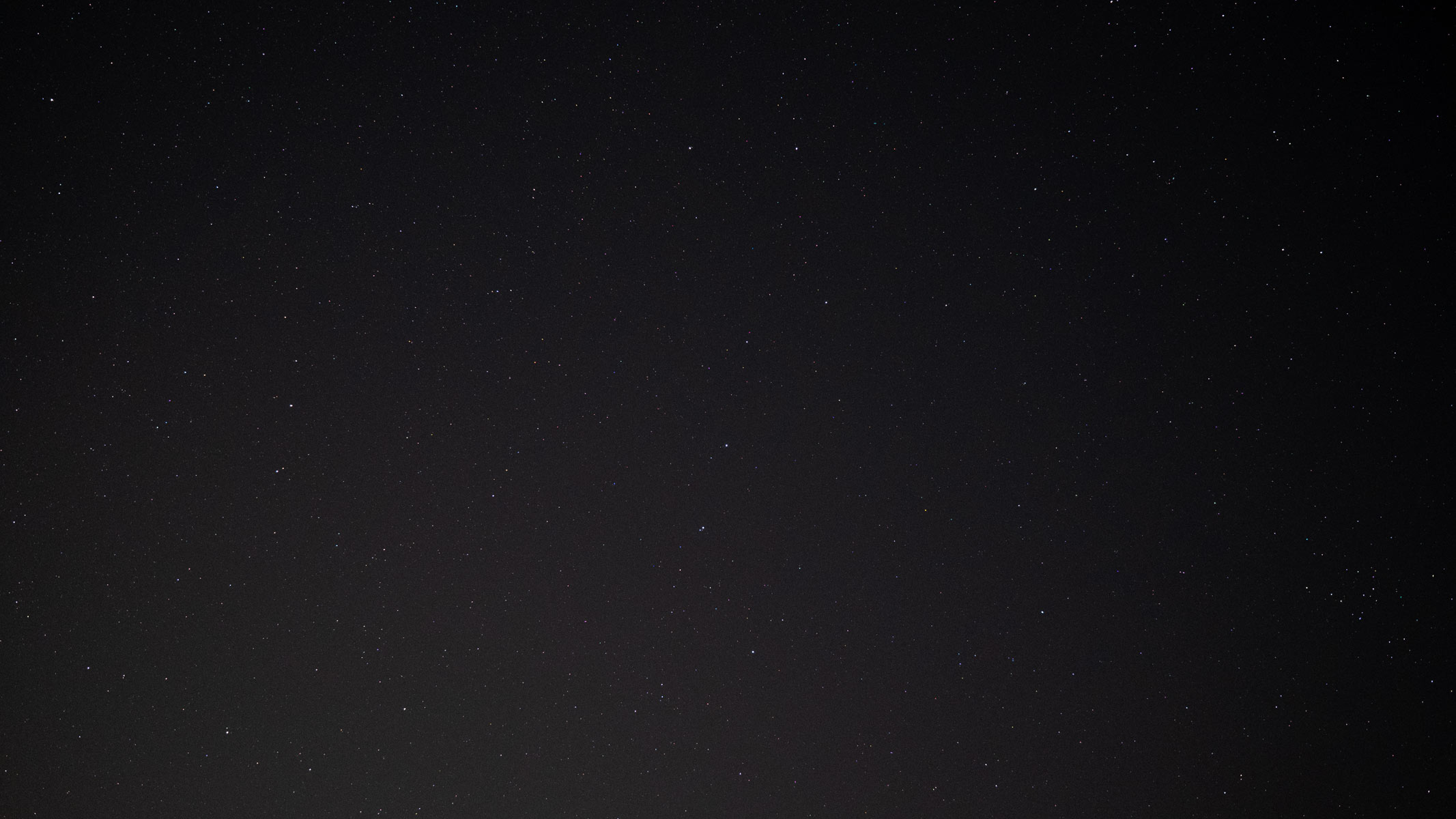
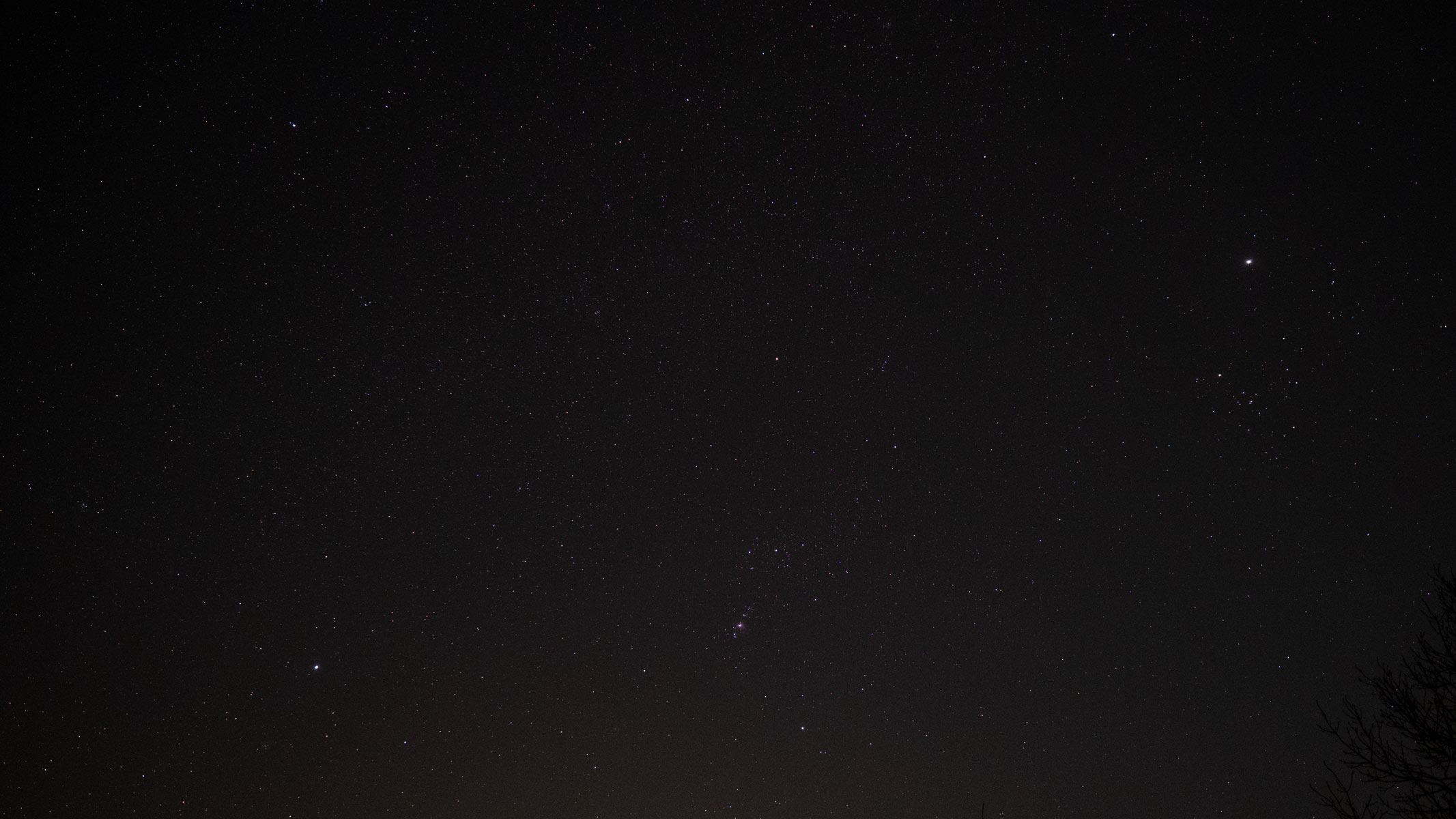
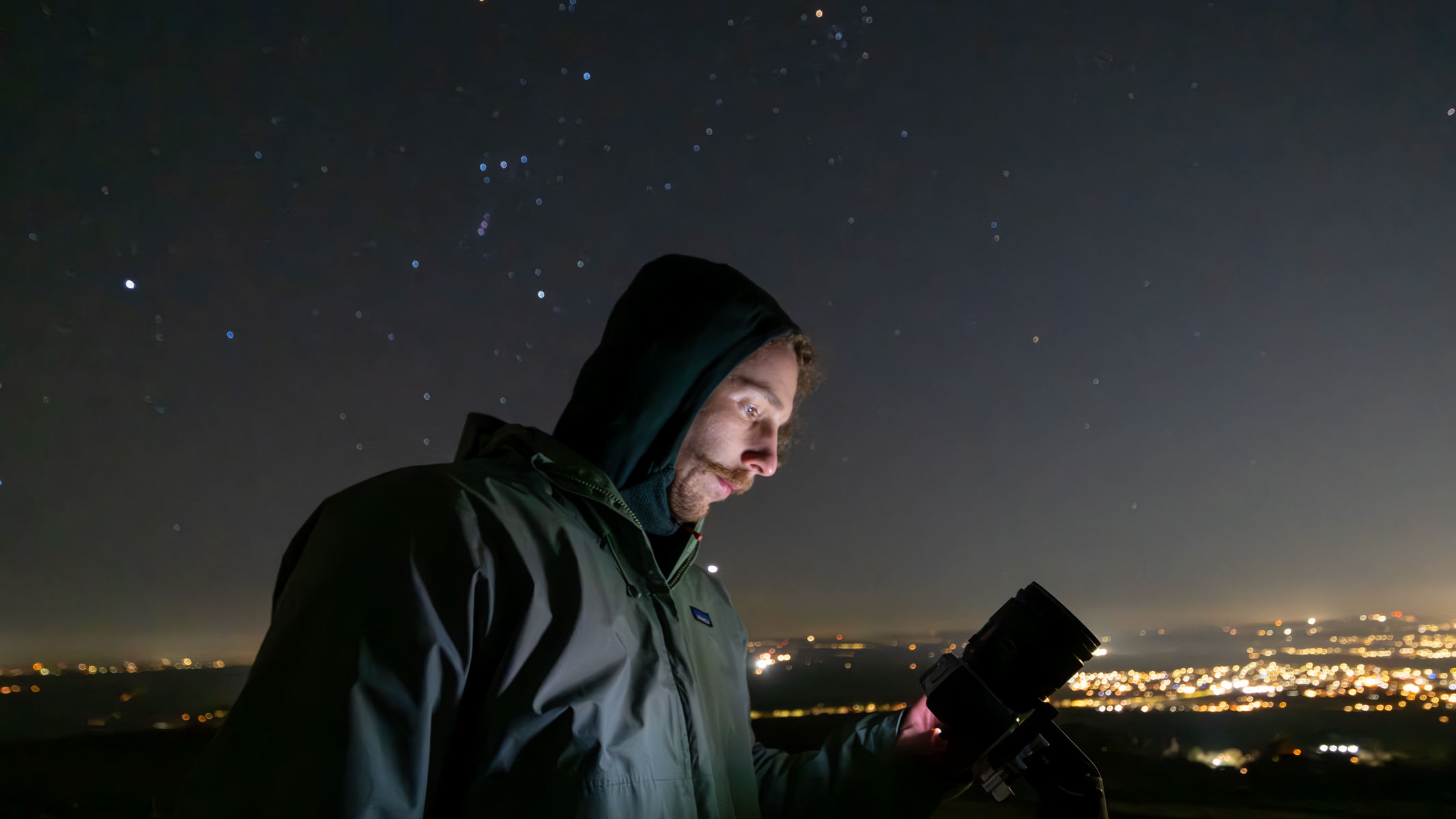
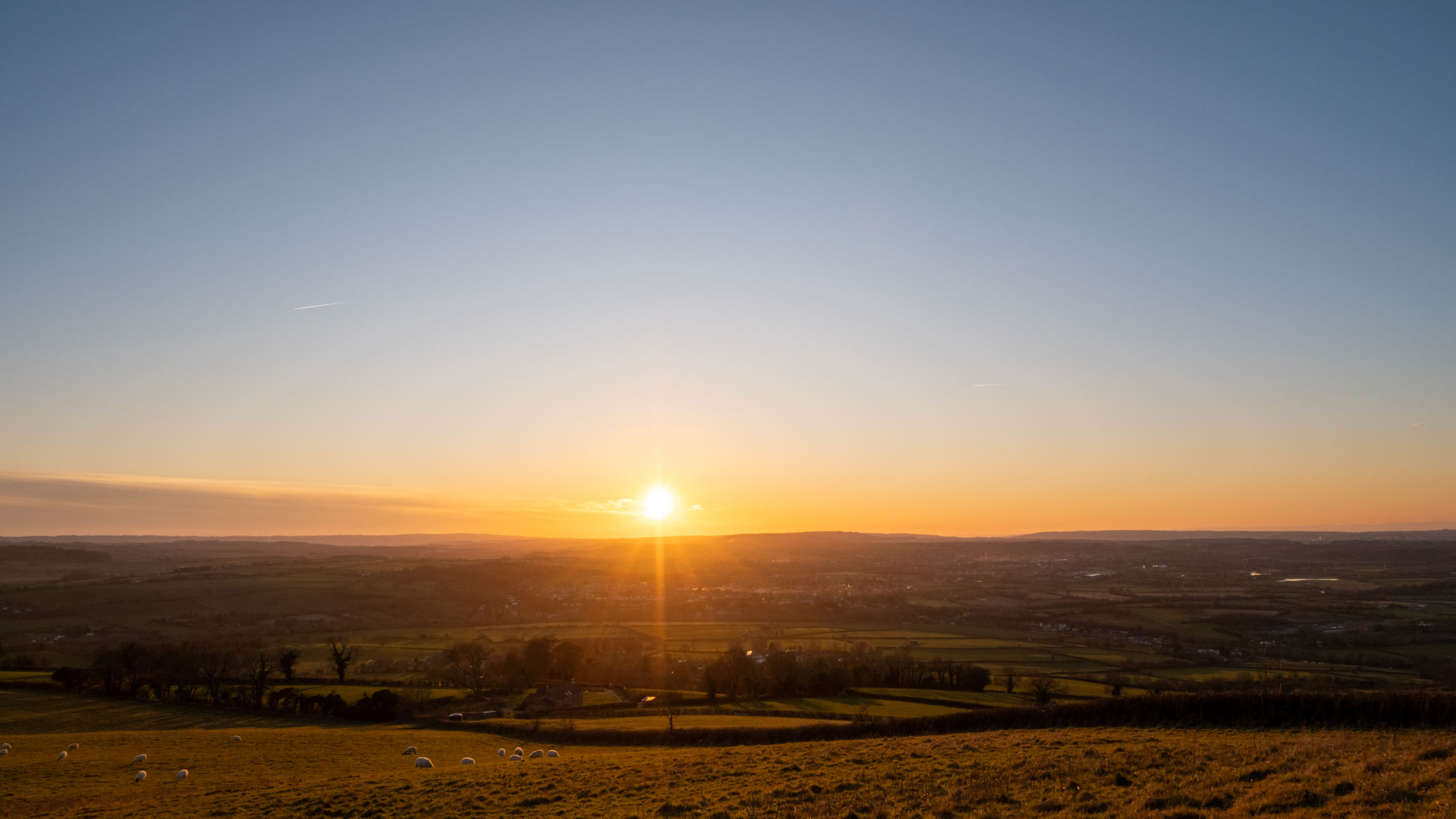
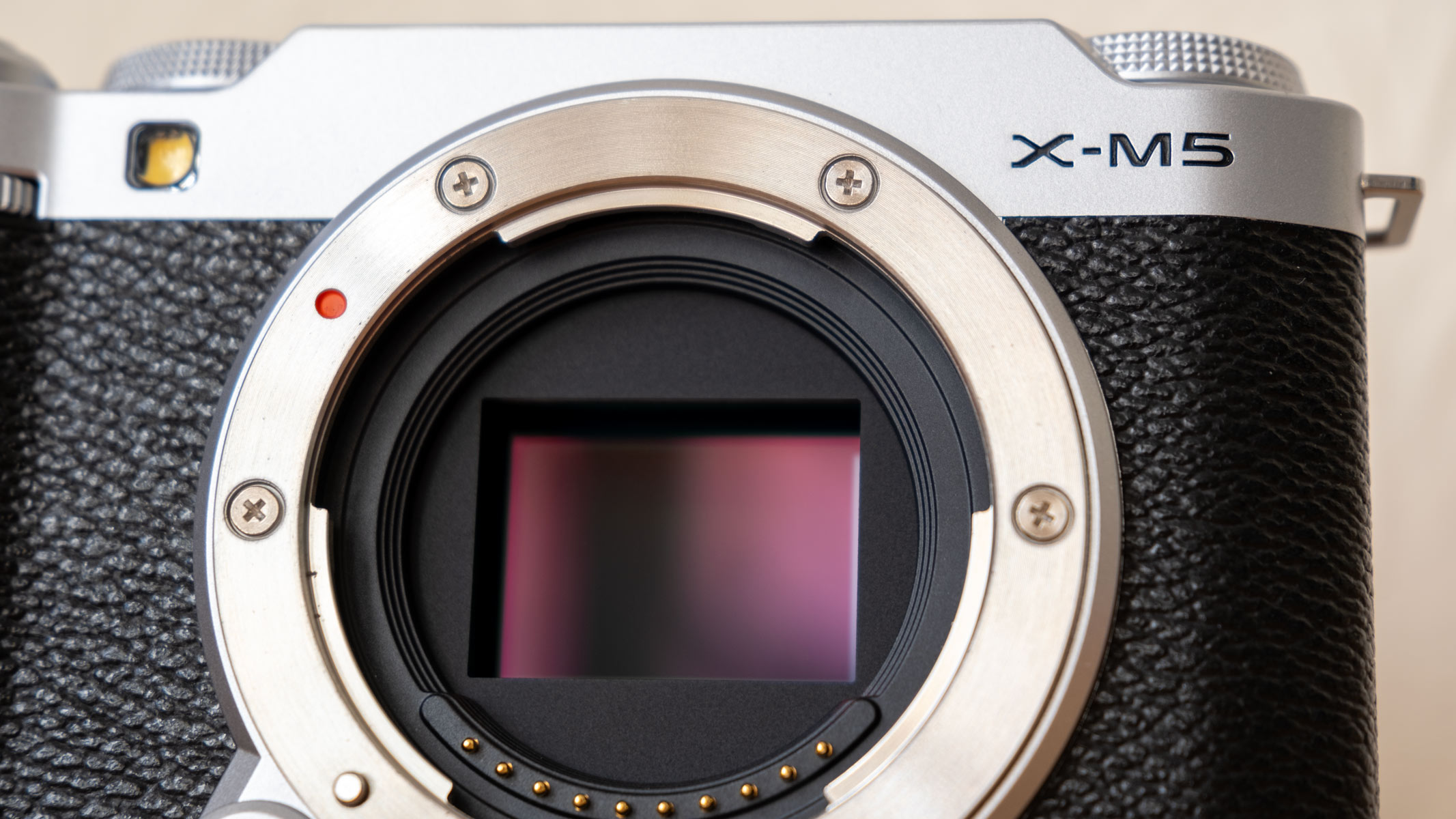

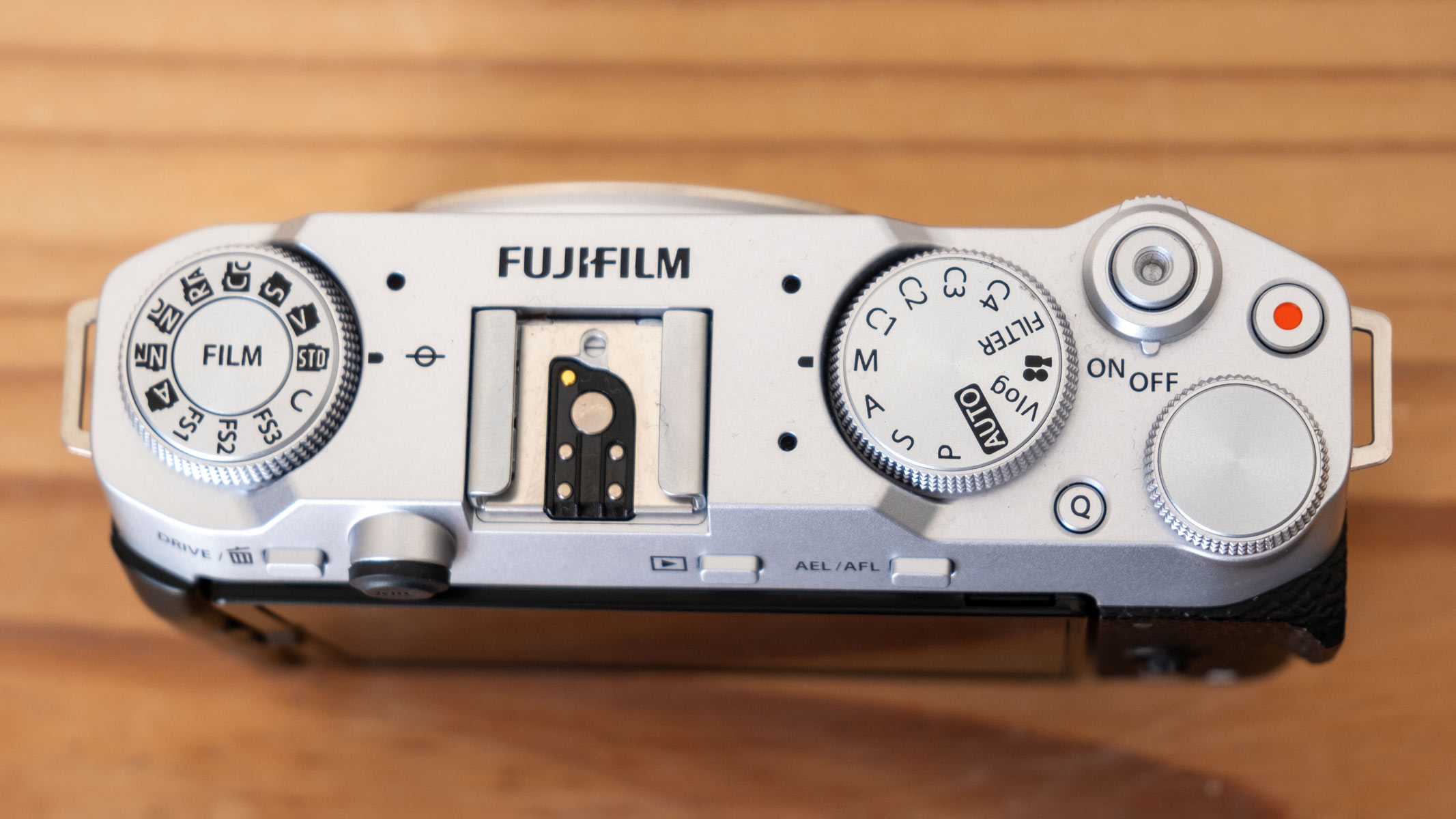
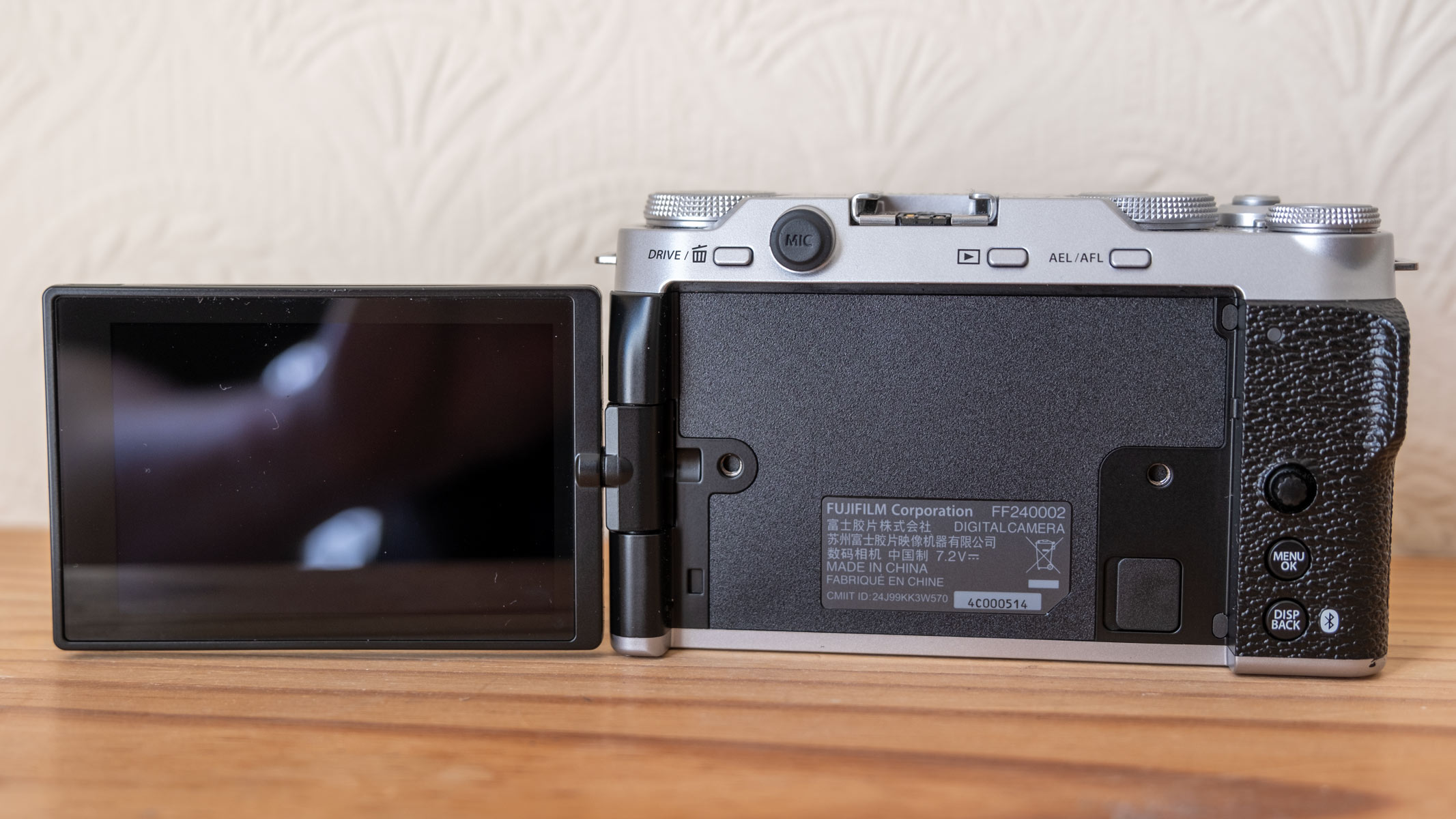
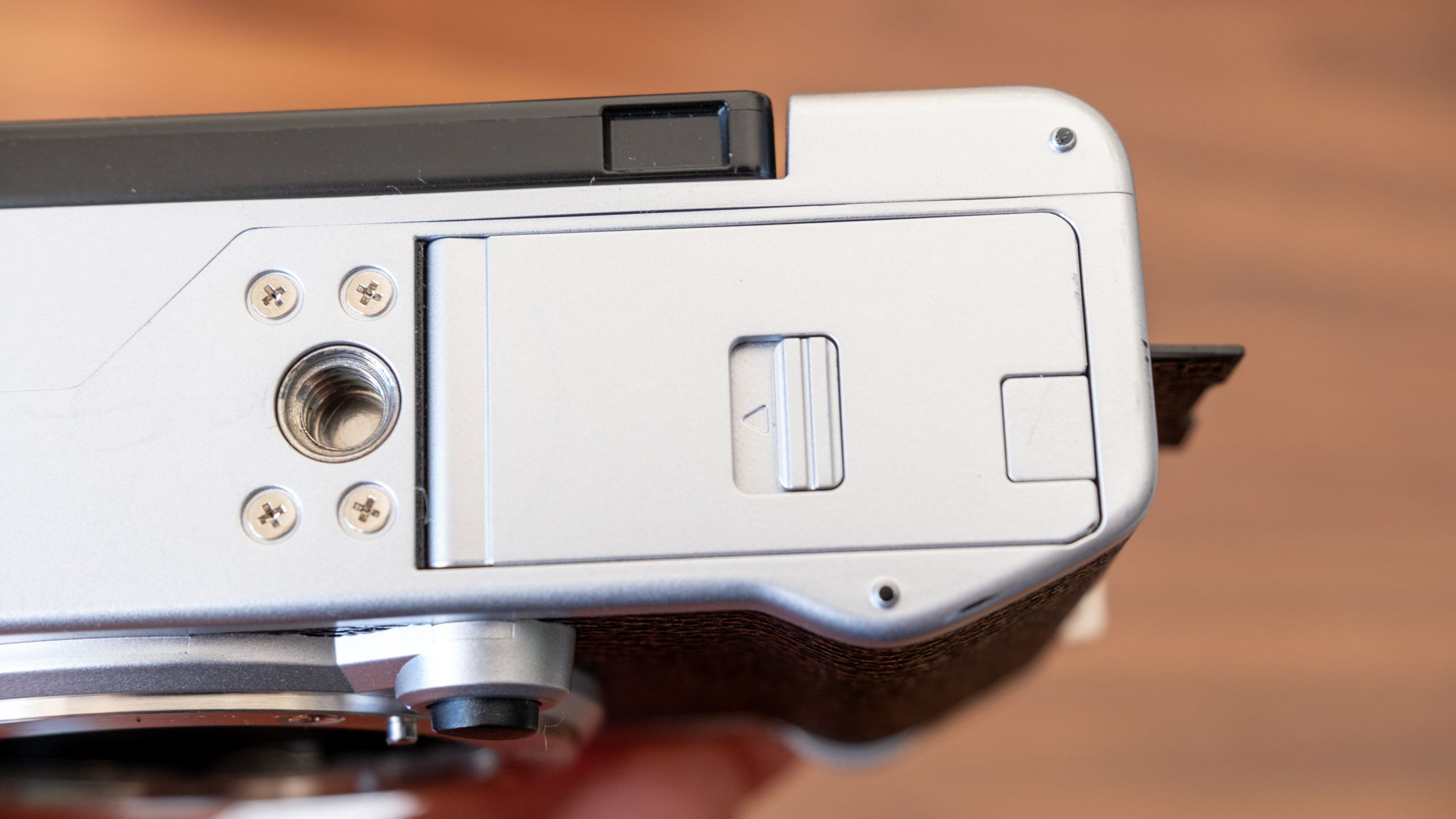
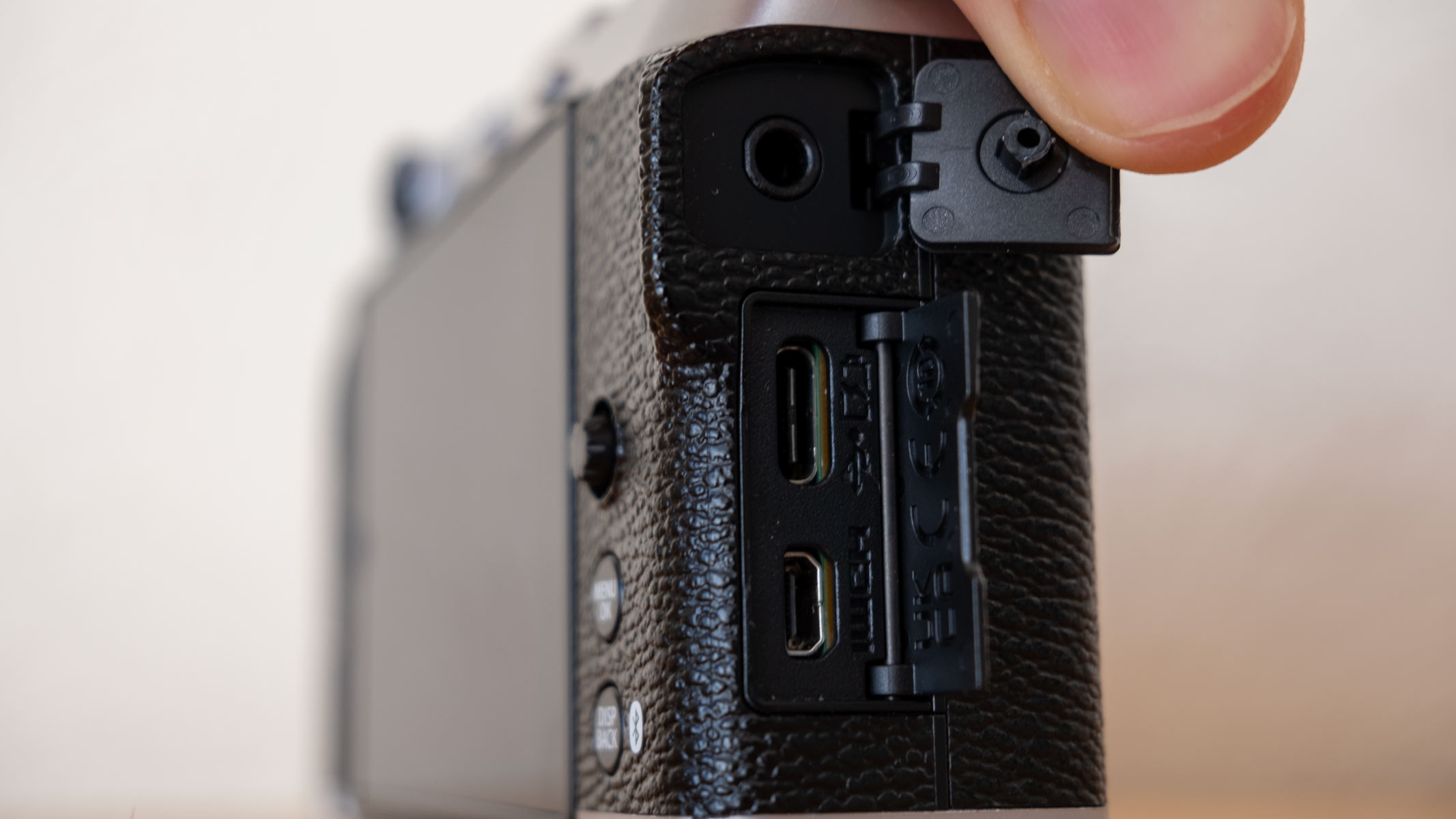
Fujifilm X-M5
Our expert review:
Specifications
Reasons to buy
Reasons to avoid
✅ You need a compact camera. The X-M5 weighs only 12.5 ounces and is compact enough to fit in your pocket.
✅ You are a beginner. This is a great camera for a beginner because of its simple controls and creative film-simulation dial.
❌ You often use large lenses. Although the X-M5 is compatible with all of Fujifilm's XF lenses, it can feel unbalanced with larger zooms or aspherical lenses.
❌ You are an intermediate photographer. The X-M5 can feel a bit basic for intermediate photographers, as it lacks a full dial system for controlling exposure and has a lower-resolution sensor.
🔎 Fujifilm X-M5: The X-M5 is a superportable introductory camera that's perfect for travel and is more than capable of basic astrophotography.★★★★
The Fujifilm X-M5 is all about balance and portability; it delivers a 26-MP sensor and reliable autofocus in a body that can easily fit in your pocket. Although it lacks a traditional grip, it's a handy camera that can capture a wide range of subjects. The price is midtier for an APS-C sensor, giving pro-level image results without bulk.
In our review, we were impressed with the astrophotography results of this camera, especially with the XF 18mm f/1.4 lens. We managed to get good shots of Orion, the Pleiades star cluster and Jupiter. There was a lot of noise when we pushed up the ISO, but we rarely needed to raise it that high.
Compared with the X-T50 and the X-H2, X-M5 trades in resolution and a viewfinder, among other features, for compactness. If portability is your main consideration, then it is hard to beat the X-M5.
Because it's designed with beginners in mind, the Fujifilm X-M5 has a limited set of controls aimed at making photo capture easy and fun. We love the new film-simulation dial that makes it quick and easy to change your film style.
Attributes | Notes |
|---|---|
Design | Lightweight and compact camera |
Performance | Strong autofocus and astrophotography capability |
Functionality | Fully articulated LCD screen and compatibility with all XF lenses |
Best for versatility
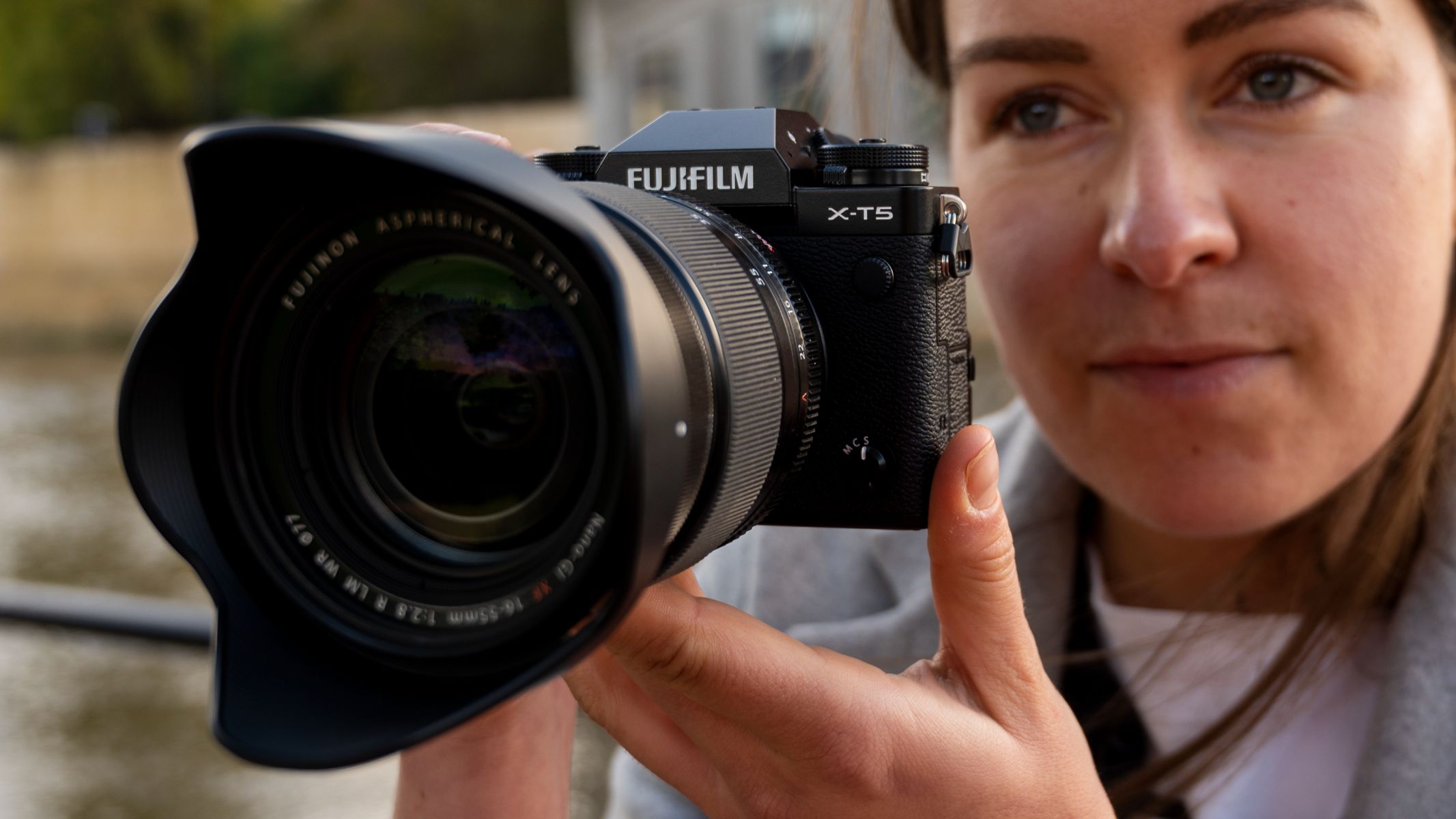
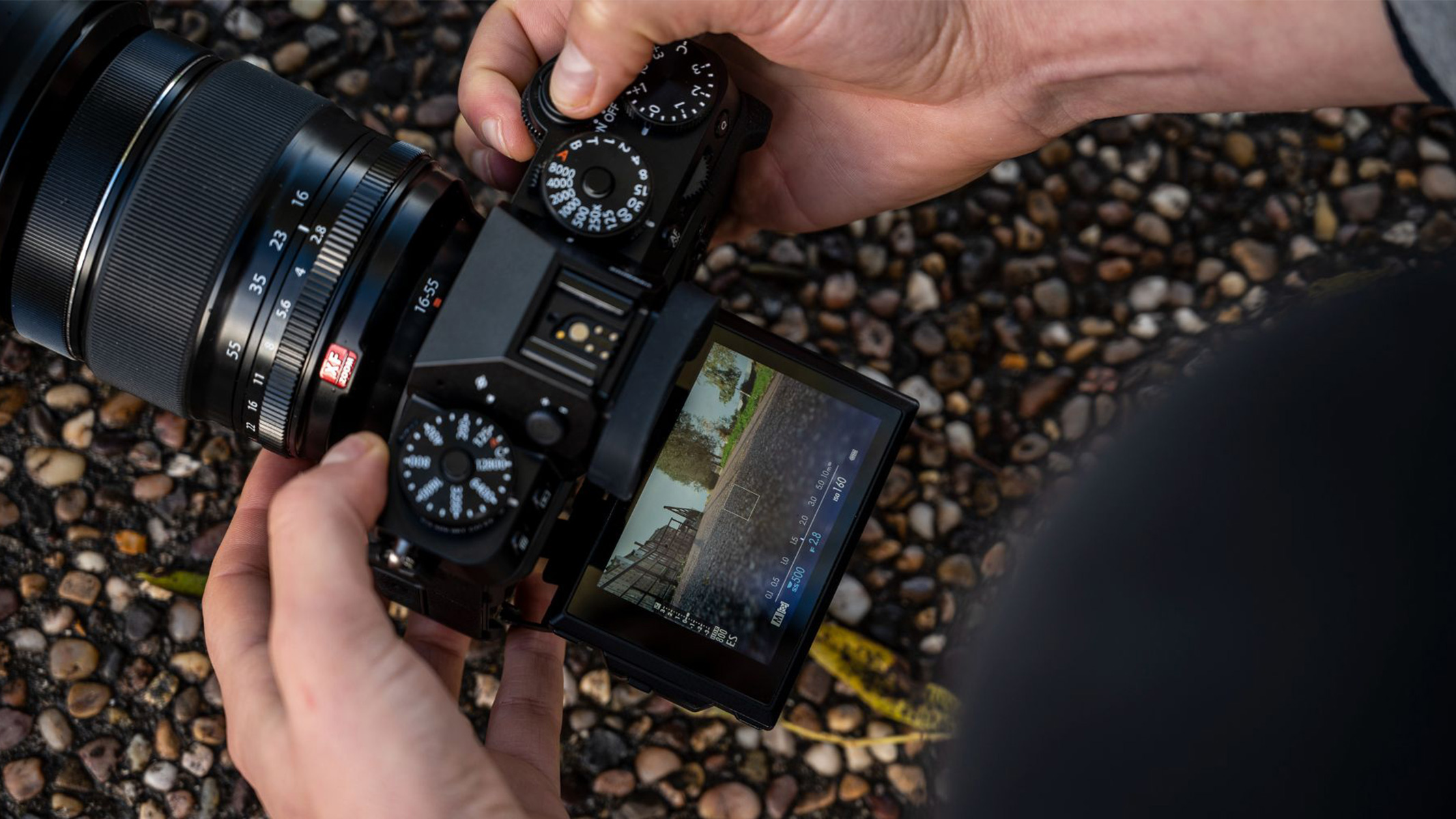
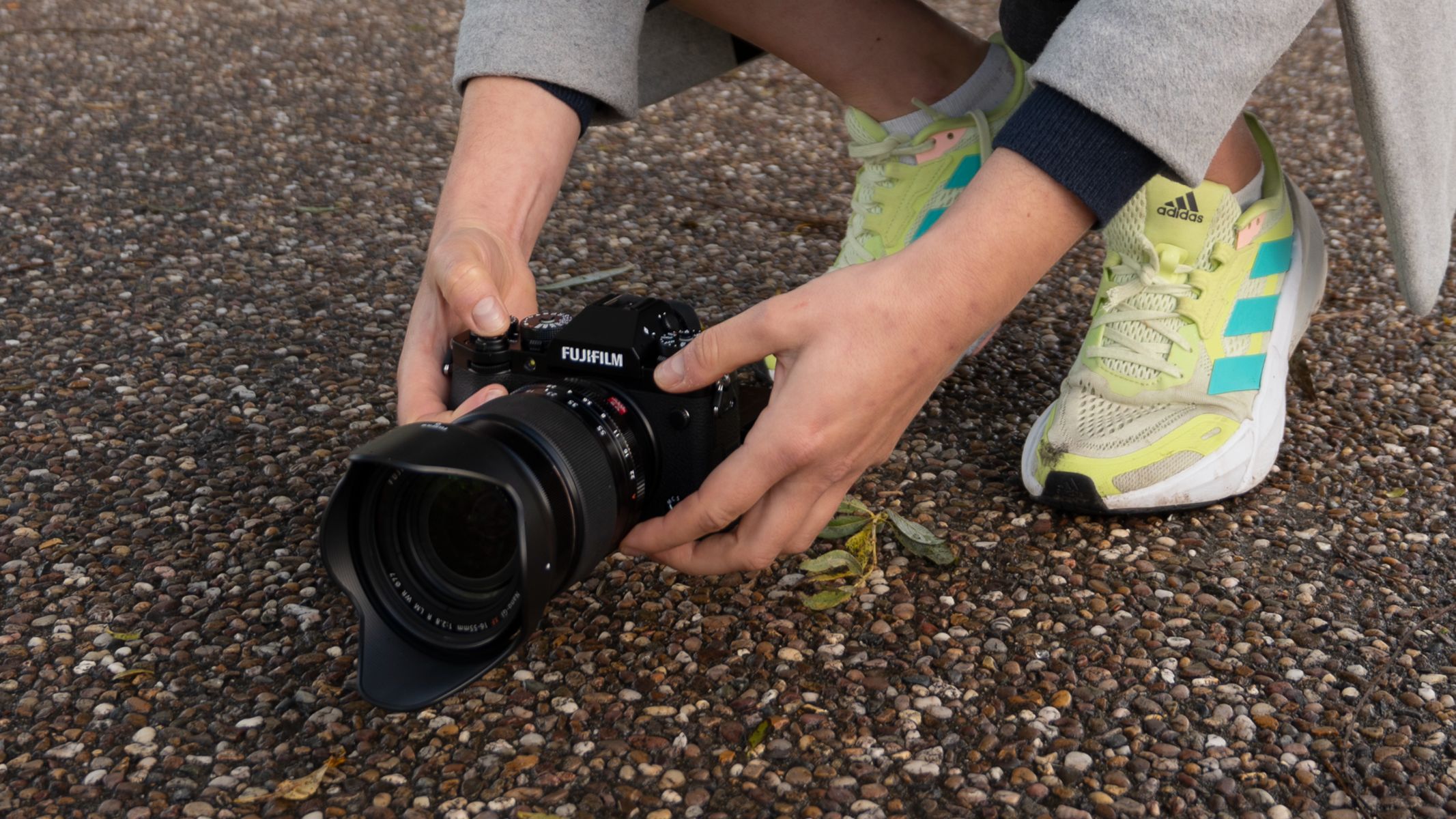
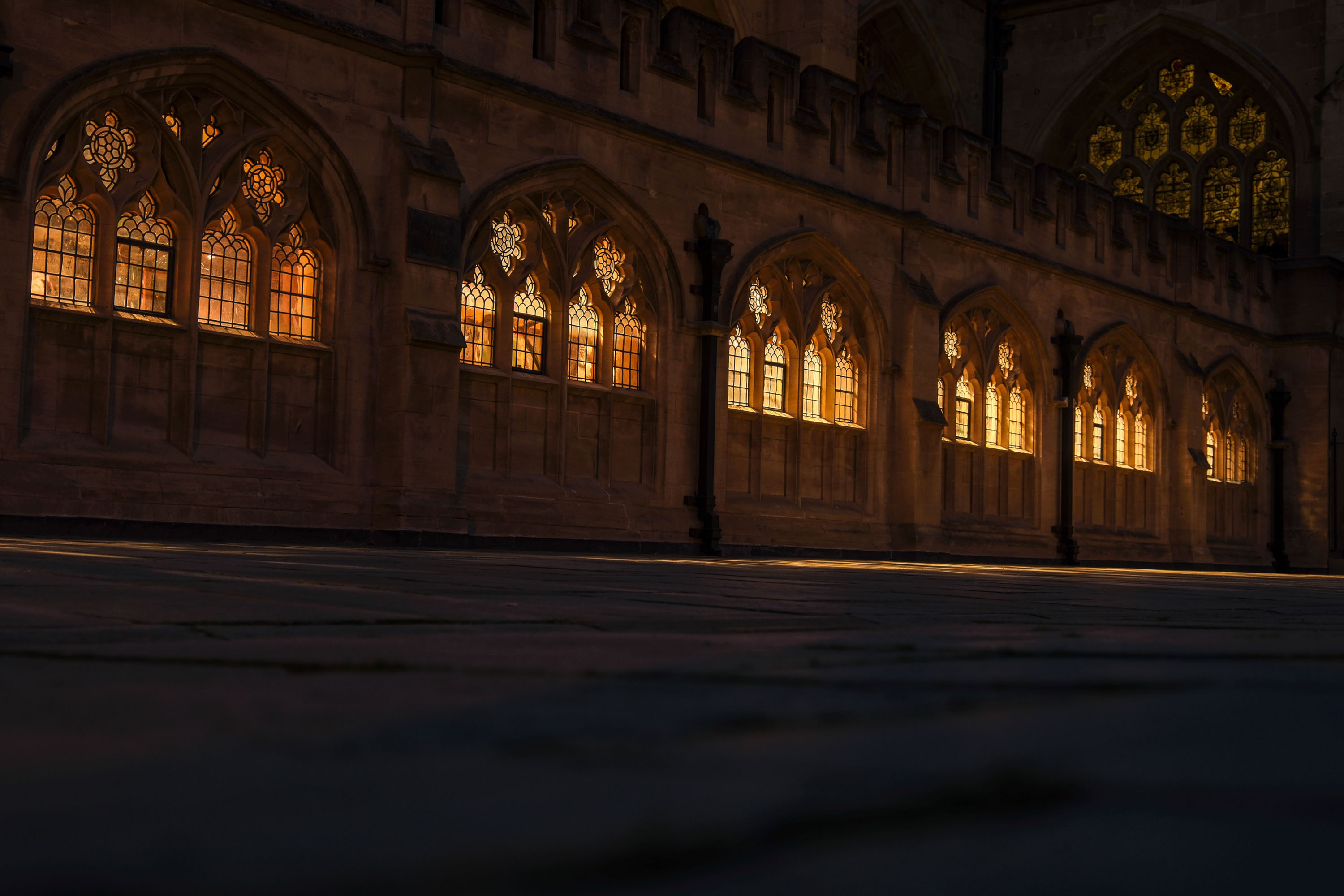
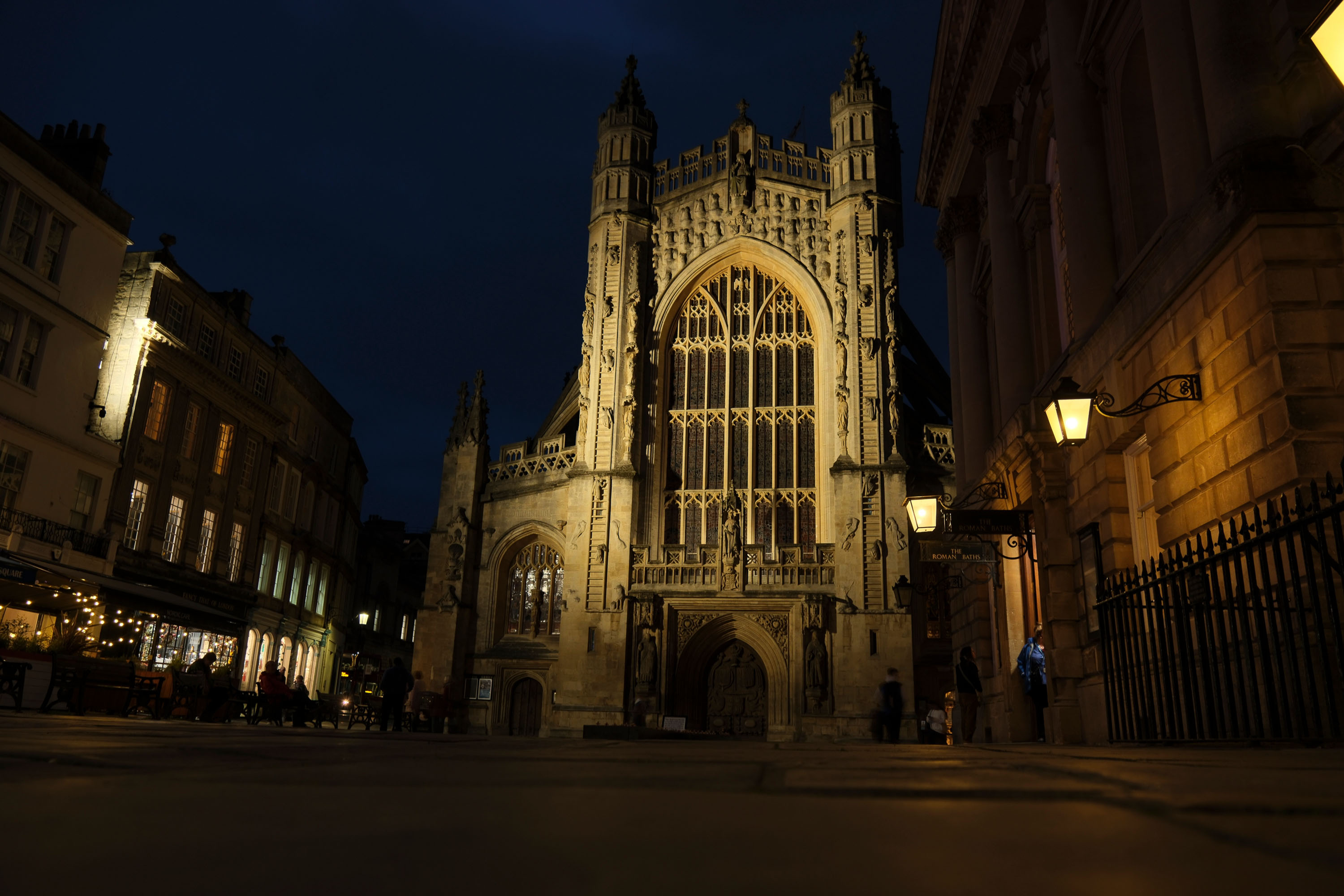
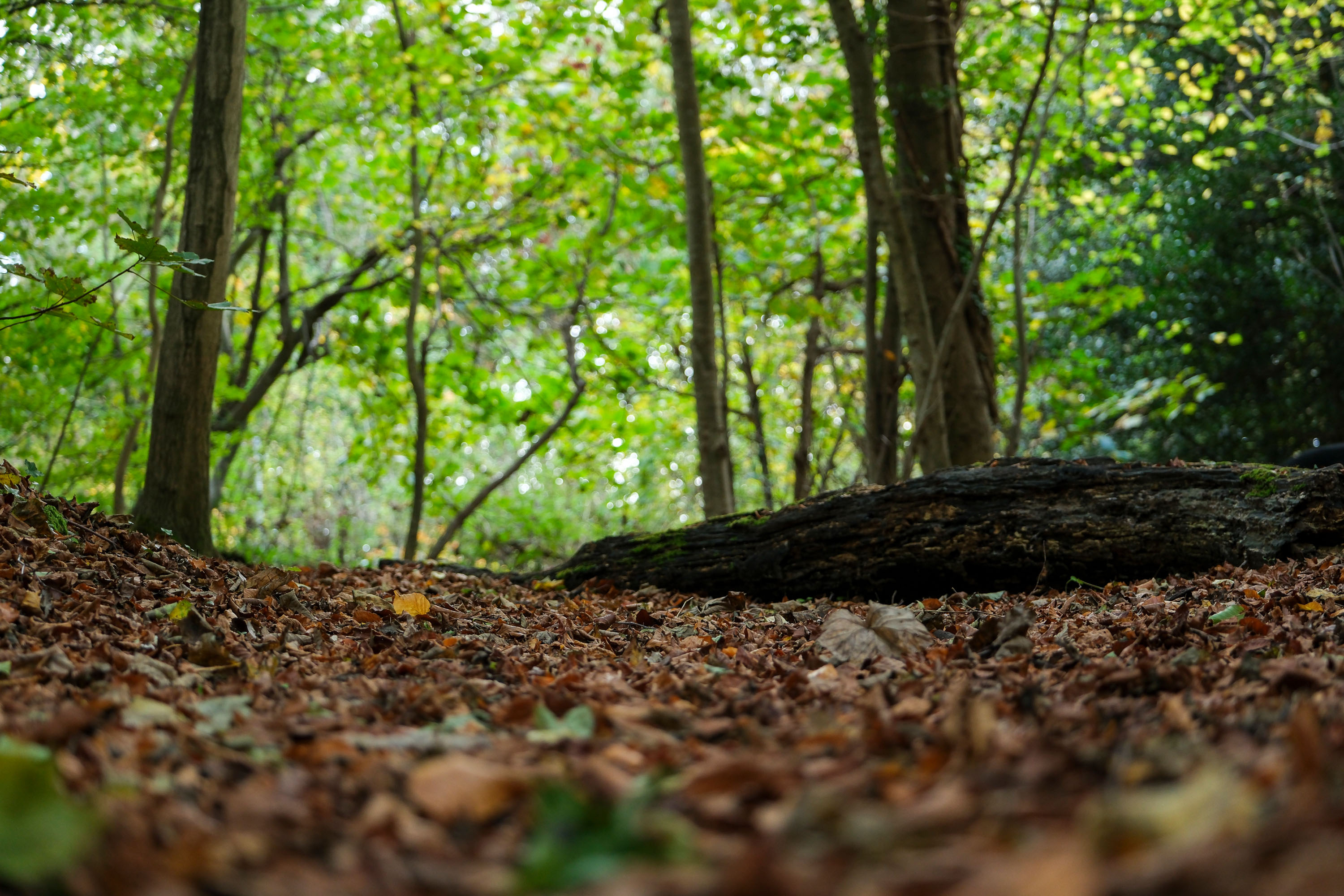
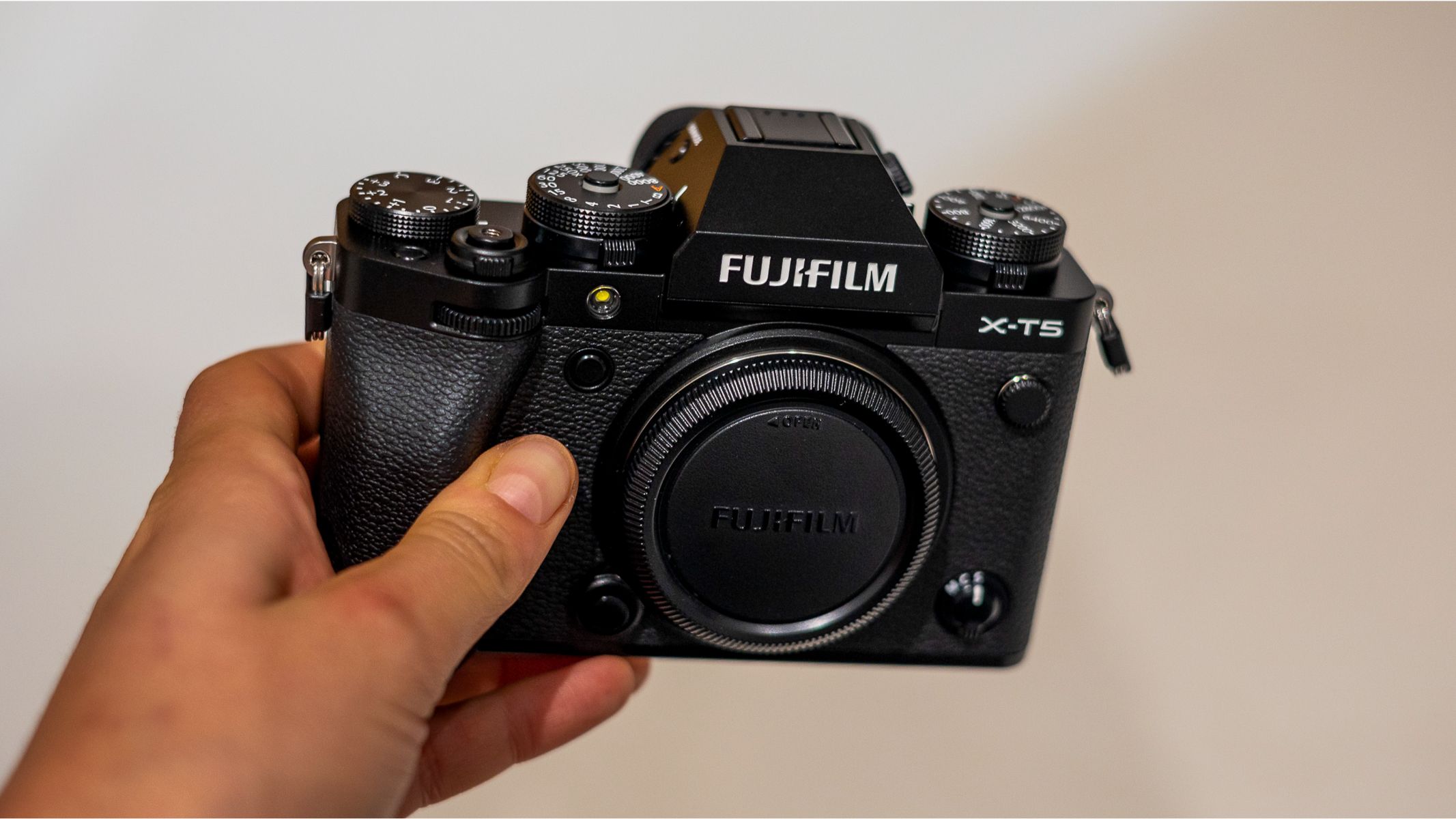
Specifications
Reasons to buy
Reasons to avoid
✅ You want one camera to do it all. The X-T5 can handle landscapes, portraits, action shots and astrophotography thanks to its 40-MP sensor.
✅ You shoot in challenging conditions. The X-T5 has 56 weather-sealed points to prevent water and dust ingress.
❌ You want a modern-style camera. The traditional control layout might feel slower to operate than controls on other cameras.
❌ You only shoot astrophotography. Although it performs well in low light, the APS-C sensor and lack of astro-specific features mean the X-T5 isn't a good choice for users who only shoot astrophotography.
🔎 Fujifilm X-T5: The X-T5 is a great all-rounder that can handle a wide range of shooting needs, all while being resilient in tough conditions. ★★★★
The X-T5 delivers the same powerful 40-MP X-Trans sensor, 6.2K video capability and in-body stabilization as the Fujifilm X-T50. So what's different? The X-T5 has 56 weather-sealed points, whereas the X-T50 has none. It also features a screen that can tilt on two different axes, dual memory card slots, more manual controls and pixel-shift multishot.
In our Fujifilm X-T5 review, we praised the camera's stellar low-light performance and sharp detail; we managed to get high-resolution images of nighttime architecture. We thought the screen's lack of full articulation and dim dial visibility were some drawbacks when shooting in dark environments.
When compared with rival APS-C cameras like the Sony A6700 and the Canon EOS R7, the X-T5 stands out with higher resolution and in-body image stabilization. It has great color rendering for its class, but noise at higher ISOs reveals the limits of the sensor size.
The X-T5 is tailored more to professionals than the X-T50 is, with advanced shooting options, extra storage and a weather-sealed body. Users who prefer full manual operation of exposure will also delight in the full range of controls on top of the camera.
- Read our full Fujifilm X-T5 review
Attributes | Notes |
|---|---|
Design | Rugged hybrid camera with manual control dials |
Performance | Strong low-light performance at lower ISOs |
Functionality | Great battery life and 56 points of weather sealing |
Best for beginners
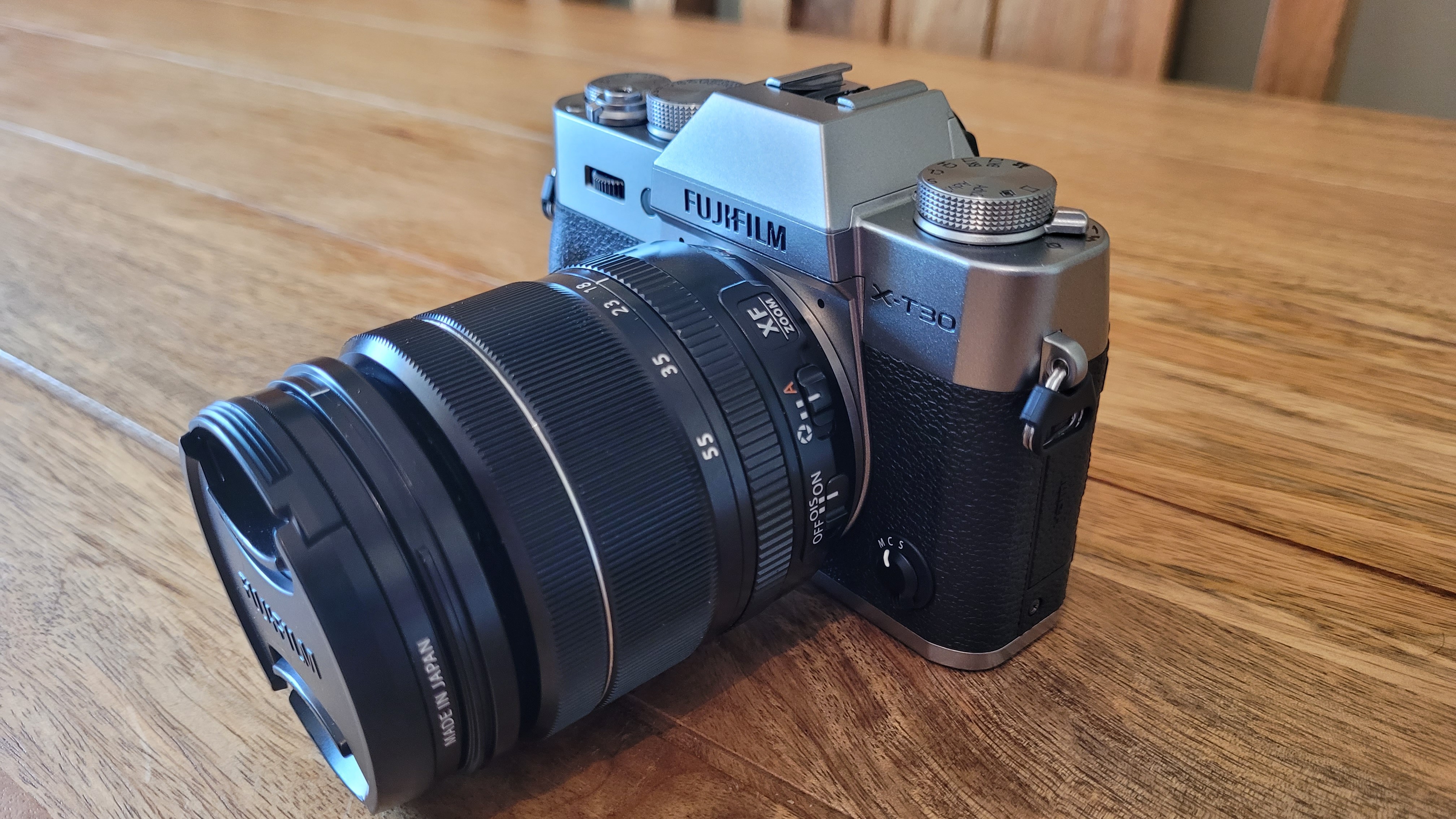
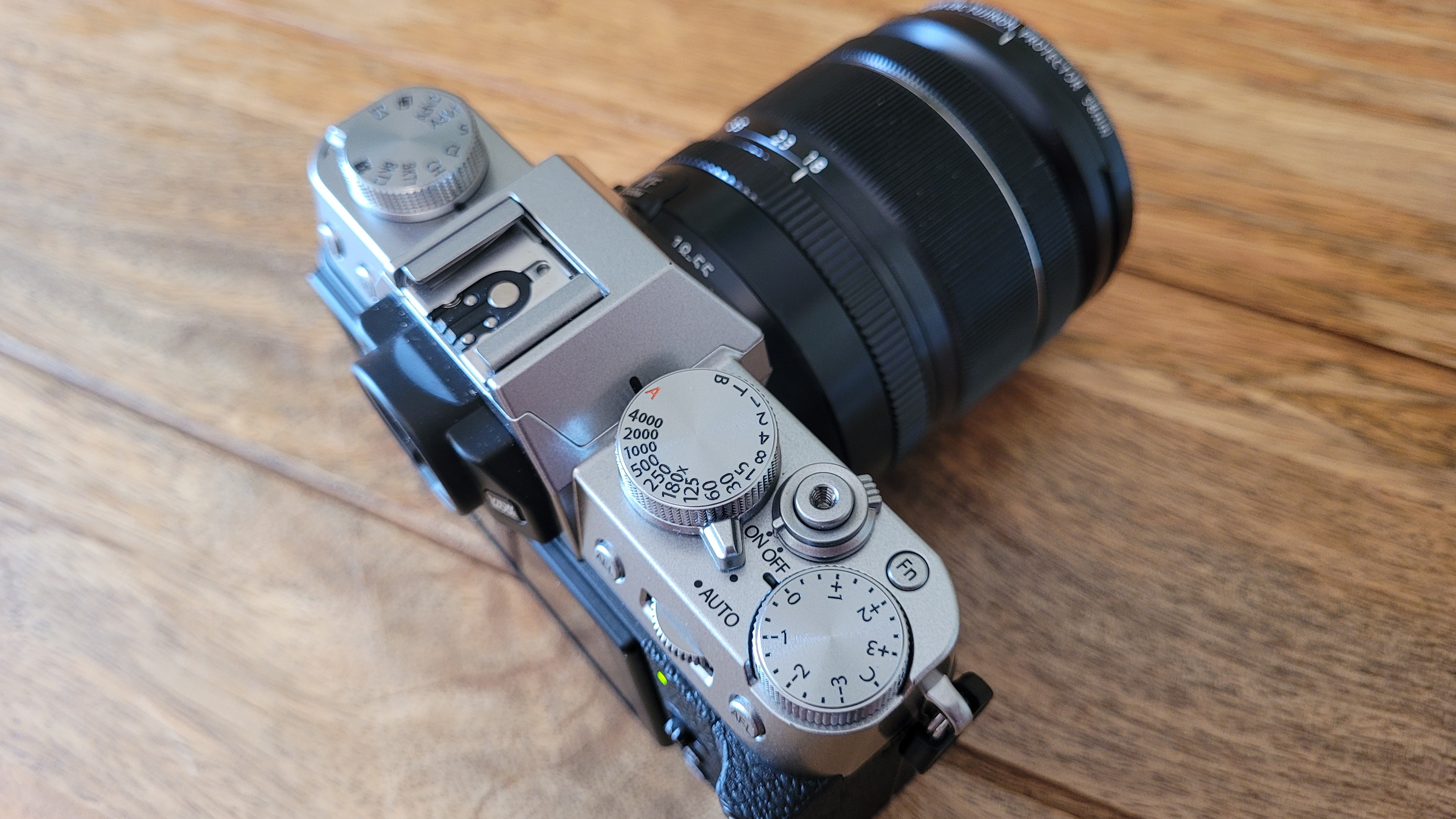
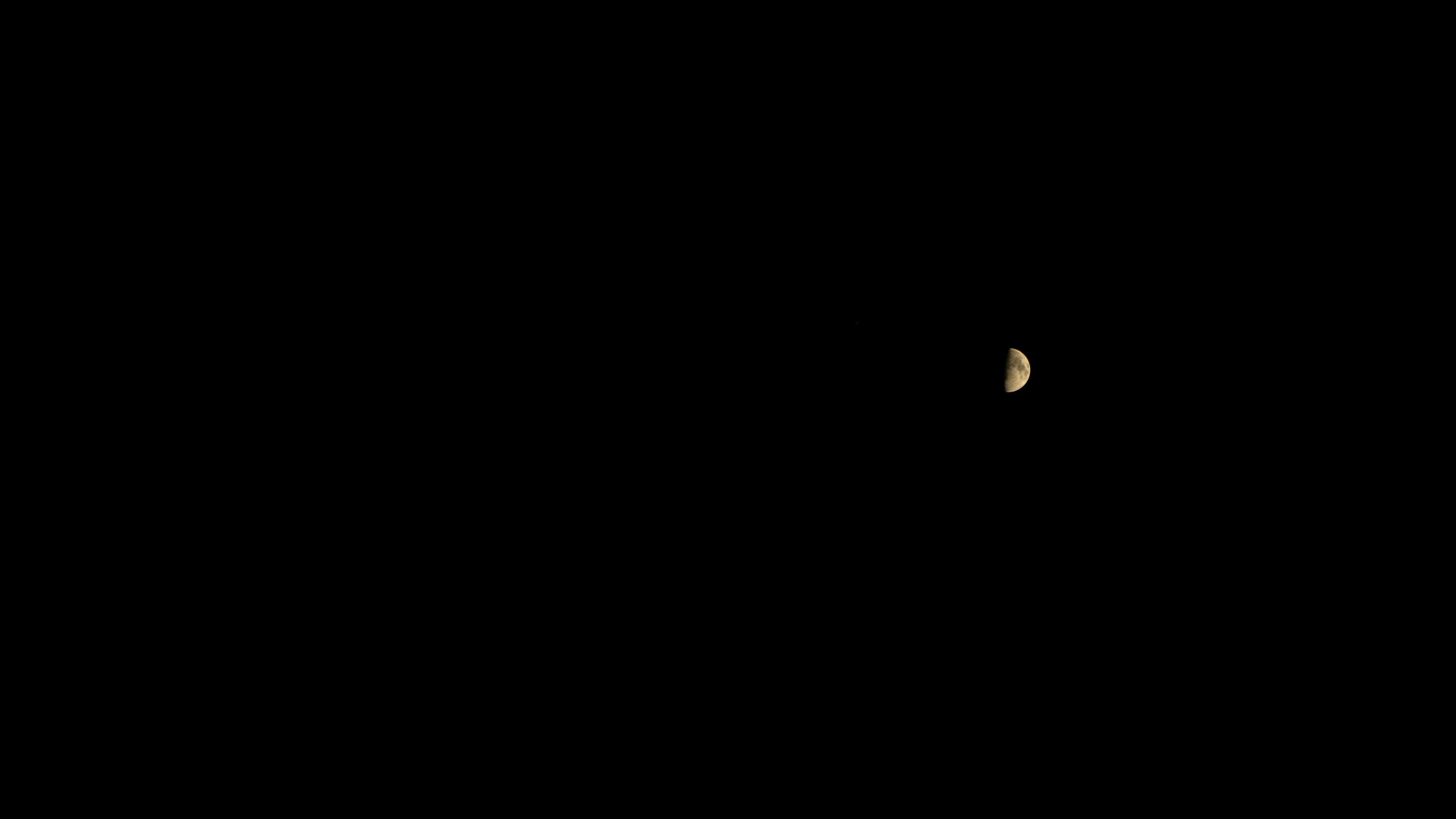
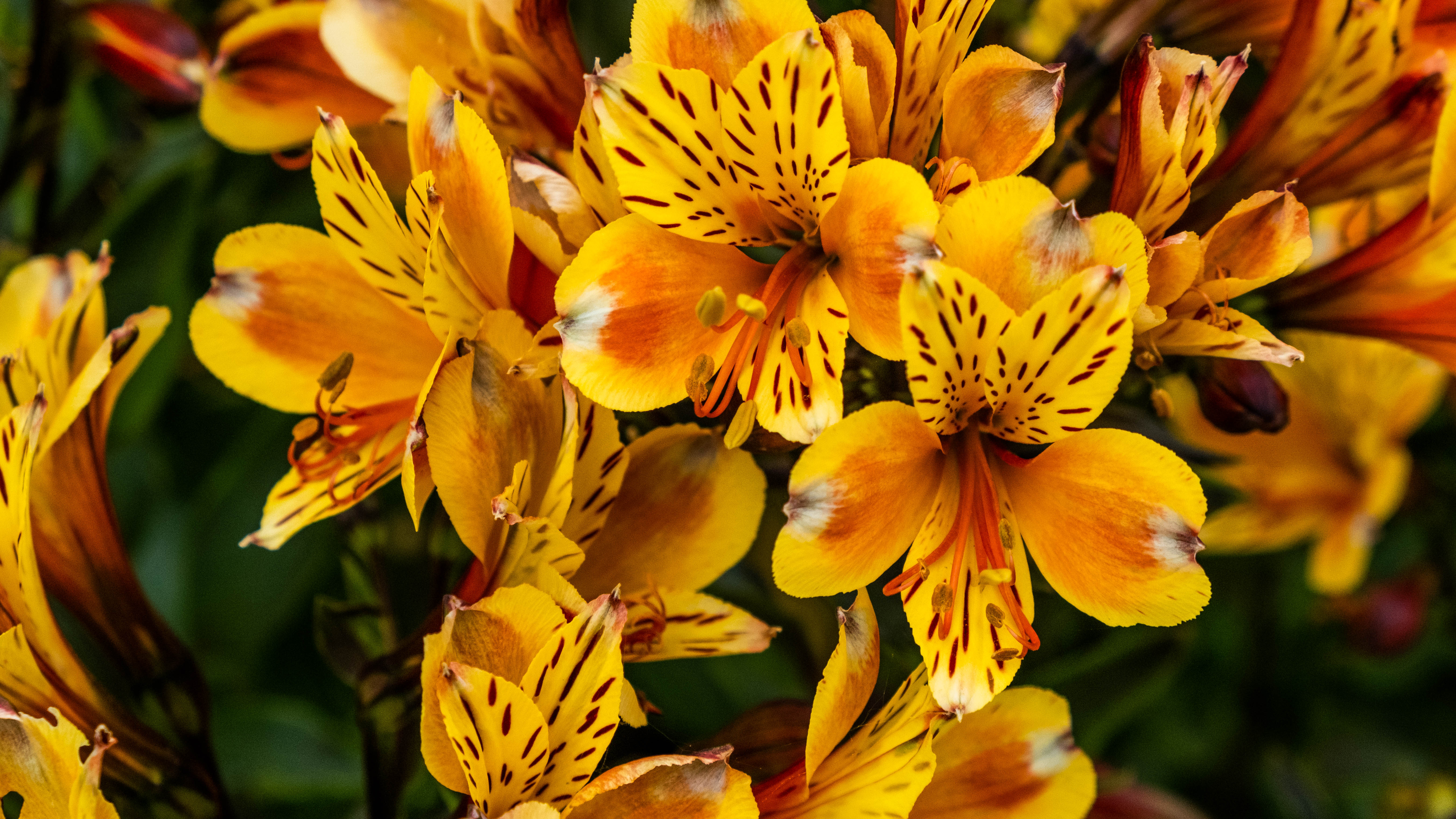
Specifications
Reasons to buy
Reasons to avoid
✅ You are a beginner. The X-T30 II is powerful but approachable for a photographer just starting out, with plenty of auto modes and film simulations.
✅ You want a camera for everyday shooting. The sensor is a modest 26-MP but can produce high-resolution images of a wide range of subjects.
❌ You shoot in low light often. Although it can capture acceptable photos of the moon, the X-T30 II doesn't handle high ISOs well and lacks in-body image stabilization for shooting in dim conditions.
❌ You are an intermediate photographer. The X-T30 II lacks the functionality demanded of intermediate-level cameras, such as a high-resolution sensor and strong battery life.
🔎 Fujifilm X-T30 II: This is a budget-friendly beginner camera for everyday shooting and introduces you to the Fujifilm ecosystem. ★★★★1/2
The Fujifilm X-T30 II is a compact camera from Fujifilm's X-T camera line. The body looks very similar to the X-T50's vintage-style housing, but the X-T30 II has weaker specs and a smaller body.
Although we can't recommend this camera for astrophotography specifically, we can recommend it for everyday shooting. In our Fujifilm X-T30 II review, we were impressed with the autofocus speed and accuracy of the 425-point hybrid autofocus system. When shooting outdoors, we captured impressive colors and sharp detail. We even managed to get a decent photo of the moon!
The X-T30 II's weak points lie in its low-light performance. Stars were invisible in our shots, and there was significant noise at higher ISO levels. The X-T30 II also lacks in-body image stabilization, making it difficult to shoot sharp images in dim conditions.
That said, the X-T30 II is a strong beginner camera that is capable of 4K video and excels in daylight shooting. At just over 13 ounces, this is a nice lightweight introduction to the Fujifilm mirrorless world.
- Read our full Fujifilm X-T30 II review
Attributes | Notes |
|---|---|
Design | Compact vintage body with a tilting screen |
Performance | Good daylight shooting performance |
Functionality | Great connectivity with the Fujifilm smartphone app |
Best medium format
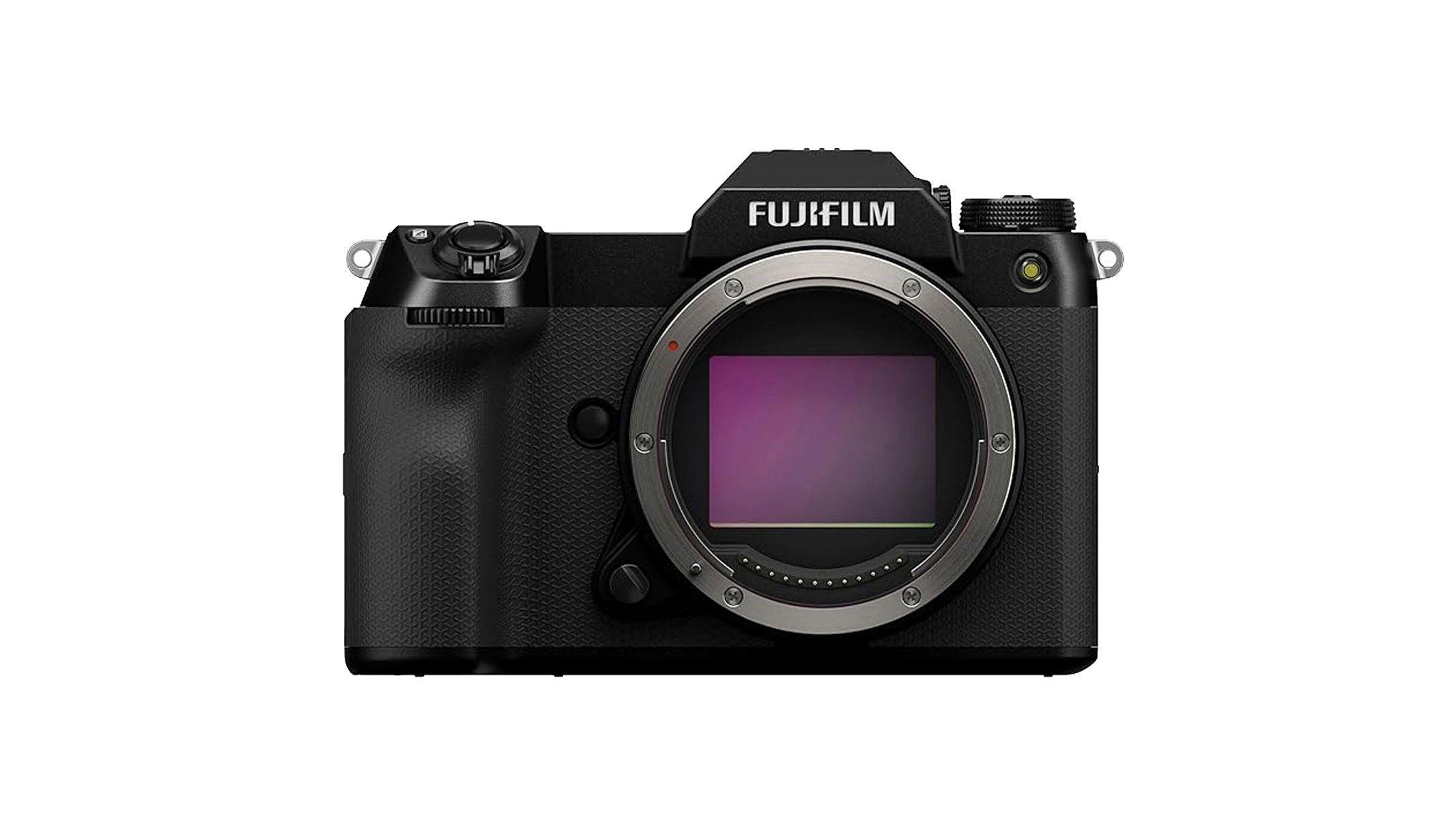

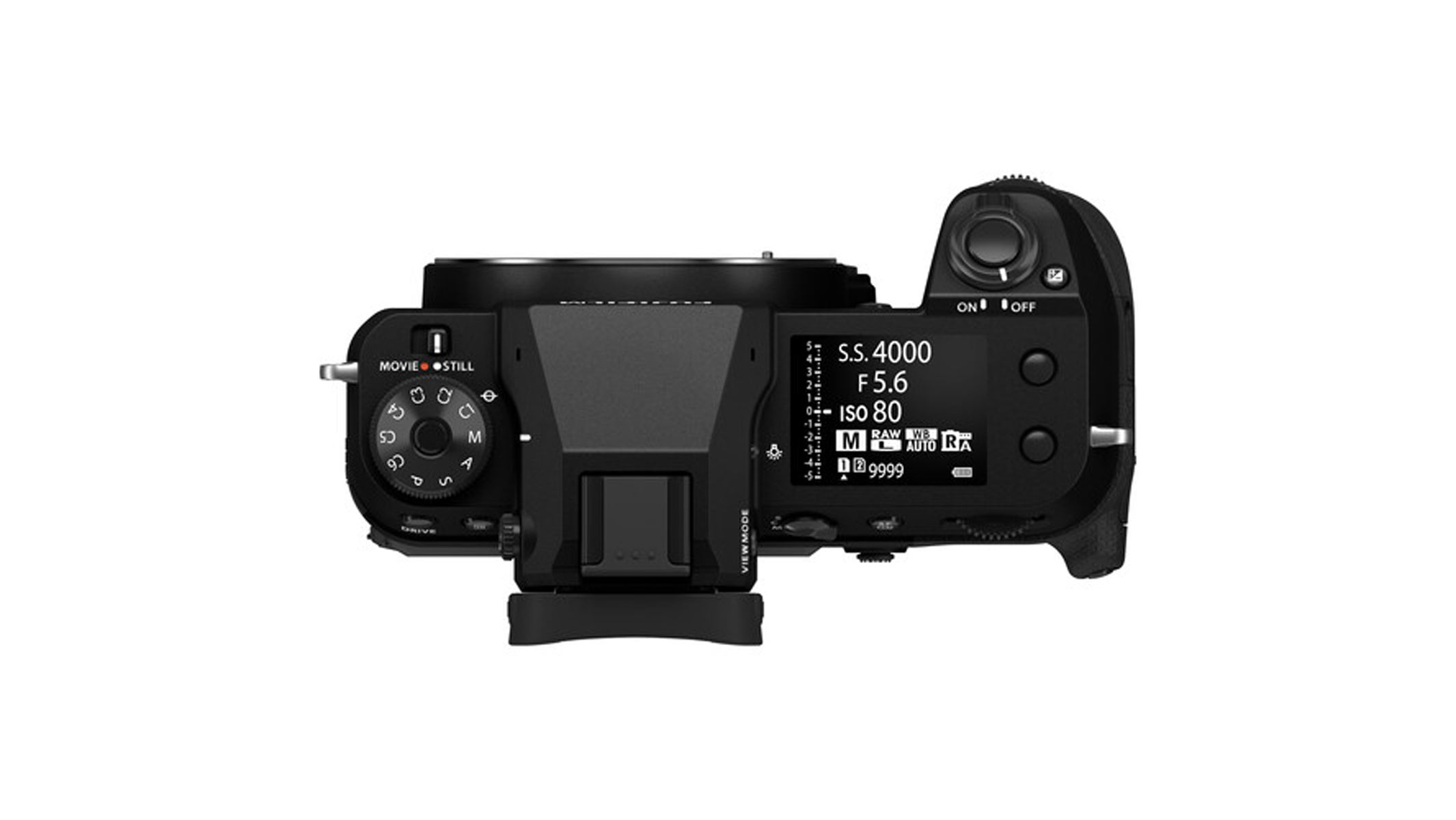
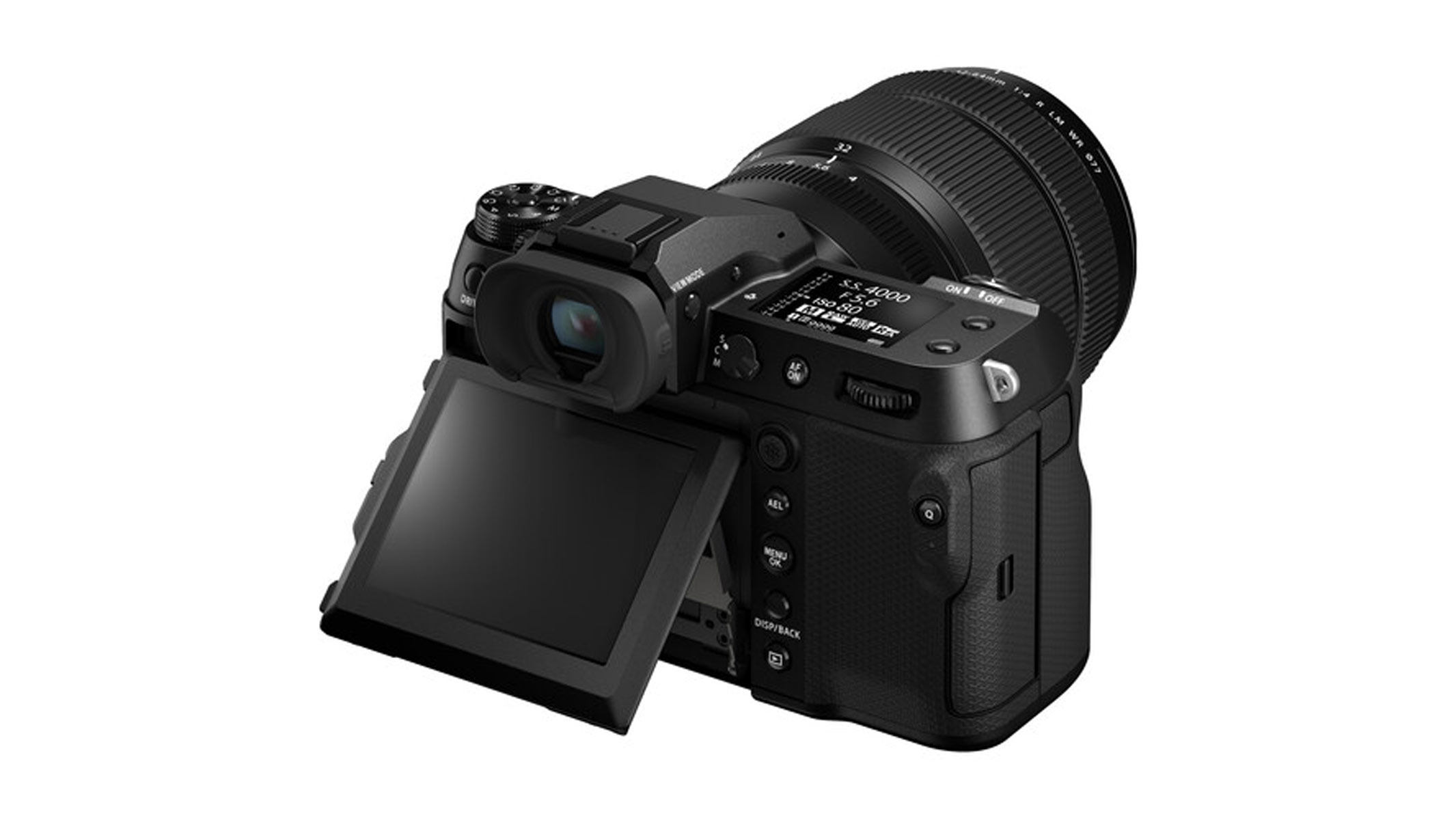
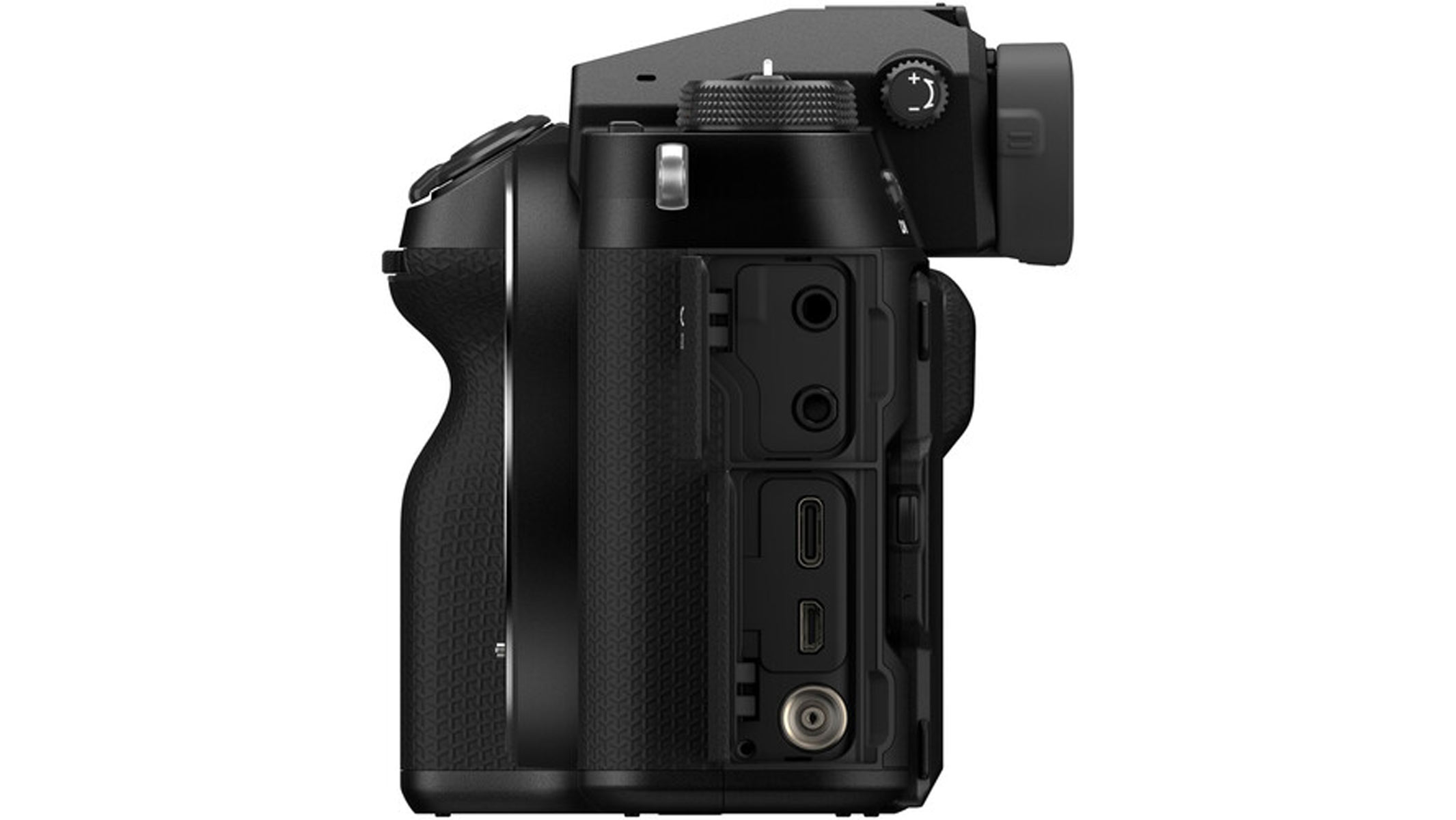
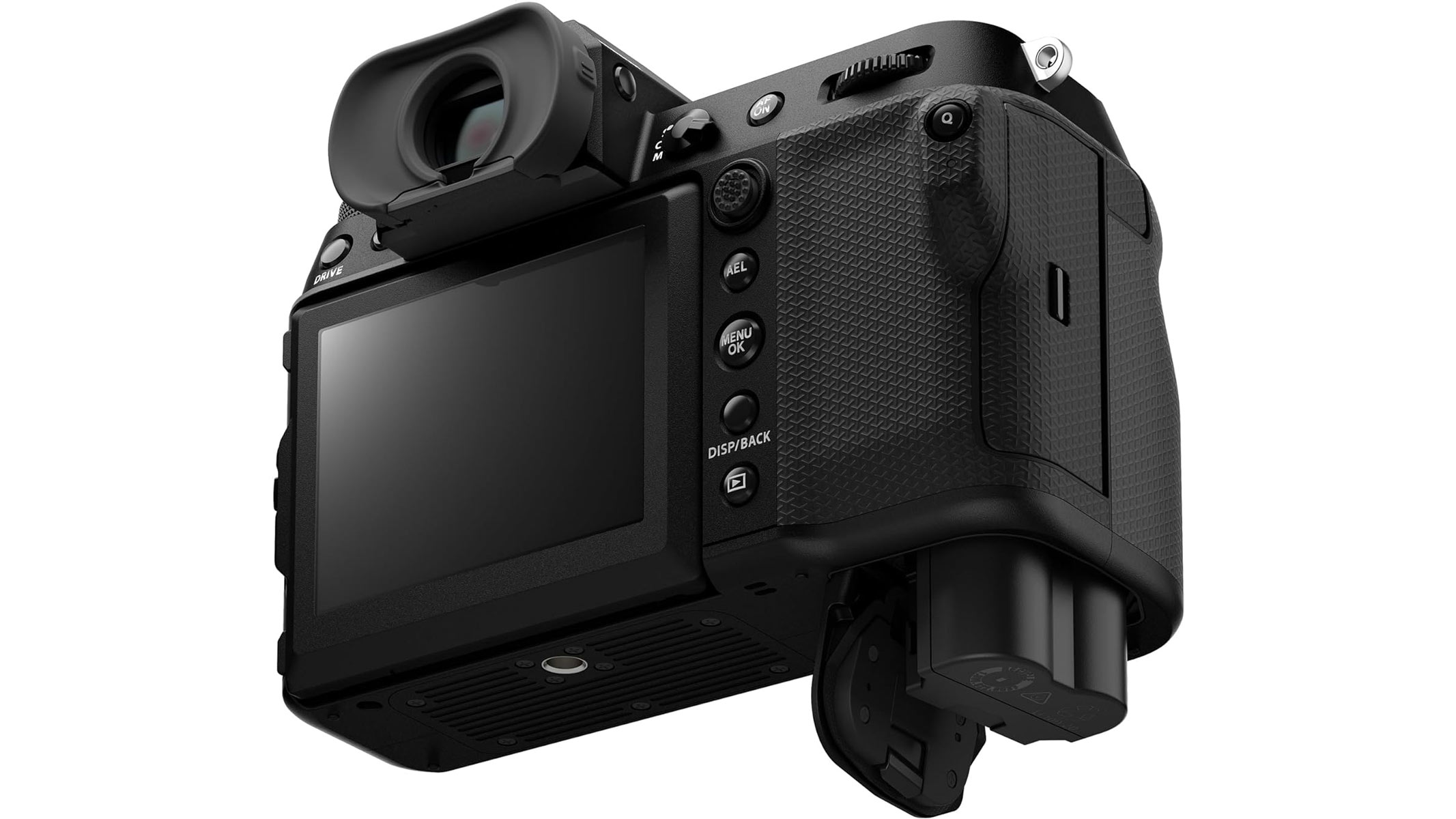
Fujifilm GFX100S II
Our expert review:
Specifications
Reasons to buy
Reasons to avoid
✅ You want superior image detail. With 102 MP of resolution to play with, you can capture an incredible level of detail with better quality for larger prints or severe image cropping.
✅ You shoot high-level studio or landscape photography. The medium-format sensor allows you to capture a better dynamic range and tonal gradation, as well as provides the potential for strong background blur and a signature "3D pop" associated with medium-format sensors.
❌ You need fast action performance. Due to the larger-than-full-frame system, larger lenses and huge raw file sizes, the GFX100S II just can't compete when it comes to rapid-fire photography.
❌ You travel light. While still relatively compact for a medium-format camera, the body still weighs 1.95 pounds even before it's paired with one of the heavier G-mount lenses.
🔎 Fujifilm GFX100S II: The GFX100S II is a huge 102-MP powerhouse aimed at professionals who need tons of detail, and it's designed in a surprisingly compact body for its class. ★★★★½
Fujifilm skips producing full-frame cameras and goes straight for the jugular with its beastly lineup of "larger-than-full-frame" medium-format cameras. The GFX100S II packs a 102-MP medium-format sensor and eight stops of in-body image stabilization into a 1.95-pound body, making it Fujifilm's lightest medium-format camera.
We haven't tested this model, but we think it would be an amazing camera for shooting landscapes and astrophotography. The medium-format sensor should allow for better dynamic range and low noise for star photography. The massive resolution would also benefit astrophotographers who do large-scale prints and like to crop in on their images.
Compared with full-frame rivals like the Sony A7R V and the Canon EOS R5, the GFX100S II outresolves and produces more tonal depth, but it lacks speed and strong video capability.
The GFX100S II is a beast for producing super-high-resolution stills, especially in a landscape or studio setting, but it lacks the performance needed for huge burst photography or high-end video production.
Attributes | Notes |
|---|---|
Design | Huge medium-format sensor in a compact body |
Performance | Super-high resolution with strong dynamic range |
Functionality | Great for cropping and large-scale prints |
Best for video
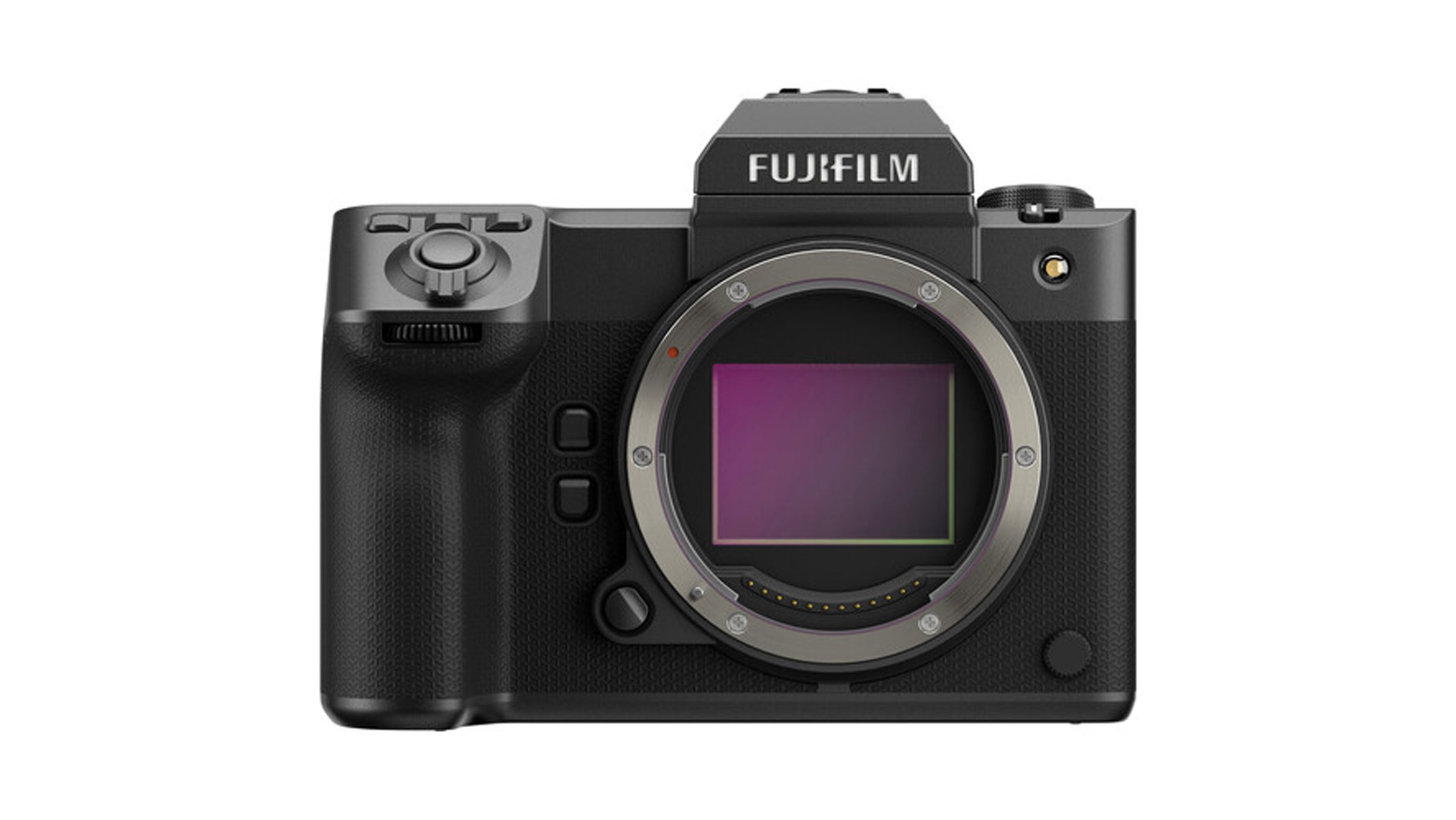
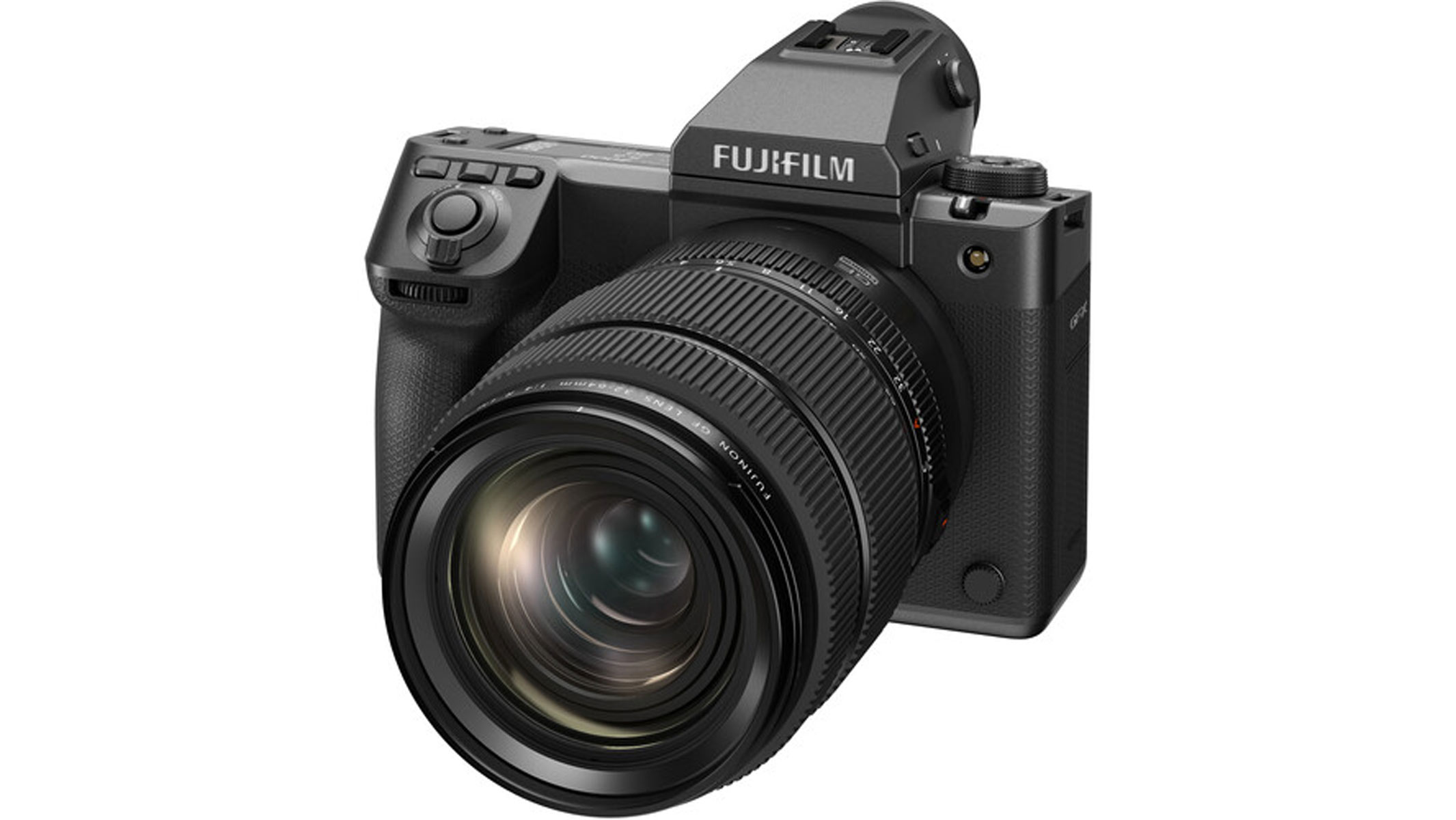
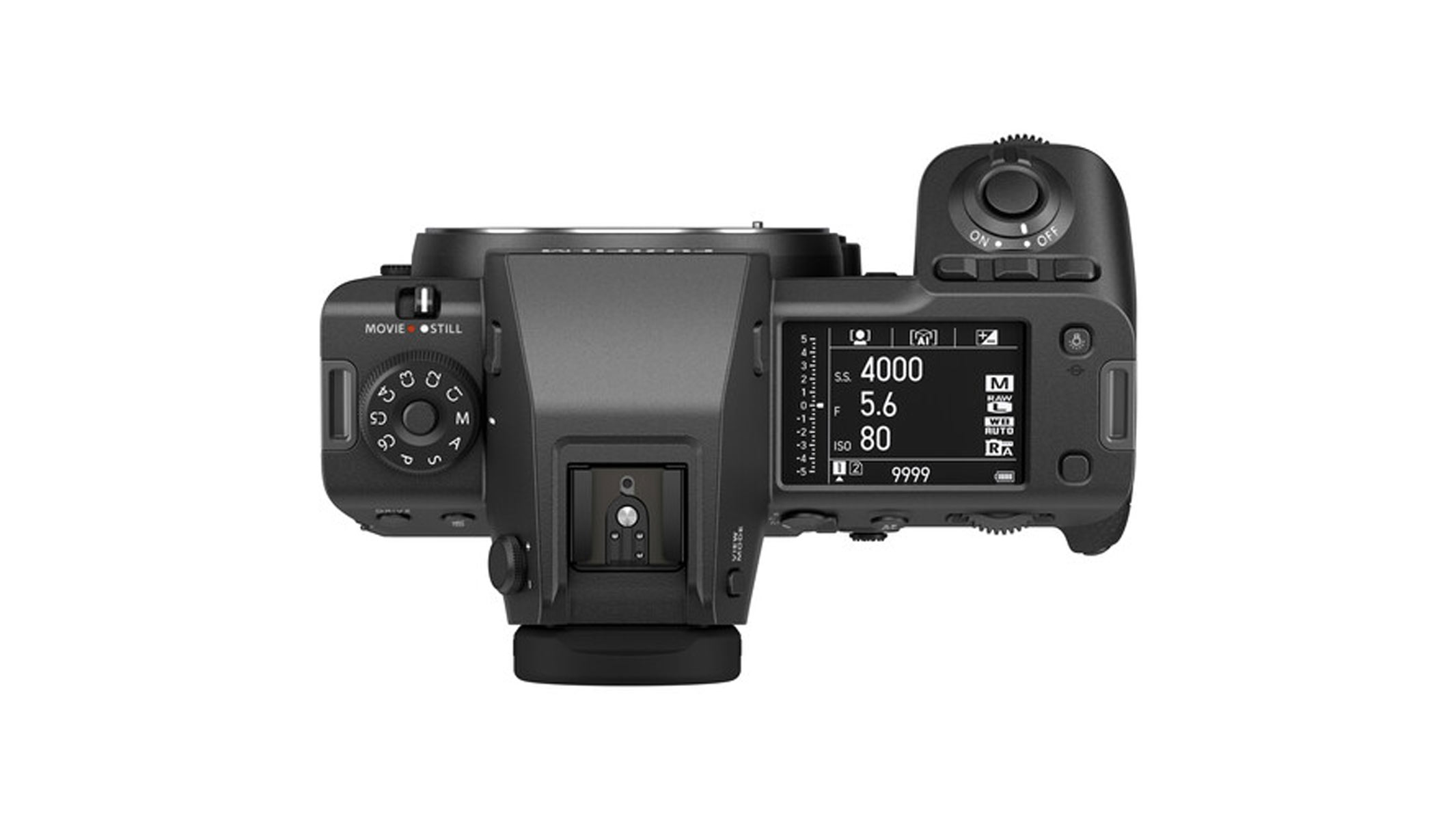
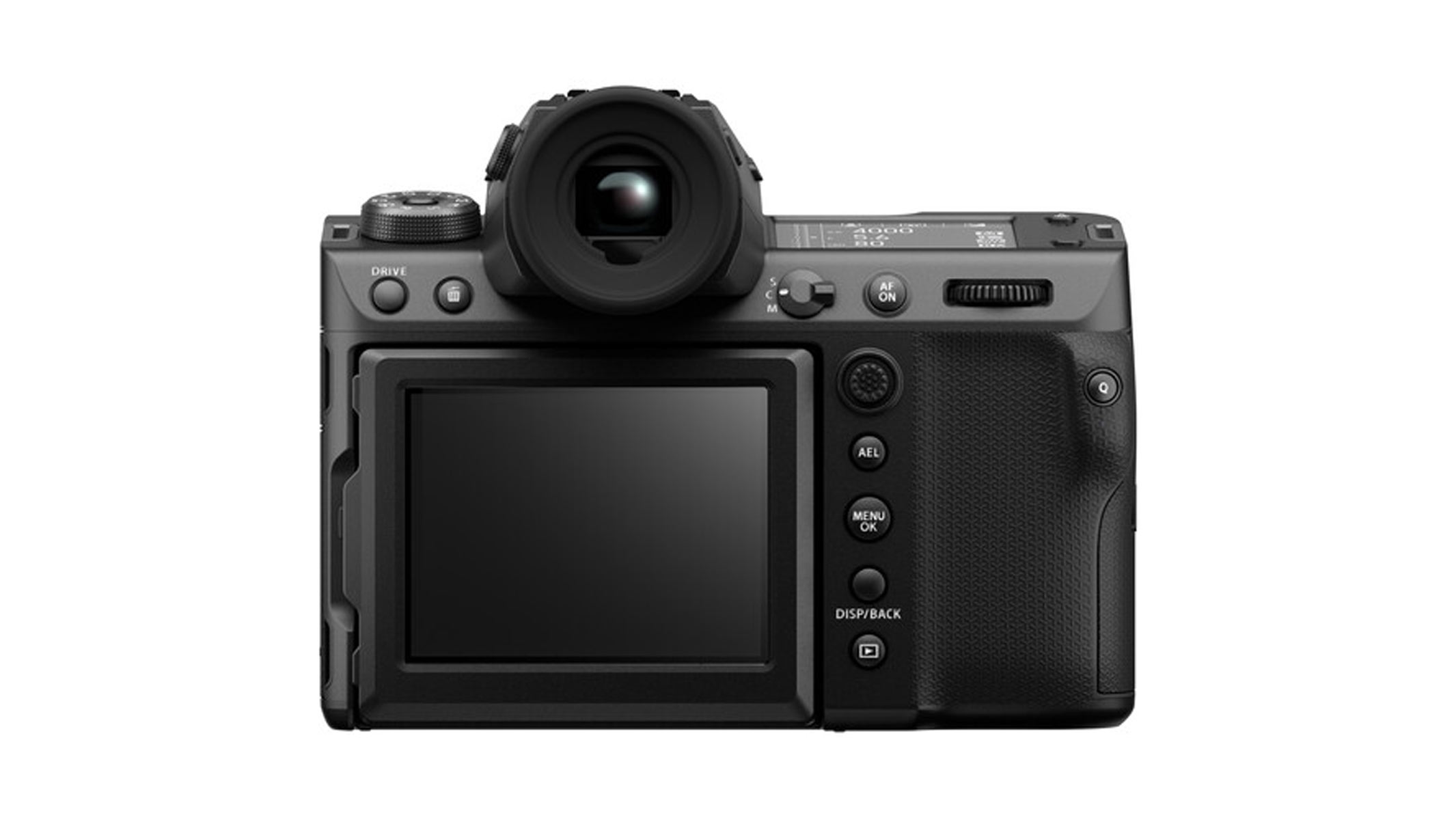
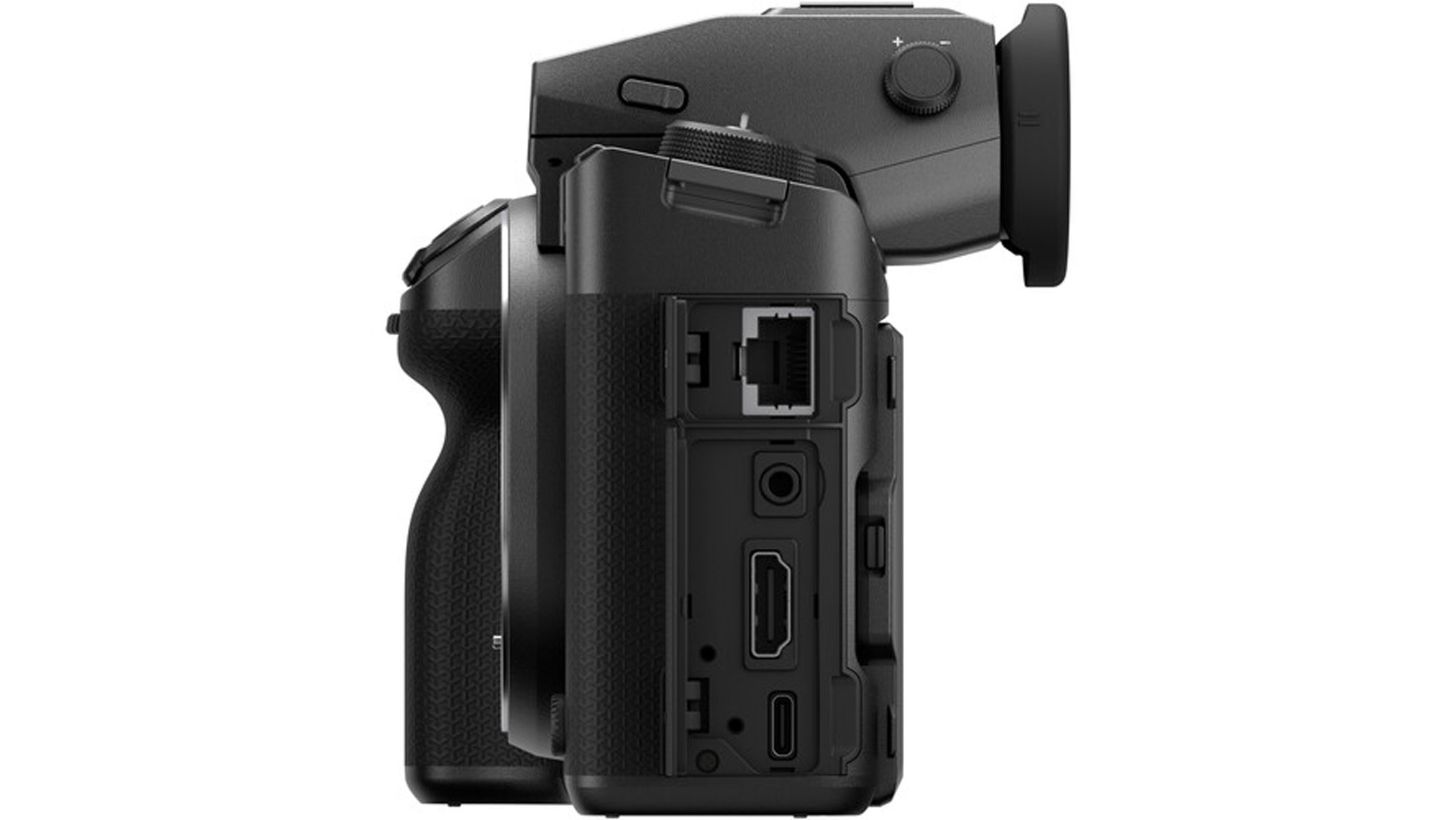
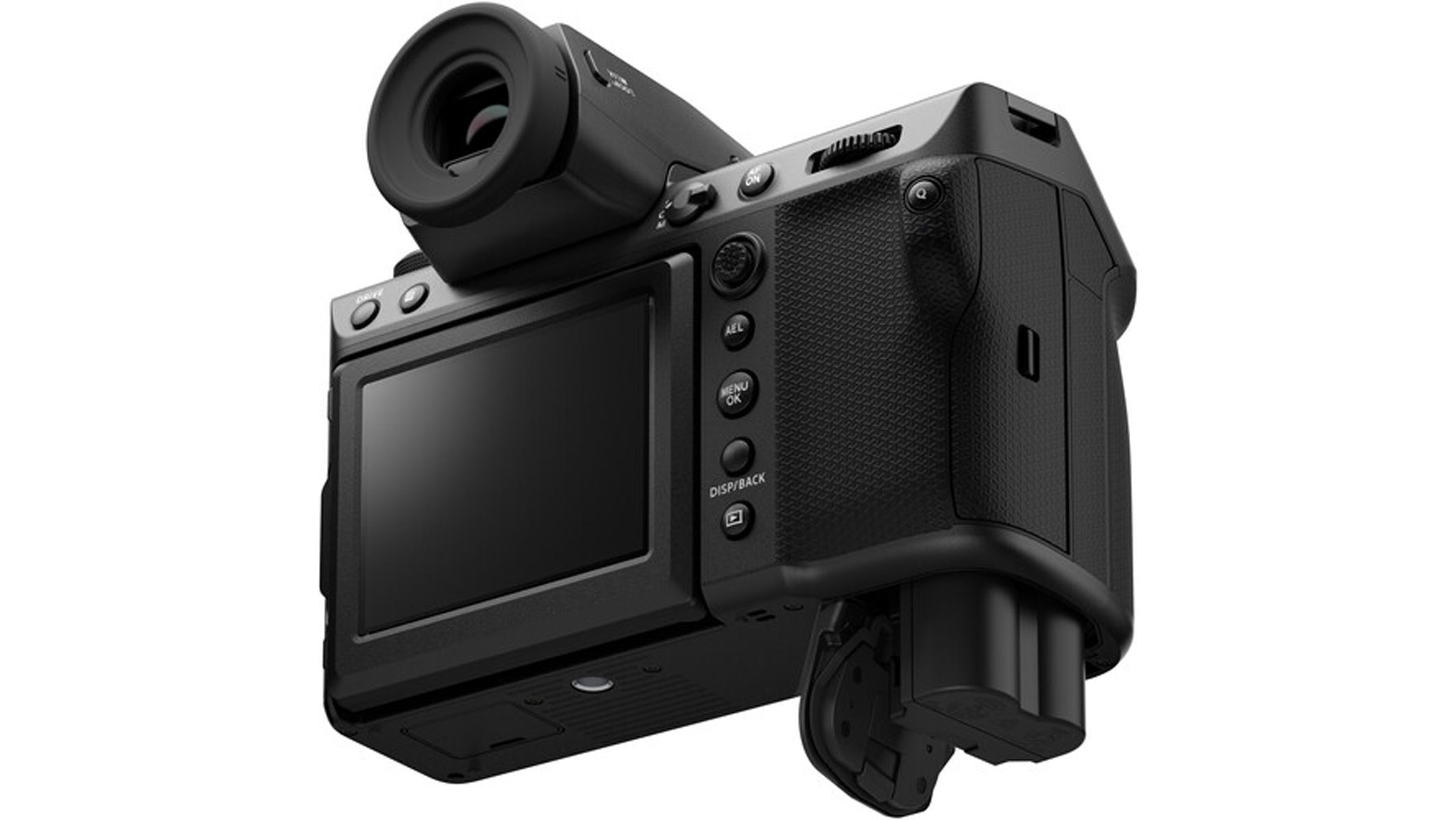
Specifications
Reasons to buy
Reasons to avoid
✅ You make money from shooting video. The GFX100 II can shoot in 8K at 30p and 4K at 60p using 10-bit 4:2:2 color, 12-bit raw capture and F-Log2.
✅ You want maximum image depth in photo and video. The huge 102-MP sensor lets you capture huge dynamic range and tonal quality in raw files.
❌ You're on a budget. This camera is not cheap, coming it at around $7,499 / £5555.
❌ You only shoot stills. If you only shoot stills, the GFX100S II will suit you better, as it lacks the advanced video capability of the GFX100 II and is over $2,000 cheaper.
🔎 Fujifilm GFX100 II: Fujifilm's flagship medium-format model can handle serious videography needs as well as stunning 102-MP stills, but this serious hybrid powerhouse has a price tag to match. ★★★★½
The GFX 100 II is Fujifilm's flagship medium-format camera. Built for serious videographers, filmmakers and high-end studio professionals, it comes priced at $7,499 / £5555. The huge cost of this camera means that it would be most beneficial to those who make money from shooting video. If you only shoot stills, then go for the GFX 100S II and save over $2,000.
That said, the GFX 100 II is brimming with pro-level technology that really does put it leagues above the rest in terms of resolution and video capability. The huge 102-MP sensor offers incredible detail on images. It allows for large crops, making it perfect for large-scale printing. On top of amazing photography performance, the GFX100 II excels in the video space, with recording capability of 8K at 30p and 4K at 60p, as well as a range of advanced codecs, including Apple ProRes raw.
Although we haven't tested this model, we think the medium-format sensor would produce astounding astrophotography images. With the larger sensor, there should be less noise and more dynamic range, which are perfect for shooting in low light. The 102-MP resolution would also benefit astrophotographers who work with large prints or extreme crops.
The Fujifilm GFX100 II is a truly hybrid camera that can produce top-notch stills and footage, but you should consider it only if you are serious about making studio-level video.
Attributes | Notes |
|---|---|
Design | Bulky body housing; medium-format sensor |
Performance | Phenomenal hybrid shooting |
Functionality | CFexpress card slot and HDMI A terminal |

Harry joined Space.com in December 2024 as an e-commerce staff writer covering cameras, optics, and skywatching content. A keen photographer, Harry has strong experience with astrophotography and has captured celestial objects with a range of cameras. As a lifelong skywatcher, Harry remembers watching the Perseid meteor shower every summer in his hometown and being amazed by the wonders of the night sky.
Best Fujifilm camera FAQs
What is the best Fujifilm camera?
While different Fujifilm cameras excel in different areas, we think the best one is the Fujifilm X-T50 because of its amazing performance in our astrophotography testing. We captured Jupiter, Mars, the Orion Nebula and other astrophotography targets during our shoots.
The X-T50 has a huge 40-MP APS-C sensor and produces incredibly detailed photos of a wide range of subjects. It also has video recording of 6.2K at 30p and a 20-fps burst rate, making it a solid all-rounder.
What's the best Fujifilm camera for beginners?
For beginners, we have recommended the Fujifilm X-T30 II because of its low price and great everyday shooting ability. It is a good introduction to the Fujifilm mirrorless camera range, exhibiting strong autofocus and great color detail.
We would also recommend the Fujifilm X-M5, which is similarly priced but lacks a viewfinder and manual exposure control dials. The X-M5 is a much more compact and simplified camera, but it performed well for everyday shooting and astrophotography.
What is the difference between X series and GFX series cameras?
Fujifilm X series cameras — like the X-T50, the X-T5 and the X-H2 — are made to be portable, affordable and capable of a wide range of photography. They use an APS-C crop sensor and the X-mount lens ecosystem, which includes a wide range of lenses.
Fujifilm GFX series cameras — like the GFX100 II and the GFX100S II — are aimed at professional photographers who need super-high-resolution images and high-end video production. The GFX system uses a medium-format sensor and is compatible with the GFX lens ecosystem, which is still quite limited compared with the X-mount range.
What is medium format?
Medium format refers to a sensor size that is larger than full-frame sensors. Fujifilm's GFX sensors measure 43.8 x 32.9 mm and are considerably more expensive than most full-frame cameras.
The benefits of medium-format sensors include the capacity for stronger dynamic range, lower noise at higher ISOs and smoother tonal gradations. These cameras are often used in professional studios due to their capacity for high-resolution images, background blurring and a "3D pop" that is synonymous with medium format.
The Fujifilm GFX100 II has a huge 102-MP sensor that would be ideal for photographers who need severe cropping or large-scale printing without sacrificing detail.
Update log
This section will be used to show when this guide has been updated and what information has been added to it or changed.
How we test the best Fujifilm cameras

Here at Space.com, we review and test the cameras in our guides and reviews carefully with a focus on astrophotography while also considering other styles.
We haven't tested all of the cameras in this guide, but we have linked to the full reviews of the ones we have. When testing Fujifilm cameras, we use them for everyday shooting and astrophotography. For our astrophotography shoots, we go to locations with dark skies so that we have a good chance of capturing night-sky objects. With some Fujifilm cameras, we have managed to capture Jupiter, Mars, the Orion Nebula, the Andromeda galaxy and many more celestial sights.
Our reviewers are photographers and skywatchers who have years of both stargazing and photography experience. When reviewing camera gear, we compare our results with the manufacturer's claims to see how the equipment lives up to them and whether we would recommend the products.
Breaking space news, the latest updates on rocket launches, skywatching events and more!

Harry joined Space.com in December 2024 as an e-commerce staff writer covering cameras, optics, and skywatching content. Based in the UK, Harry graduated in 2019 with a Bachelor's degree in American Literature with Creative Writing from the University of East Anglia. A keen photographer, Harry has strong experience with astrophotography and has captured celestial objects with a range of cameras. As a lifelong skywatcher, Harry remembers watching the Perseid meteor shower every summer in his hometown and being amazed by the wonders of the night sky.
